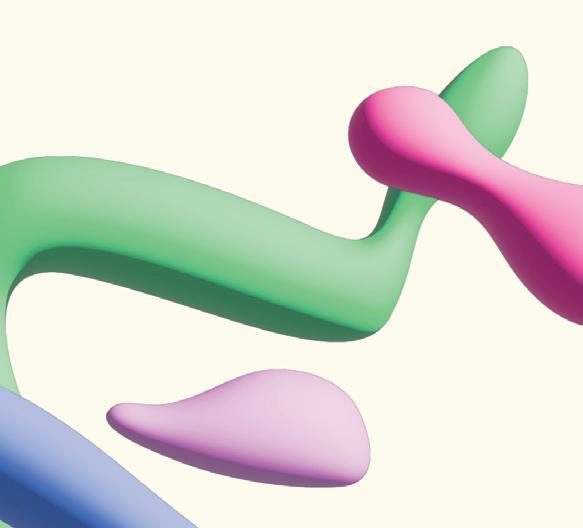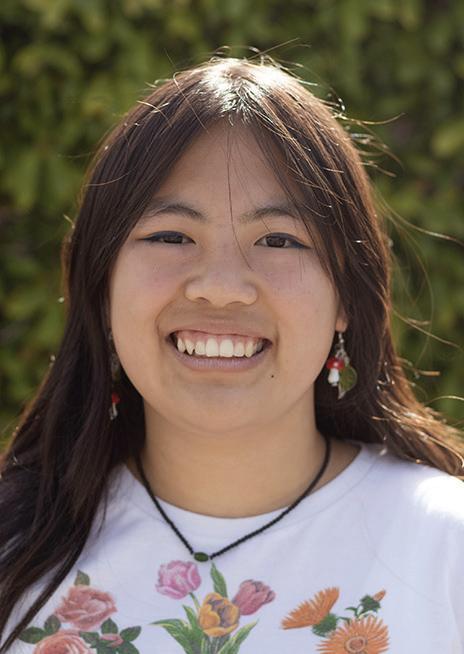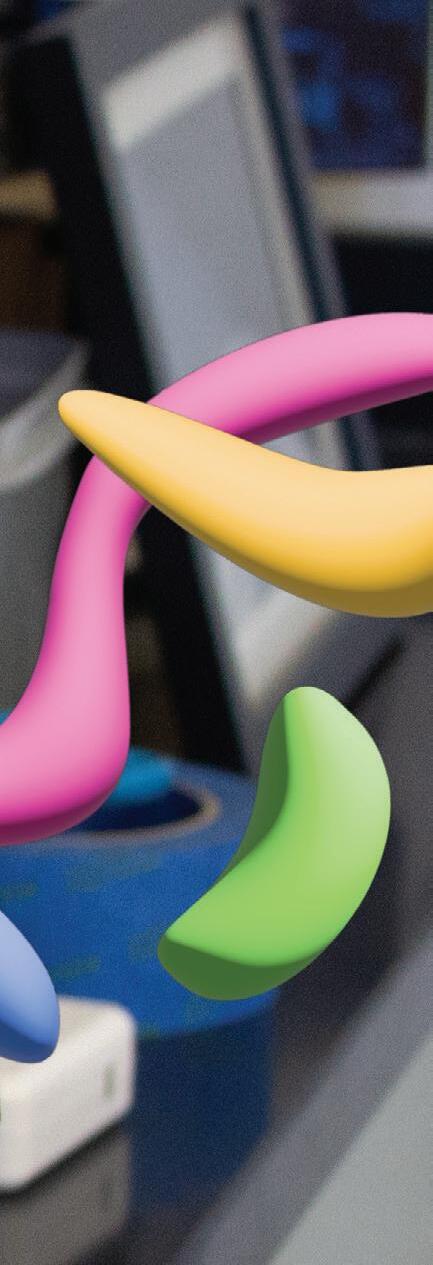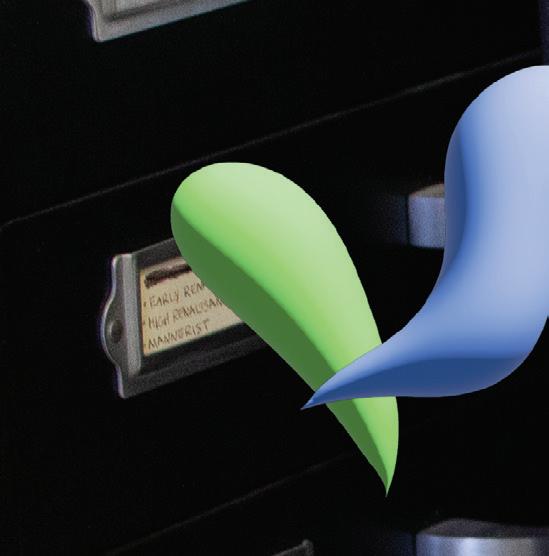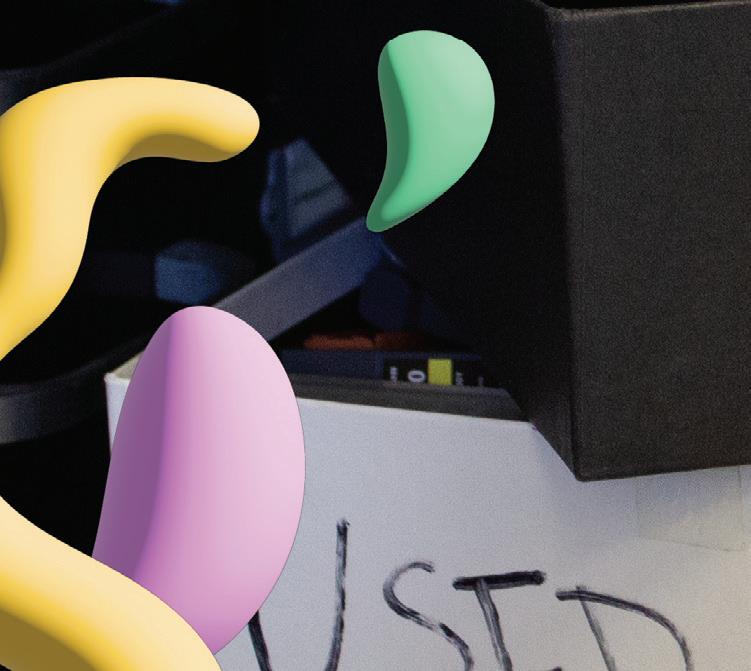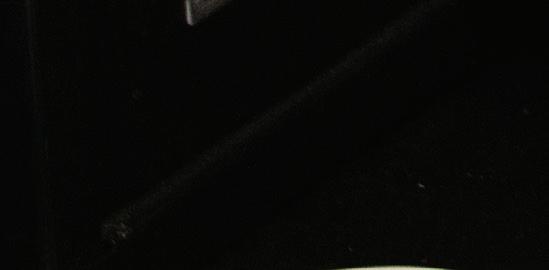






This book is dedicated to Suha Suha Art Studio, my second home.


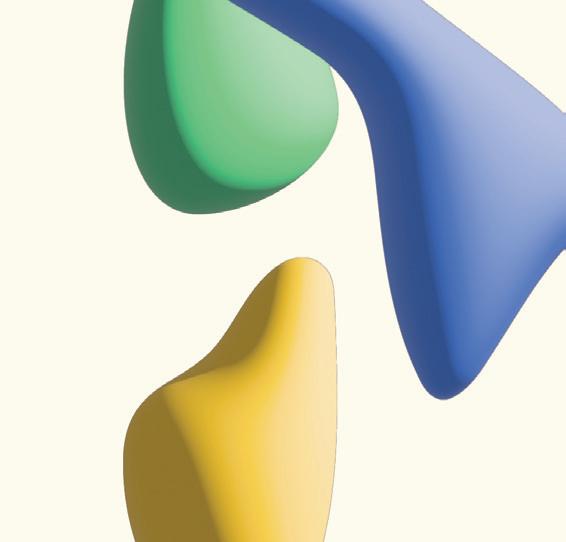




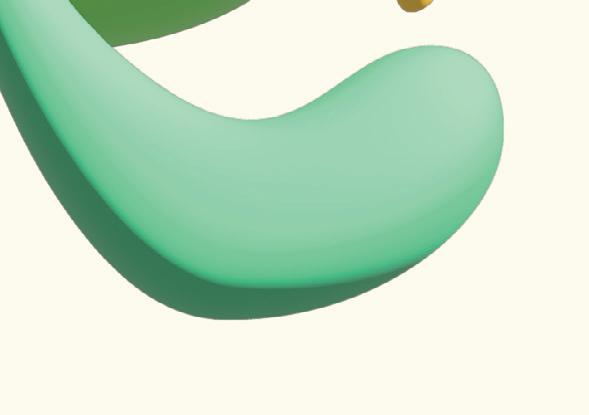
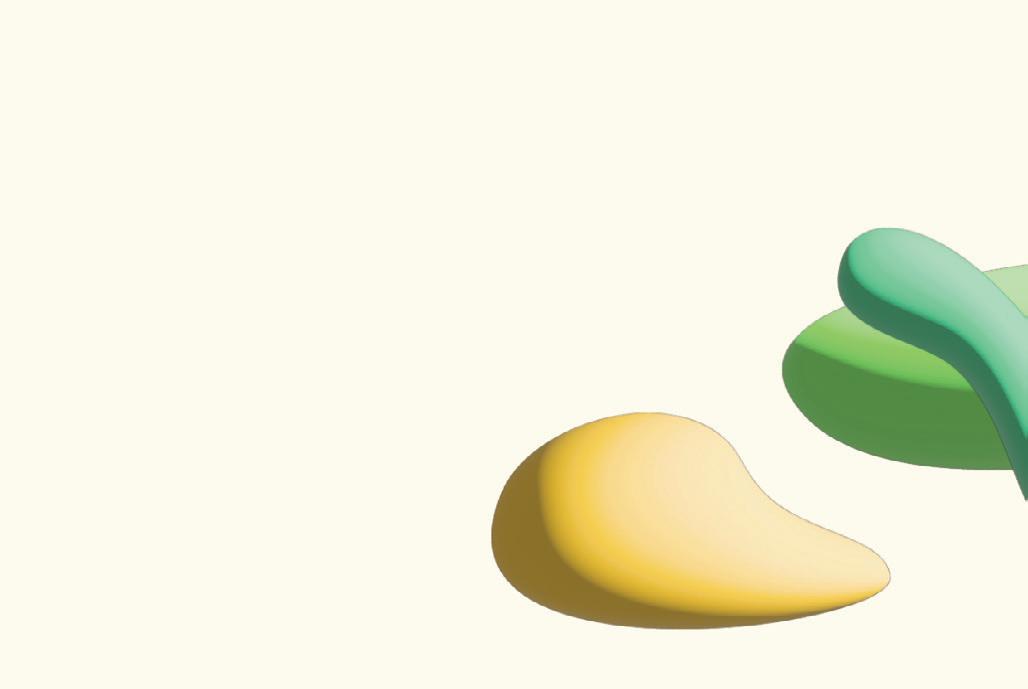
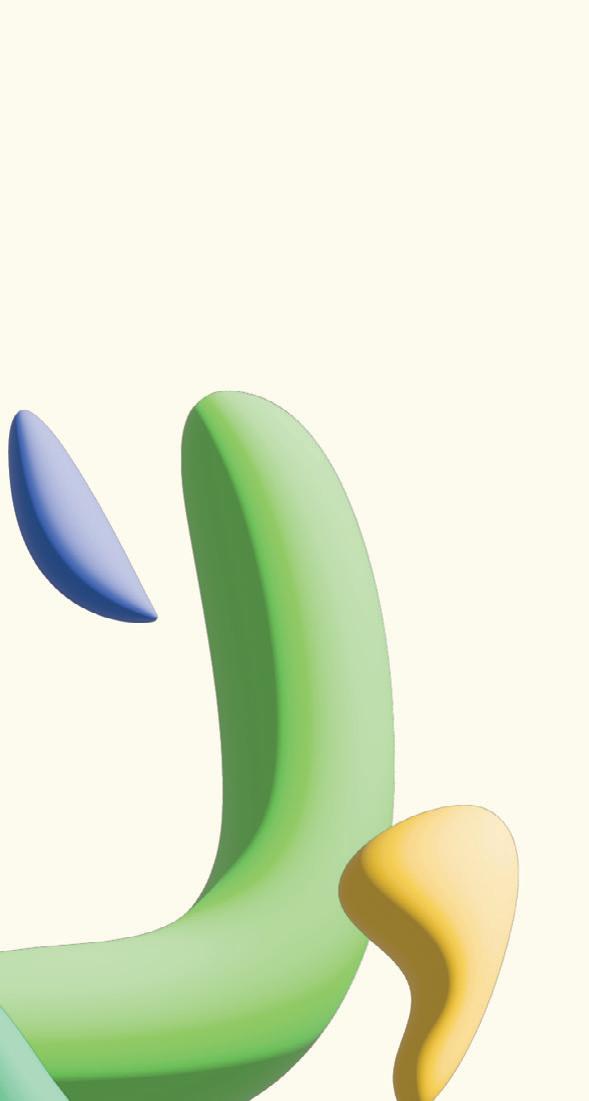





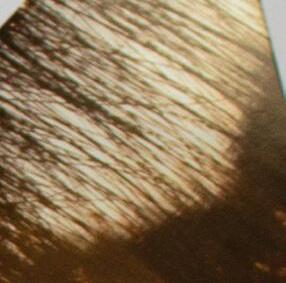

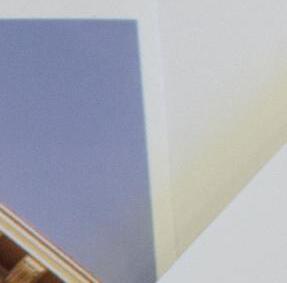




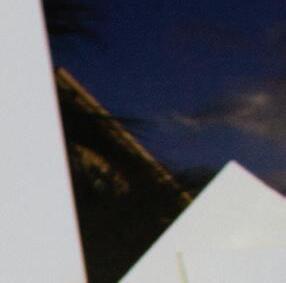

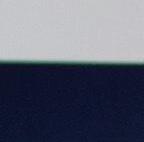
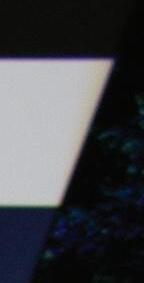


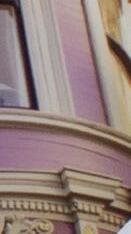
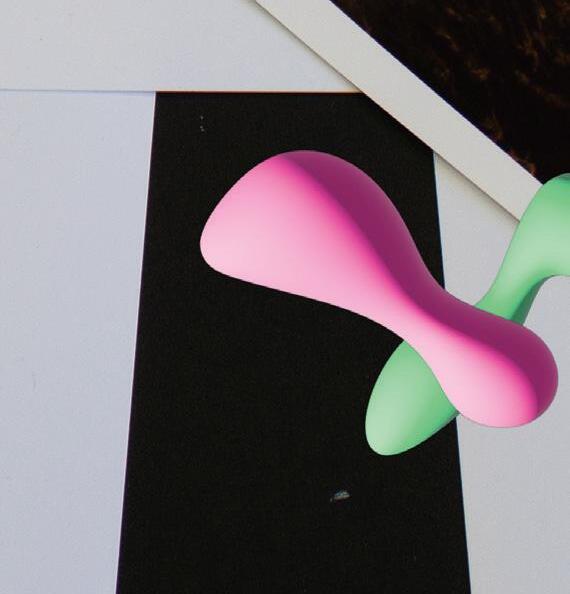
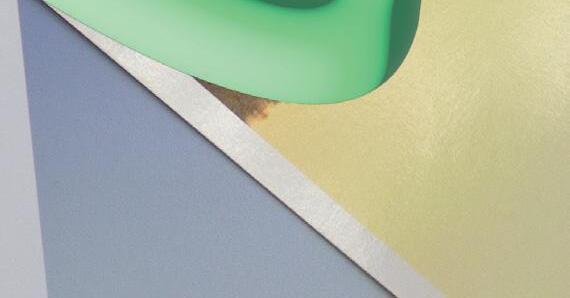

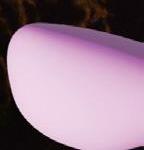
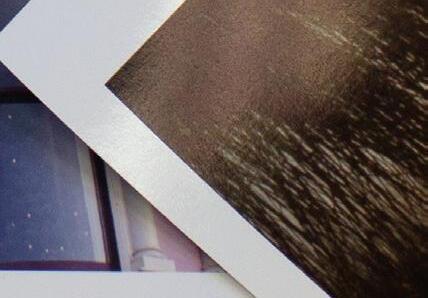


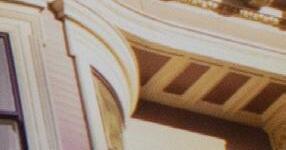


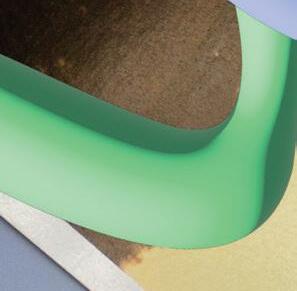



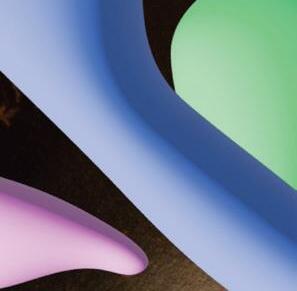






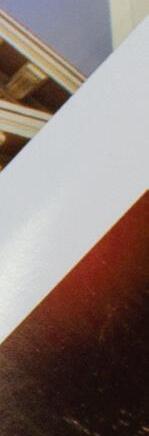
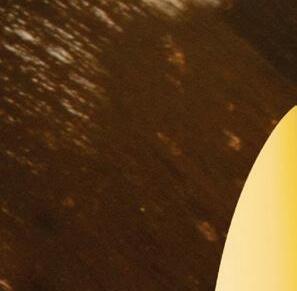











































I’d like to thank my fantastic interviewees, Haelee Choi, Lori Nock, Blaise Wang, and Samuel Kim (and Mr. Bang for all the questions I bothered him with). Thank you for some wonderful conversations and for giving me a glimpse into your lives. I’d also like to thank Mr. Greco, for helping me work through this documentary when it was just scraps of an idea. And, of course, Ms. Parkinson and my design classmates, for such an eccentric class environment. Last but not least, my SLAM Design team, for introducing me to Adobe InDesign and giving me a head start on this book.




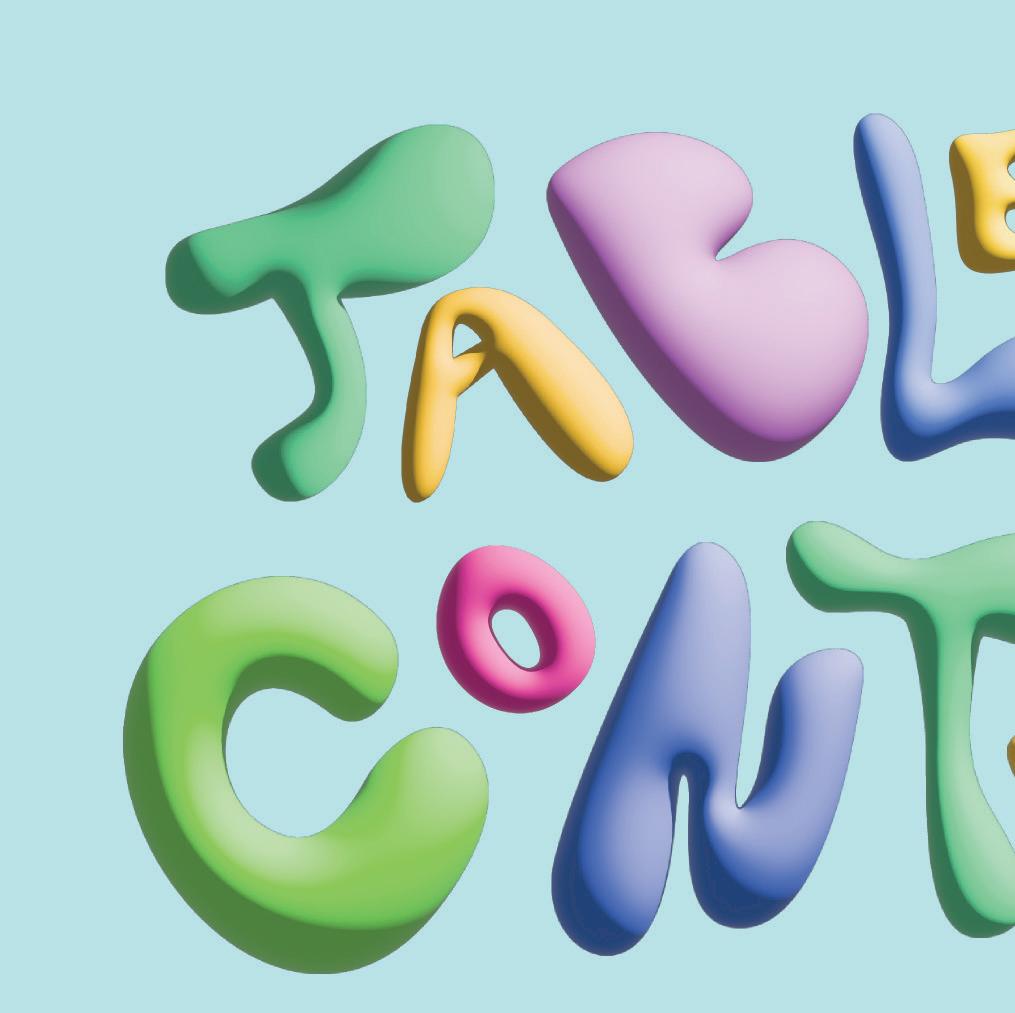






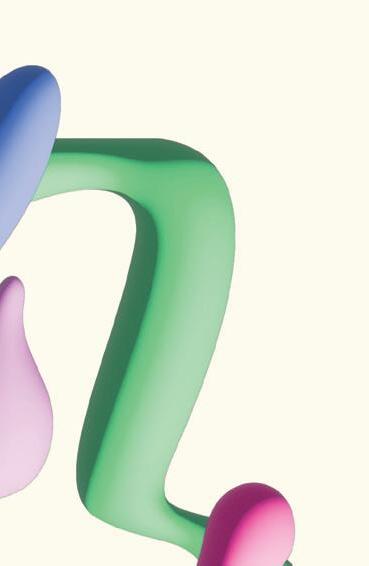











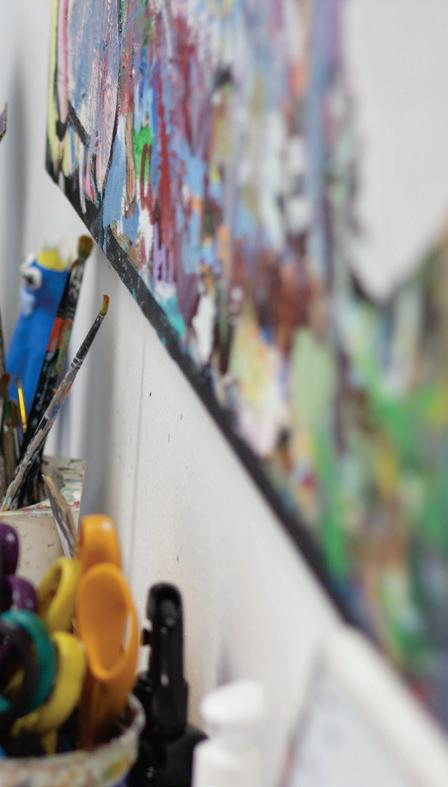





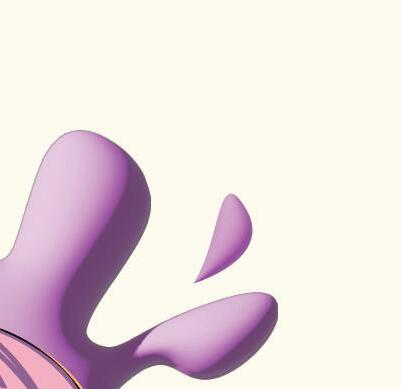






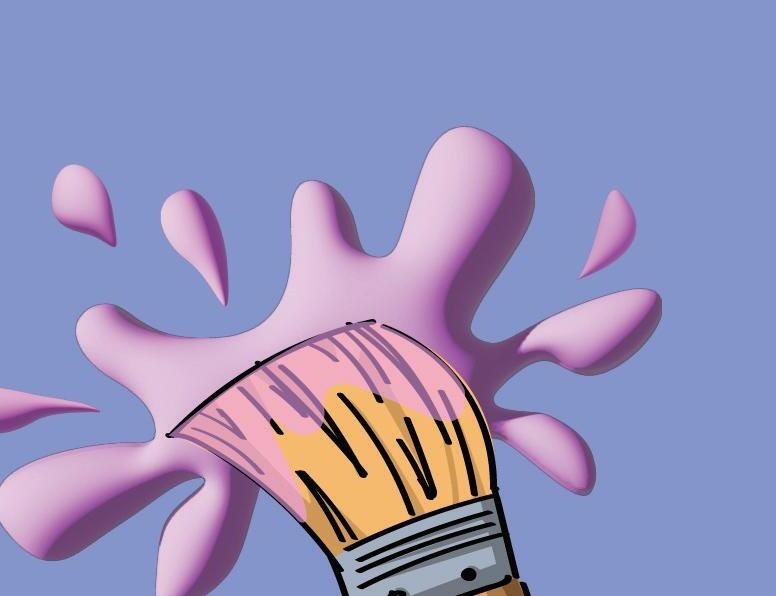













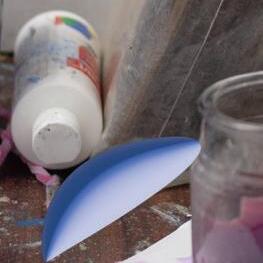
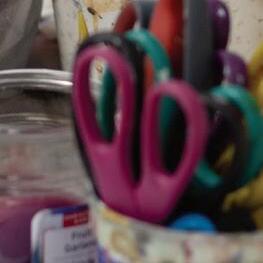
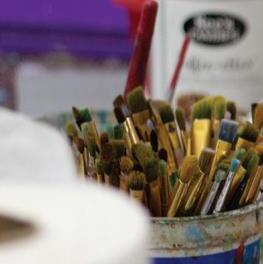
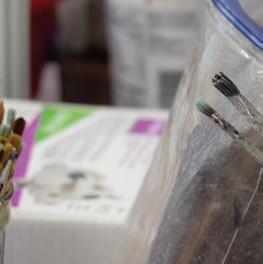
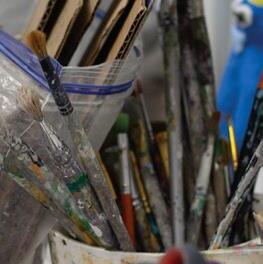
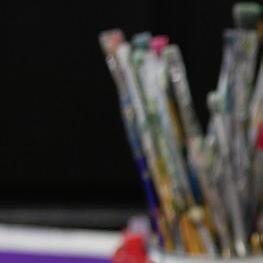
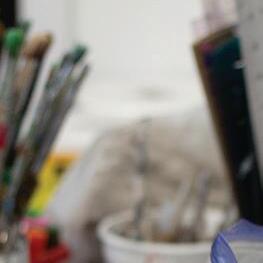


















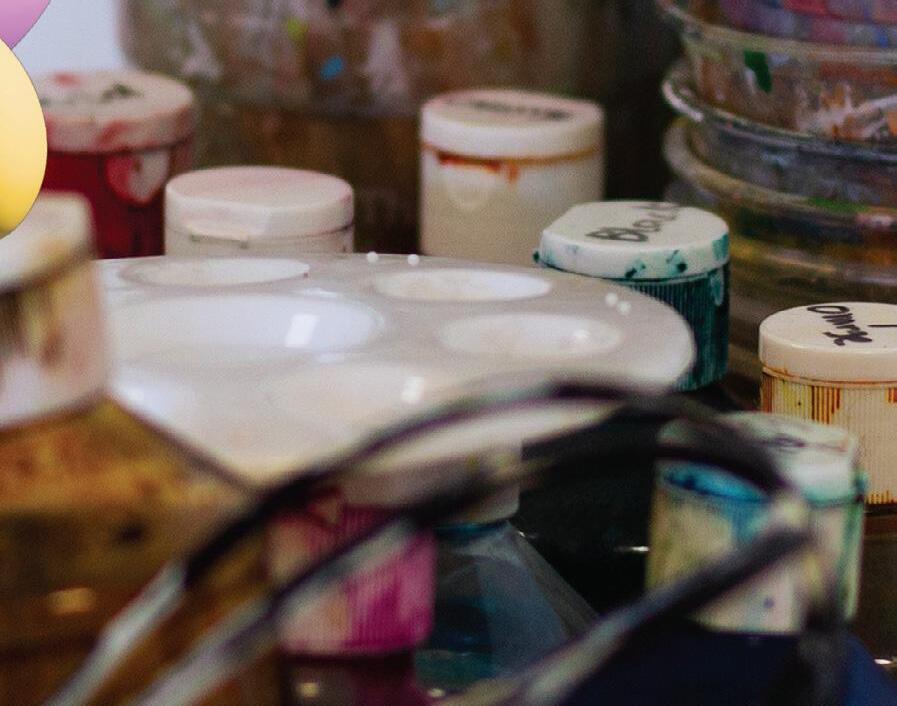




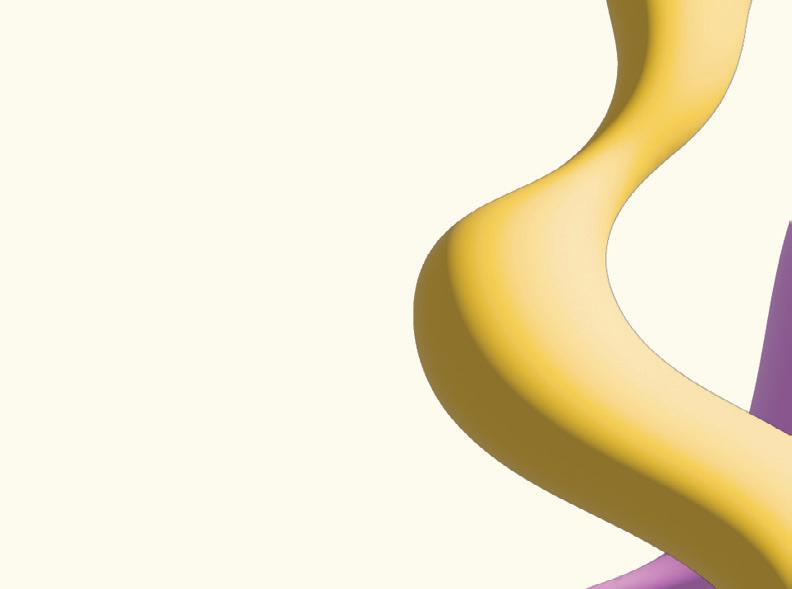


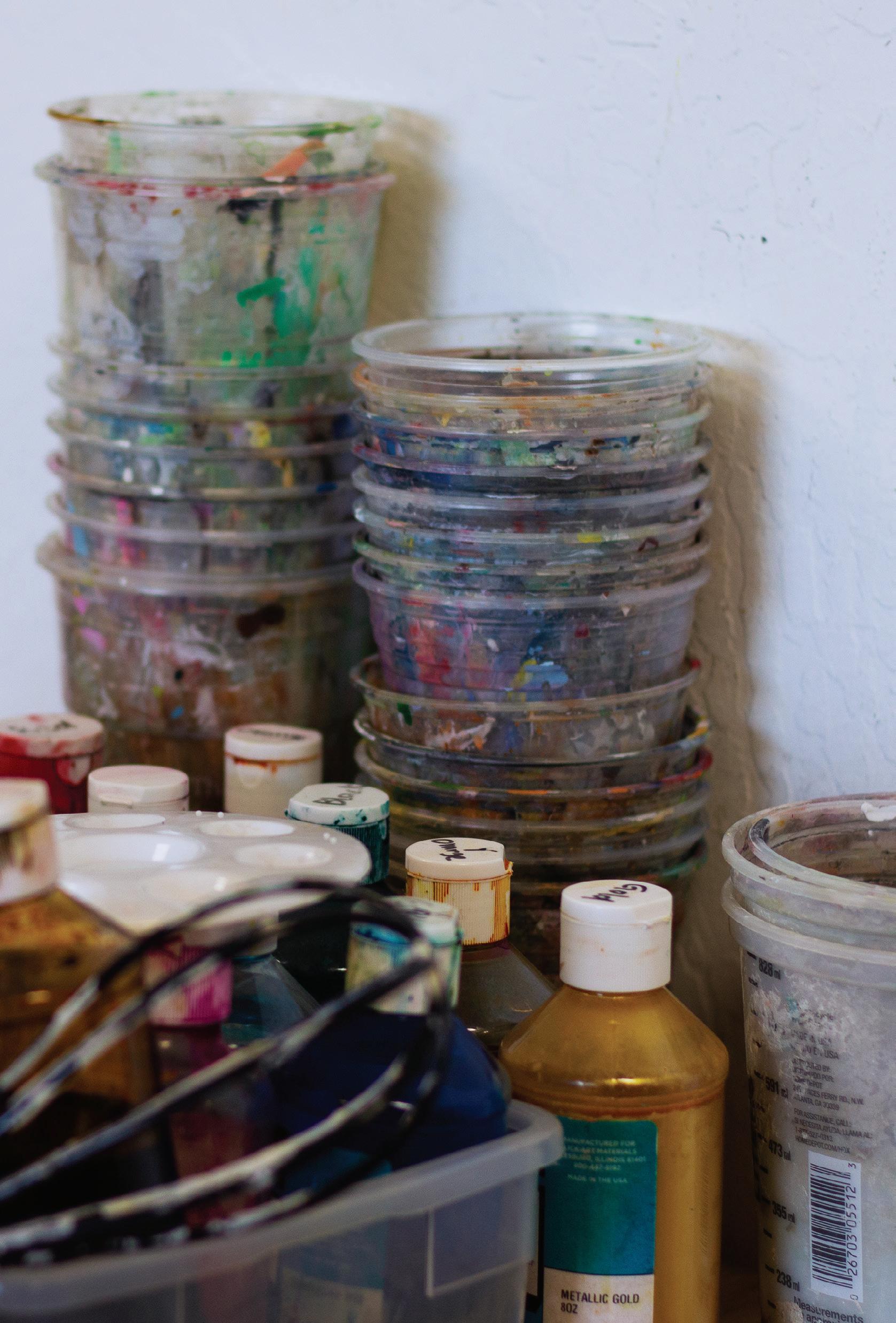



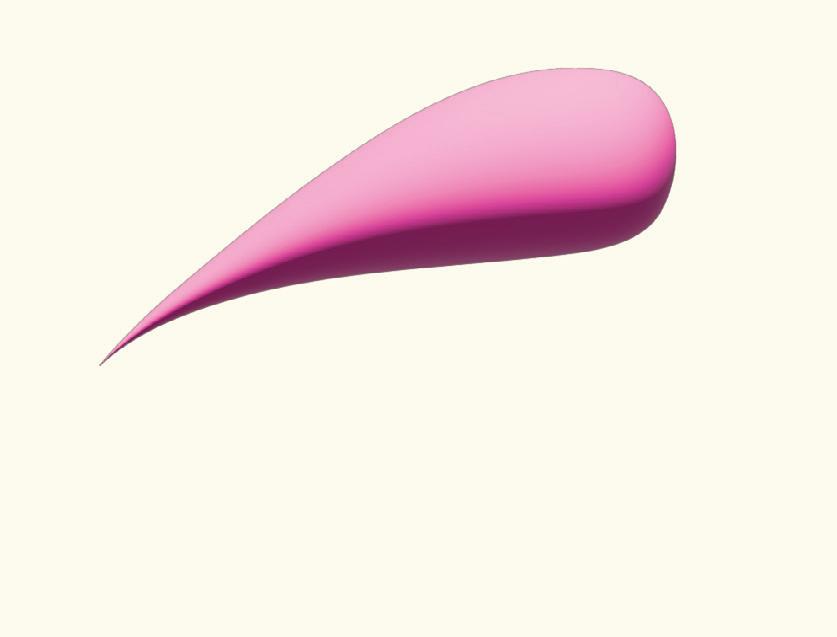
One of the first things I was warned about when starting this project was that it would be stressful, but worth it. I most definitely agree with this statement. There were a lot of late nights of rewording and revising. As an art student currently going through the process of building a portfolio and researching art colleges, I hold this topic close to my heart. Many of the fears listed in the book are fears that have plagued my own mind, but talking with graduates from art schools has brought some confidence and clarity. I found myself leaning in when listening to my interviewees’ stories, imagining my own future at an art college. I hope this book has done the same for any readers who are also unsure of what they want to do in the future. do









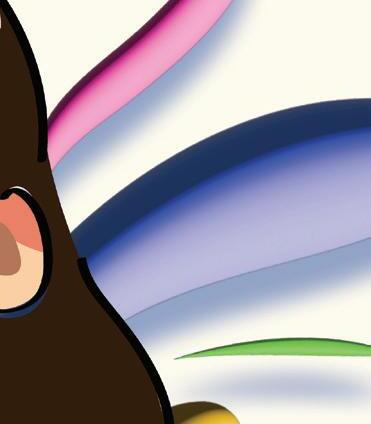
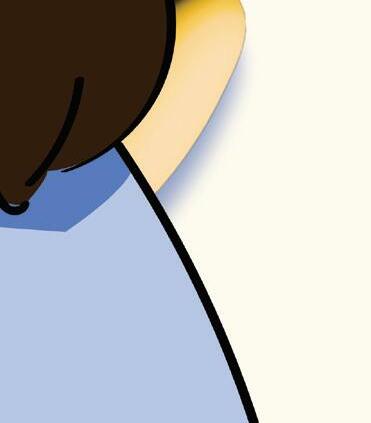


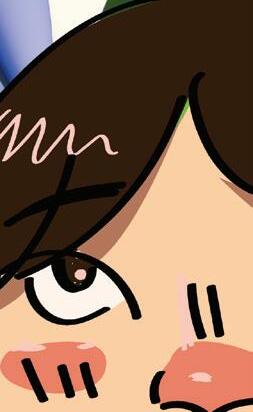
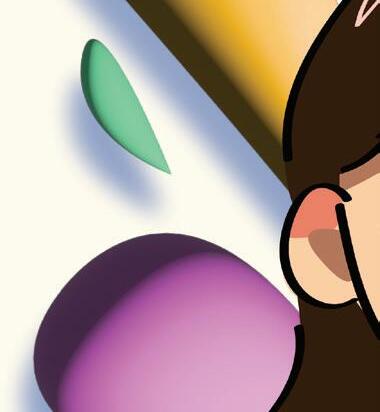

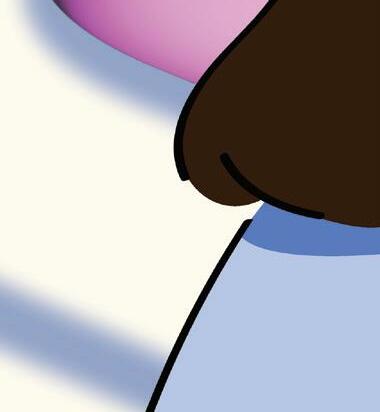

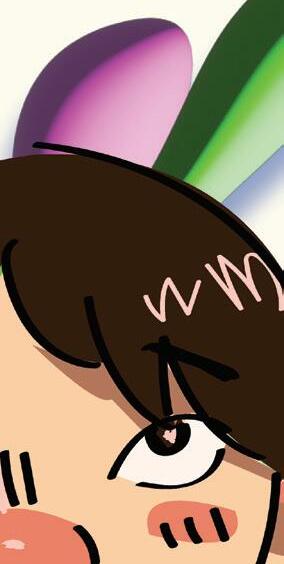

























































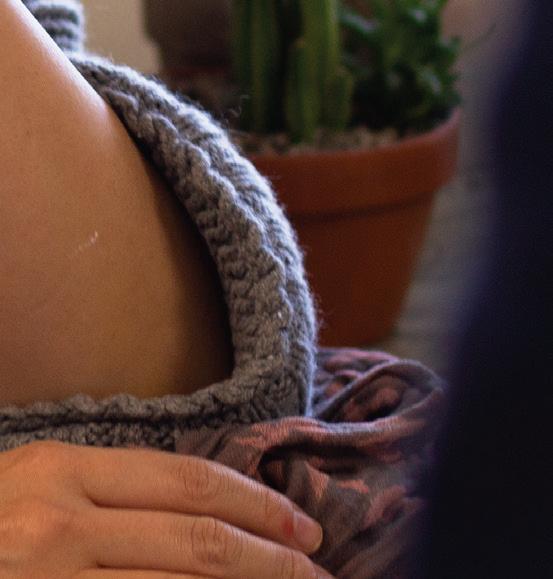
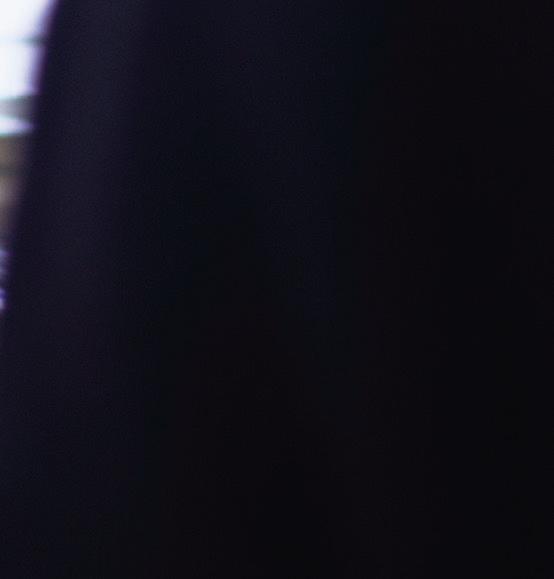
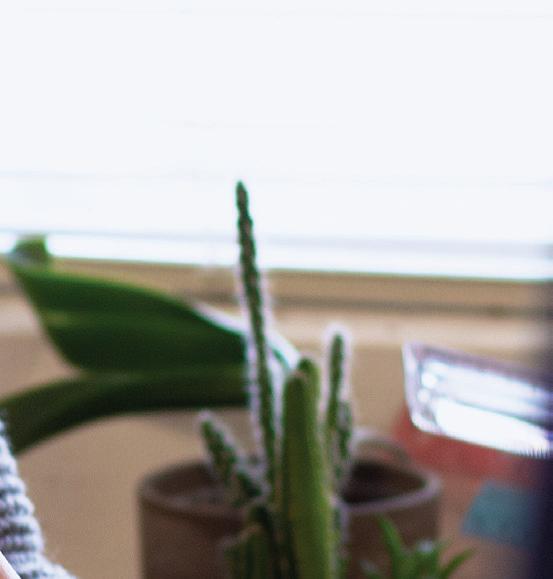
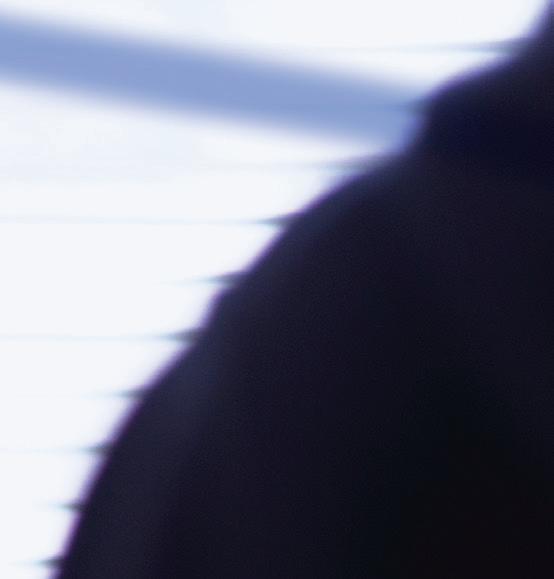





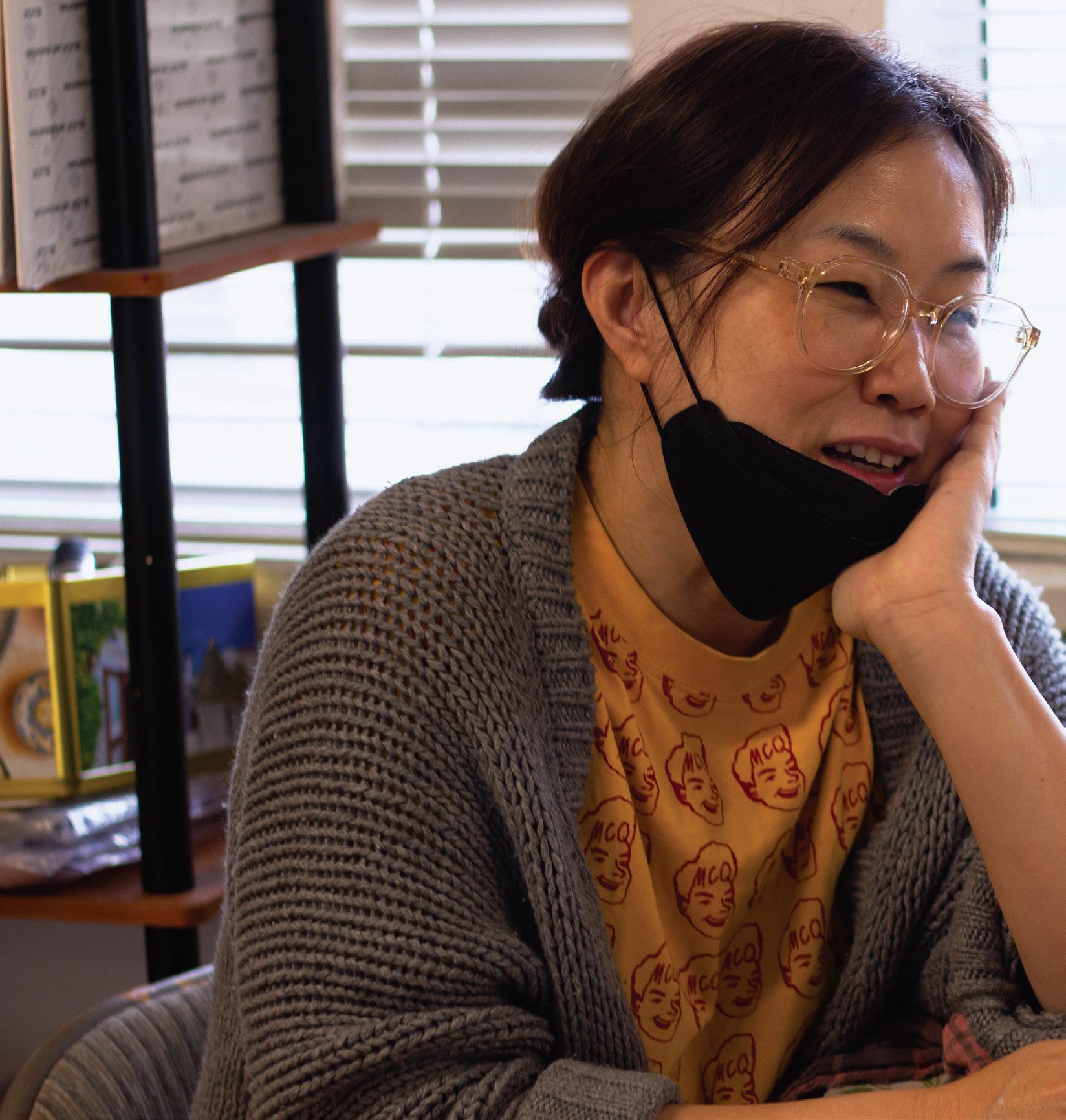


When you first meet Haelee Choi, the first thing you’ll notice about her is her style: sleeves bunched at her elbows, elegant knitted cardigans with holes from years of wear-and-tear, and leather shoes splattered with spray paint splotches. The second thing you’ll notice, the most apparent when you first try to talk to her, is that she’s always moving. She floats around crowded tables filled with children, passing around art supplies, like a head chef commanding her kitchen during happy hour. The noise hardly bothers her. She has one mission: to get her students to college, and you can see her determination in the way she directs group art projects and teaches her students.
skeptical views of art colleges contend that art should be liberating, and art colleges limit creativity through conformity and pressure. On the other hand, more technique-focused artists argue that a formal program can provide a good foundation and structure for artists to build off of.
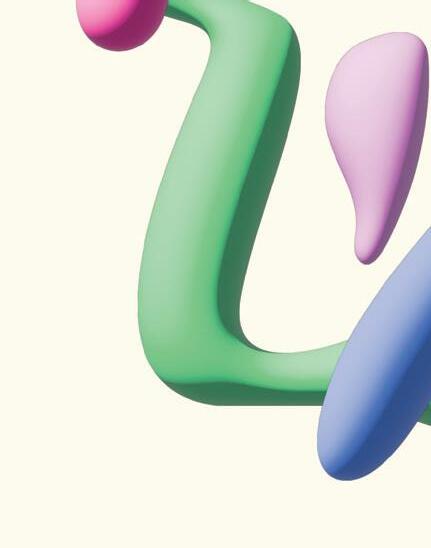 Amalia
Amalia
a given prompt: “Show us an original art piece that

















































Right beside her, sitting at one of the many studio tables, is Jordan, one of Haelee’s art students. Hunched over, eyebrows pinched, he focuses on the third installment of his college application portfolio. His art stems from a given prompt: “Show us an original art piece that reflects you in some way.” As his charcoal scratches the paper, he pauses, a thought crawling through his mind. This thought has intrigued him many times before, a constant nagging in the back of his head. He wonders if he is making the right choice: art college.
The former party, art school skeptics, often observe that their art improves through alternative forms of learning. For example, Amalia Ulman, a graduate from Central Saint Martins, illustrates that her “time outside of school was frankly the most important for me as far as education goes. I had to unlearn a lot of things I learned in school”. She explains that while art school was good for learning how to improve on technical skills, she believes that you cannot teach what art is fundamentally. However, Ulman doesn’t go so far as to say that her time at art college was completely useless.
“time outside of school was frankly the most important her focuses
When it comes to the topic of college, most will readily agree that it is both a fundamental and crucial part of furthering your education and preparing you for a career. However, when diving into the specifics, such as art college, a conflict begins to arise. On one hand, people who hold
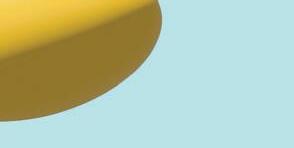


agree that it is both a fundamental and crucial part diving as arise.

The latter party, which focuses on the technical education art colleges provide, asserts that art school is necessary to further your artistic career and elevate your work. Paul Anthony Smith, graduate of Kansas City Art Institute, as well as Tina Weymouth, who has a BFA from RISD, both attest to this. According to Smith, “[art conservatories] create skills and you learn how to use tools — you learn how to make things from scratch, and you learn how to communicate to figure out what you want”. Weymouth asserts that art school prepares the student for adulthood, giving you new opportunities.
For some, art conservatories provide a foundation to refine technical skills and perfect their craft. However, many others find that it is detrimental to their passion and creativity, calling on the question: Is art college beneficial or detrimental to art students? The answer depends on your priorities, whether they’re creative freedom, networking and preparing for a career, or affordability.
previous page photo: Haelee Choi talking with her student“For some, art college is a foundation to refine technical skills and perfect their craft. However many others find that it is detrimental to their passion and creativity, calling on the question: Is art college beneficial or detrimental to art students?”











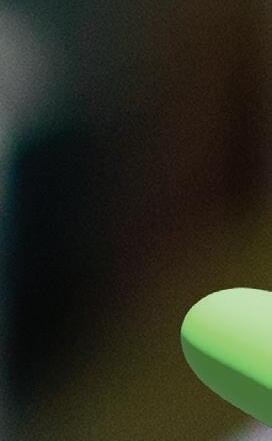
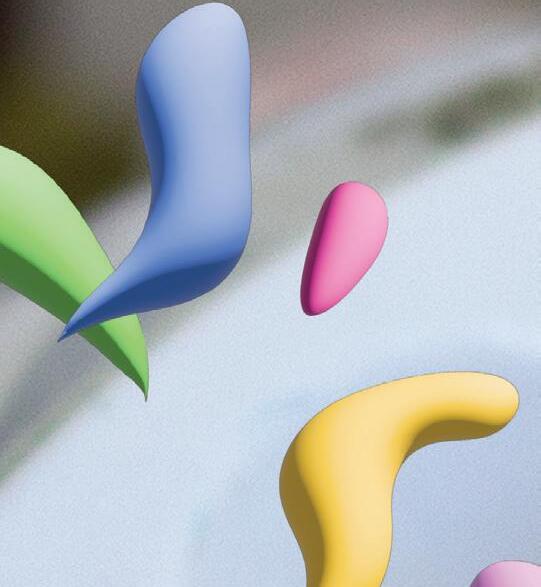
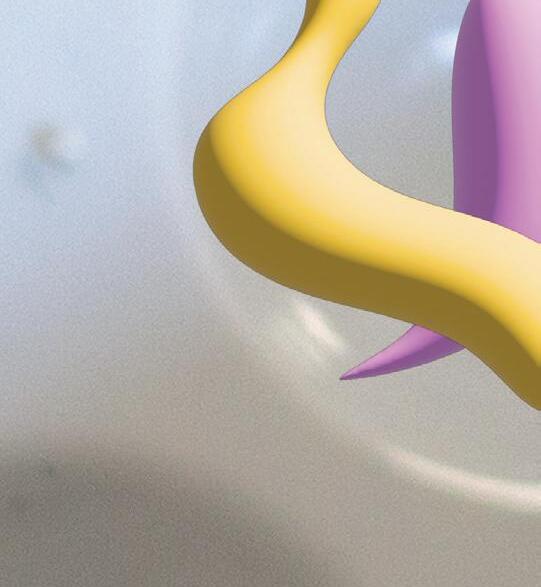

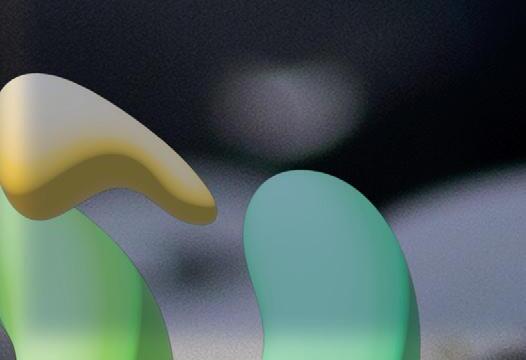
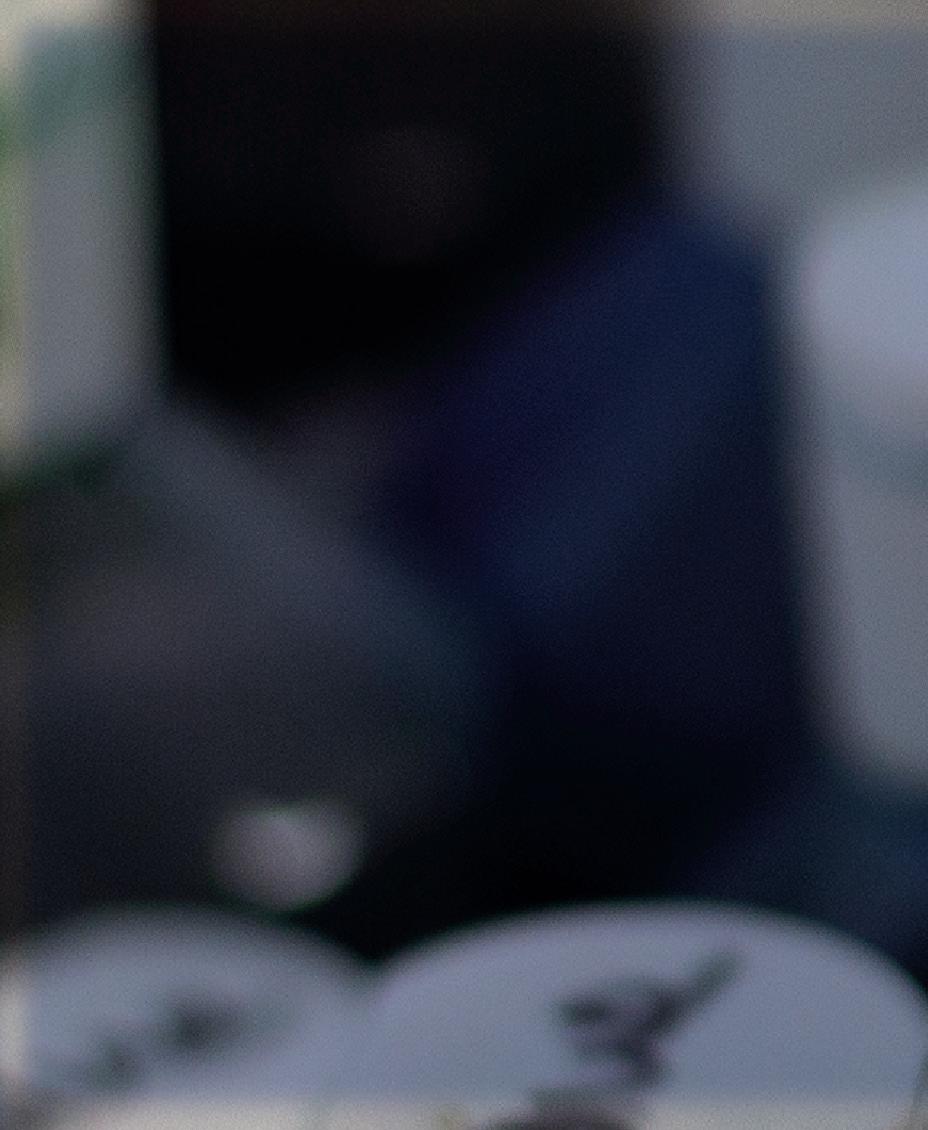

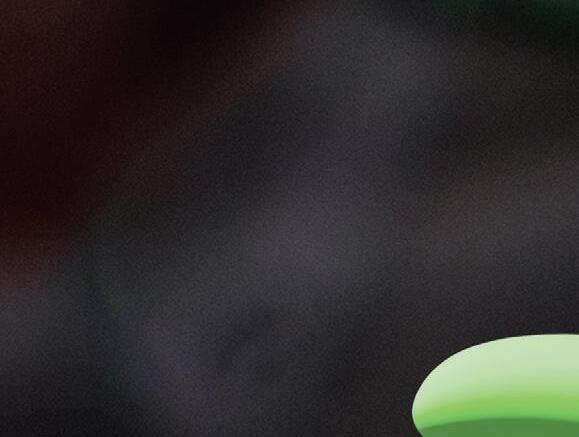







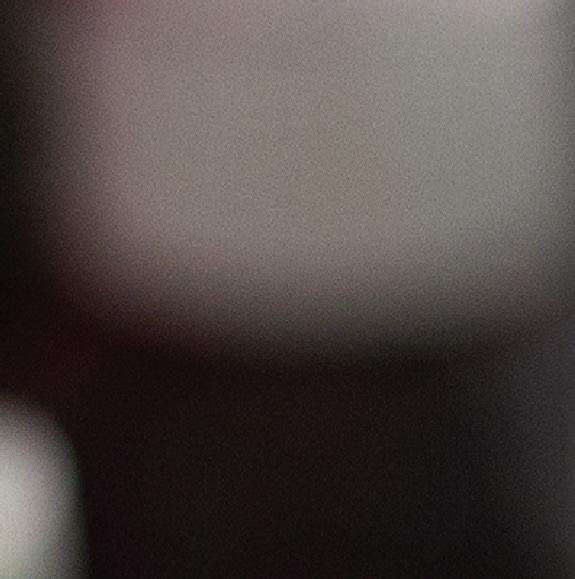




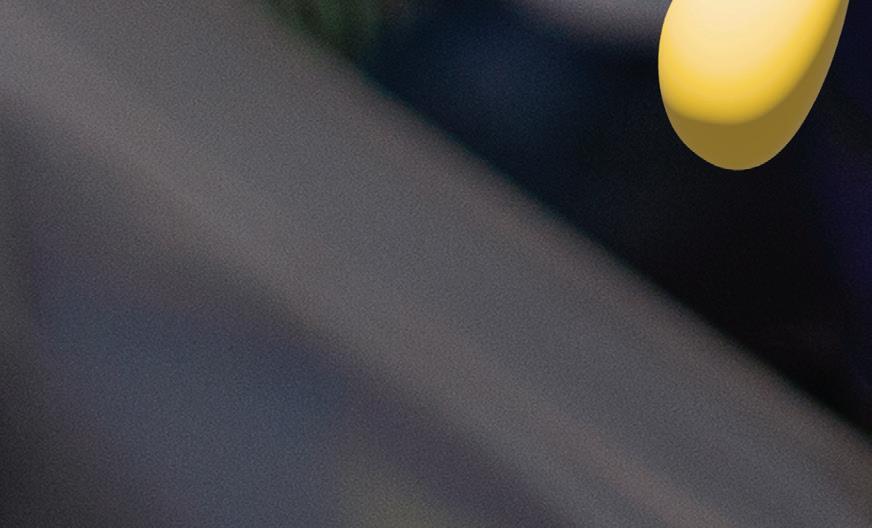

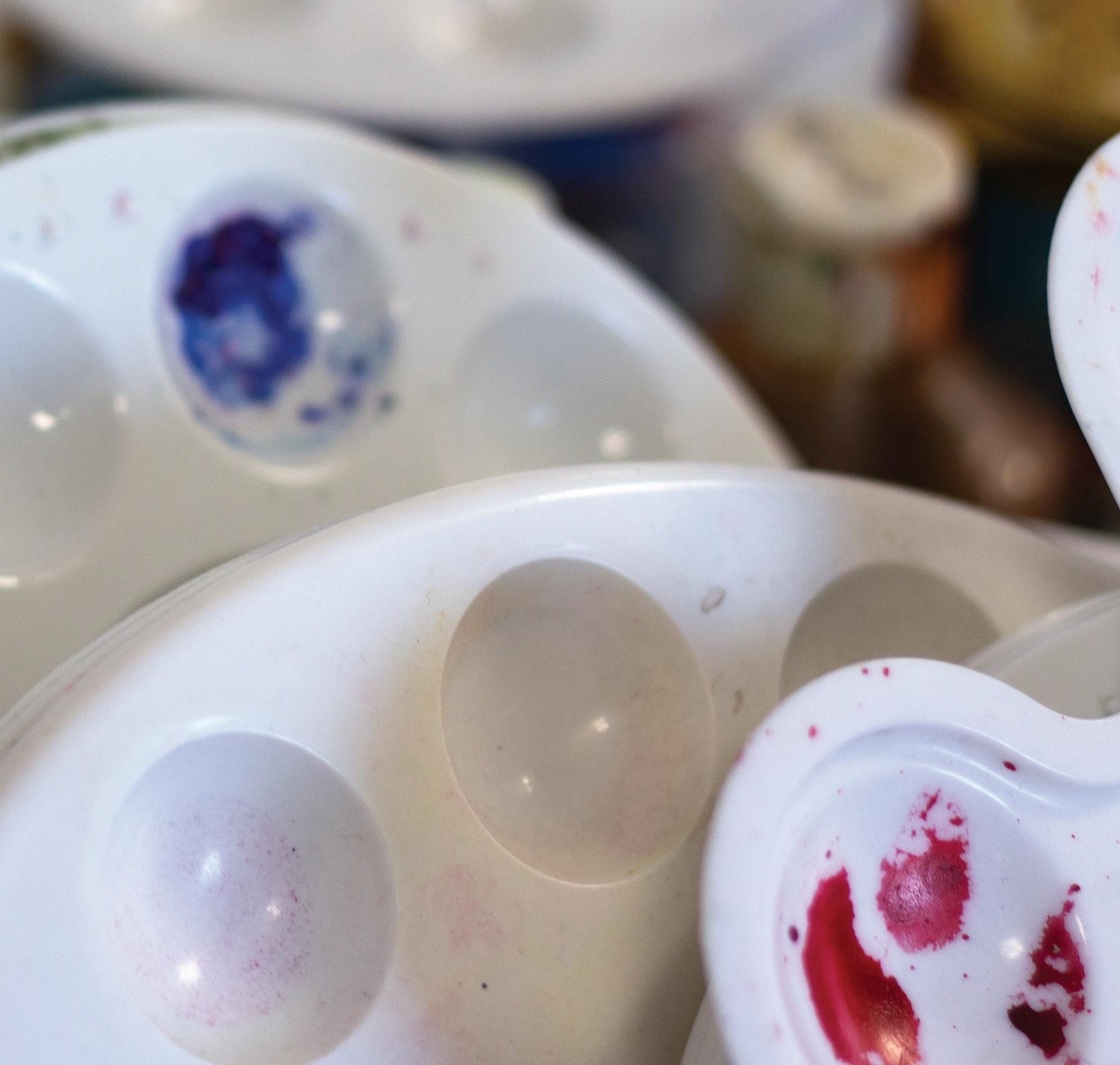


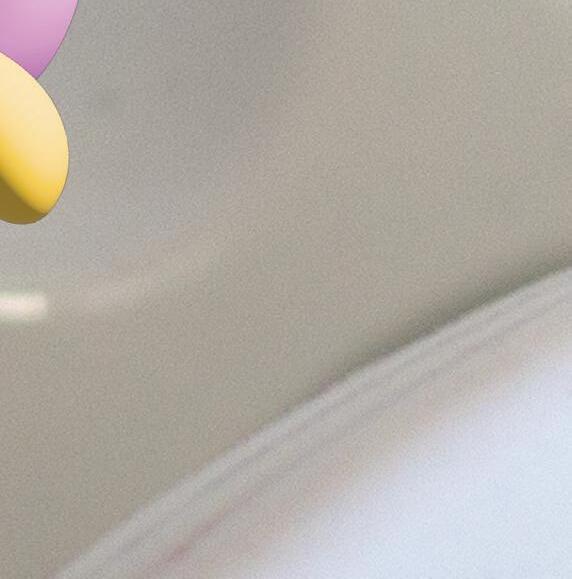

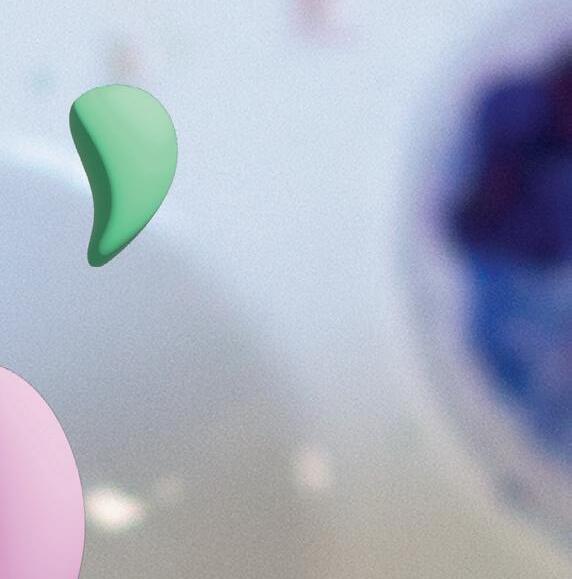



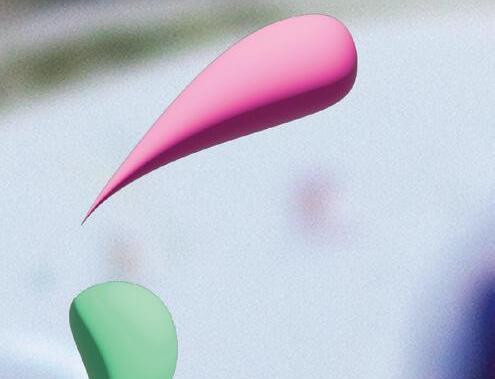



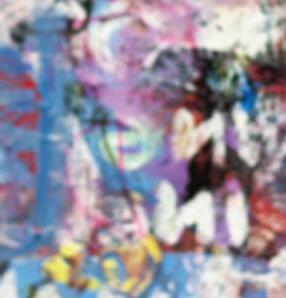
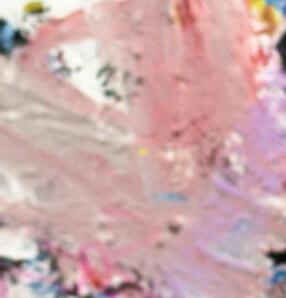
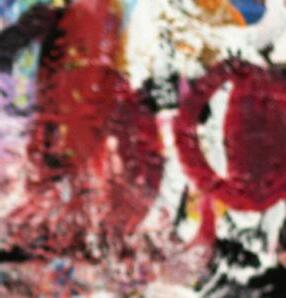
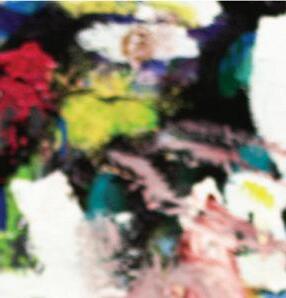
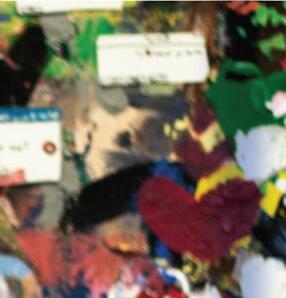



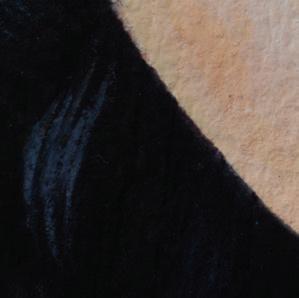
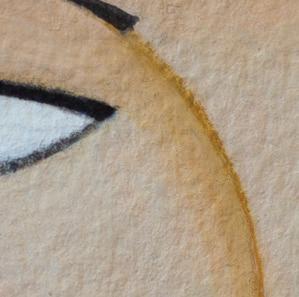

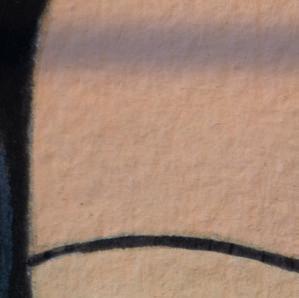

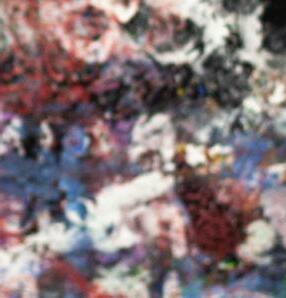
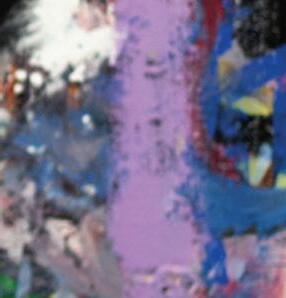
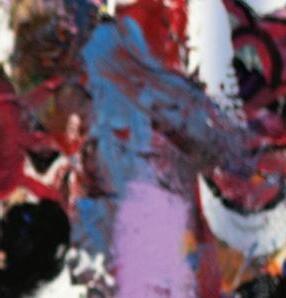
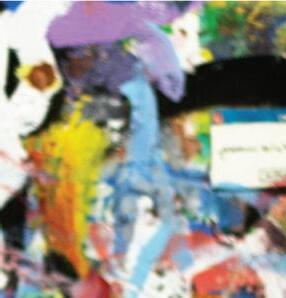

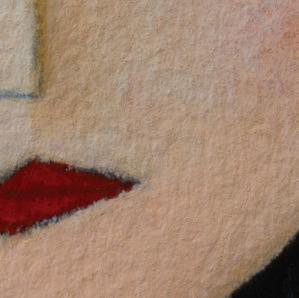
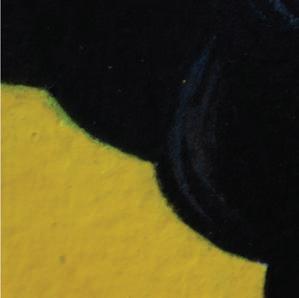
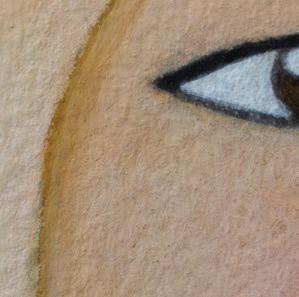

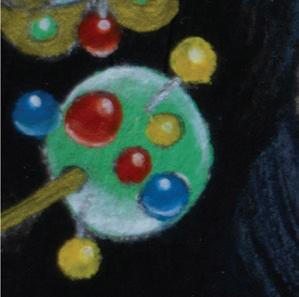

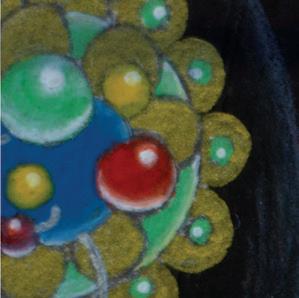

Some describe conformity as the death of an artist. This is best explained by American artist Ben Shahn, who states that “a great deal is also founded upon a real non-conformity which artists follow, and which they sometimes deliberately exaggerate, but which seems never-the-less to be innate in art” (36). Artists are constantly trying to push the boundaries of art, and this individuality is celebrated and awarded. We can see this clearly through Andy Warhol, Pablo Picasso, and Rene Magritte. They have one thing in common - they did things that were never done before.

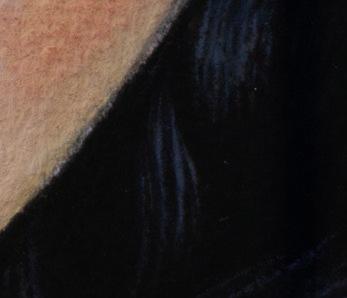

From an outside view, art college can seem like a monotony of charcoal still life after charcoal still life, rows of canvases presenting the same painting, and students merging together into one collective. It’s alien in a way, you go into the machine as individuals, but come out as a sea of unidentifiable robots. This image paints art colleges as corporate and evil, meant only to mass produce obedience. However, many artists who have gone through the process would disagree.
Lori Nock, an art educator and graduate from Columbus College of Art and Design and Ohio State University, looks at the topic of conformity through a different lens. She references the foundation year, the first year of college that prepares students for their chosen degree. She clarifies that “if you’re going to be drawing, realistically, you don’t get to put a little style flare in there. I wouldn’t say that’s a bad thing, because it weeds out a lot of people that don’t want to do the technical part. And I think that’s a good thing because then it teaches the student that maybe they may or may not have what it takes” (Nock). The foundation year, although difficult, can be an eye opener for the students. Nock reflects on her own experience: “They wouldn’t give you an F, but they would recommend, maybe, if you want to stay in art you should continue and do supplemental work to enhance your technical skills. So there’s a lot of people that get emotional and hurt during freshman and sophomore year because you feel that you’re being crushed. But the truth is that it’s a pressure cooker, but it’s great.” In other words, an artist would be held to the same standards as a doctor going through rigorous training would.
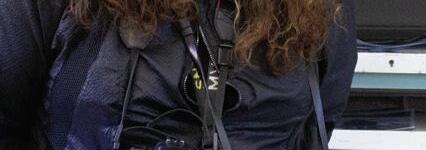









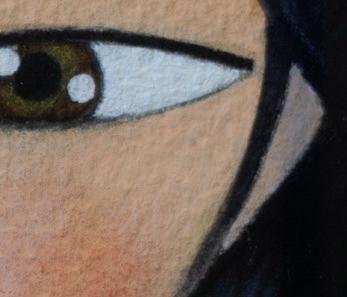
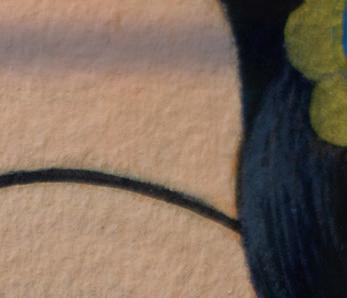
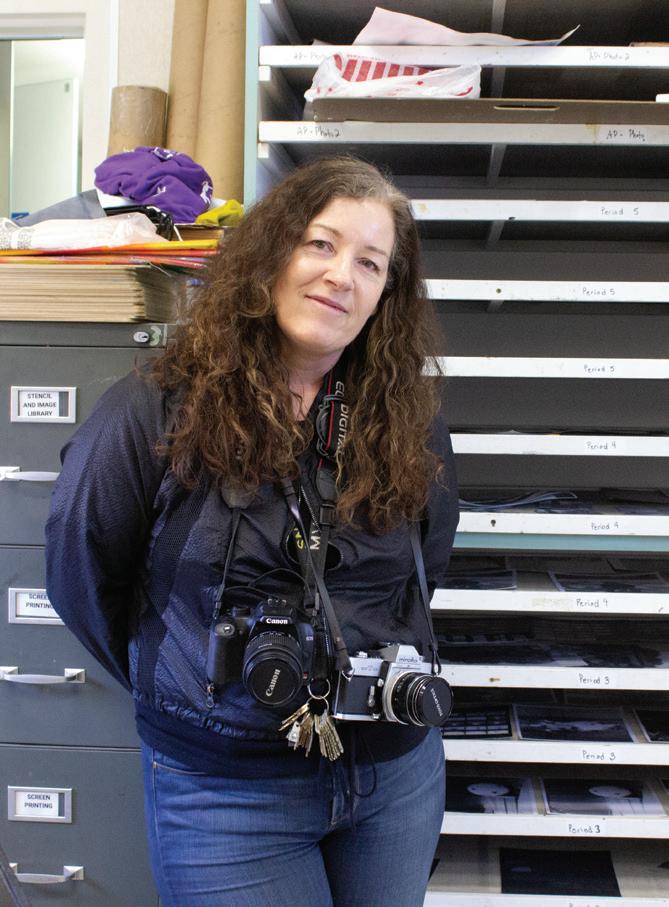
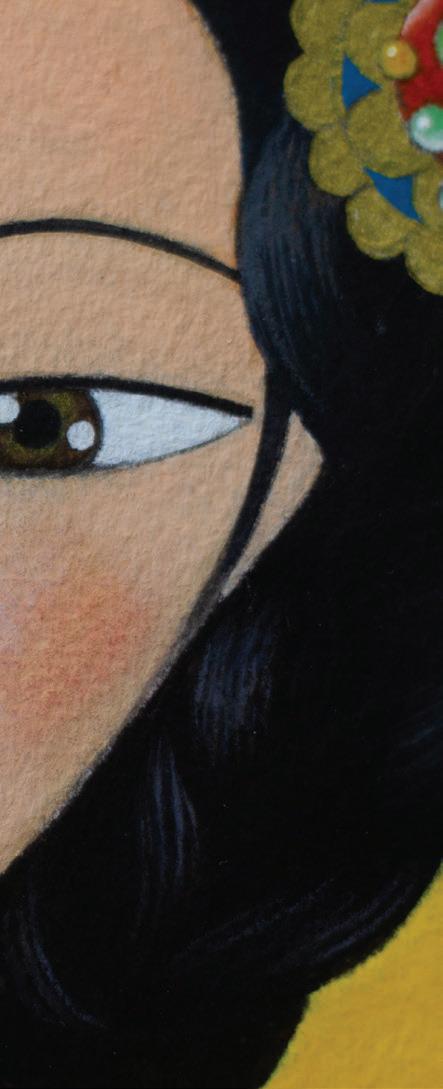 Artwork by Haelee Choi
Artwork by Haelee Choi
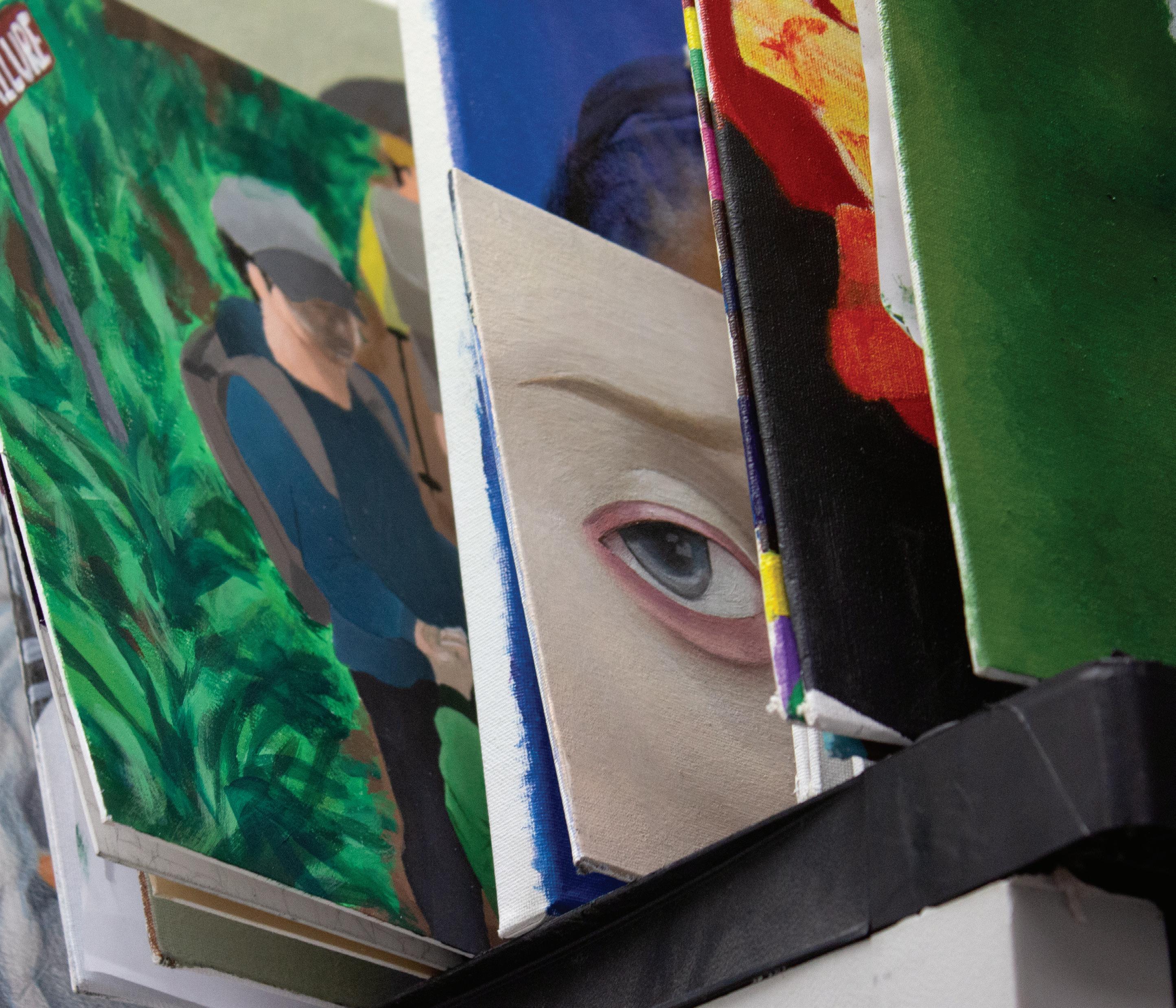
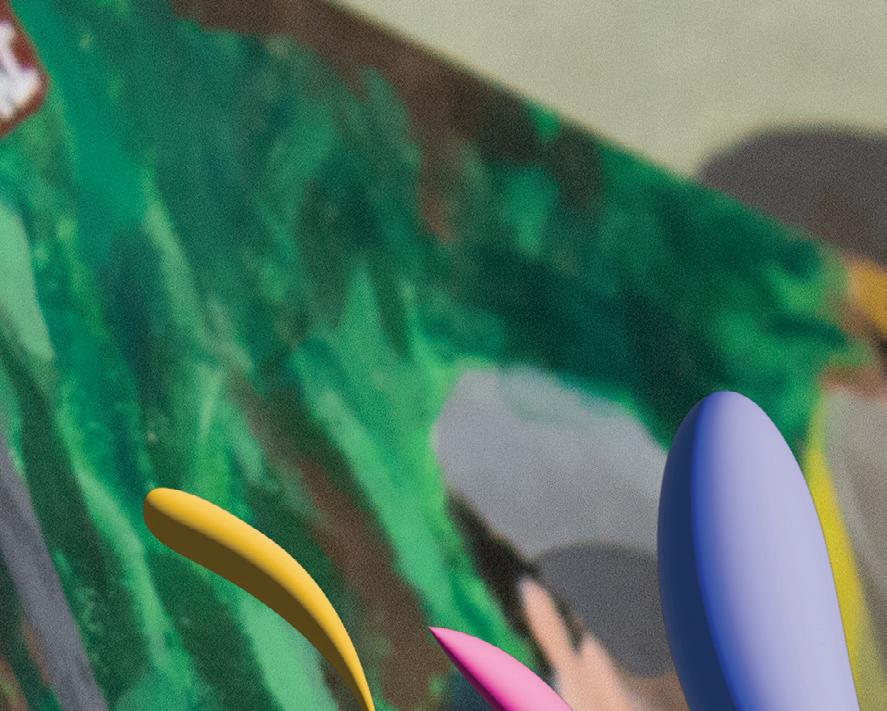

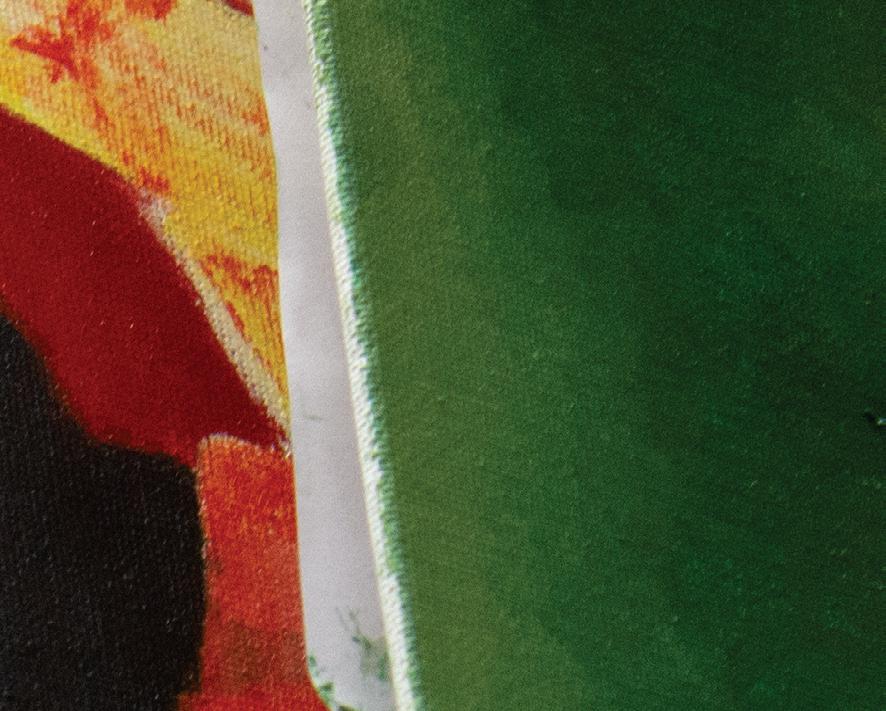
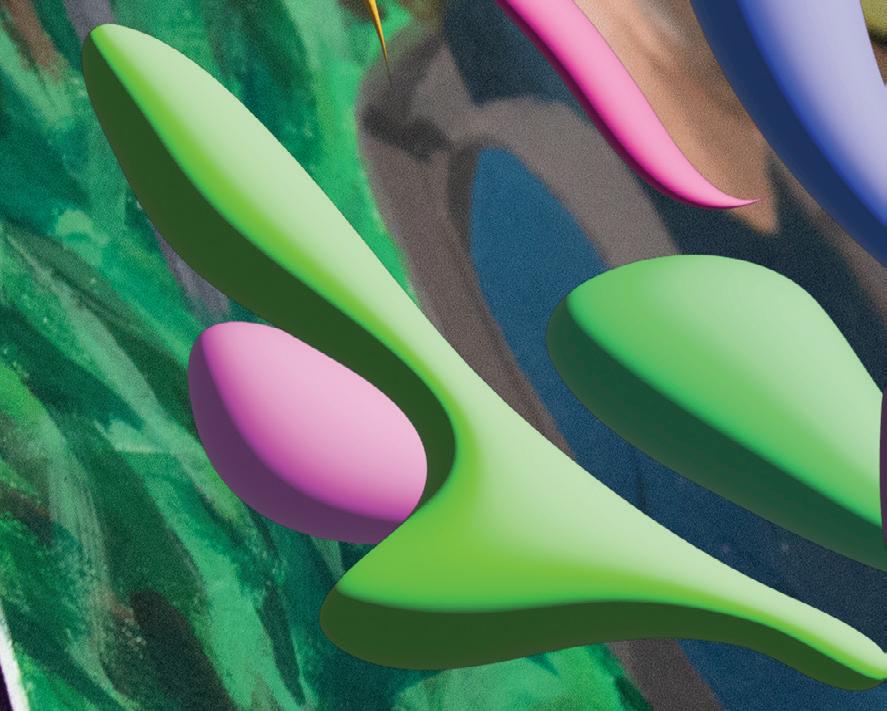
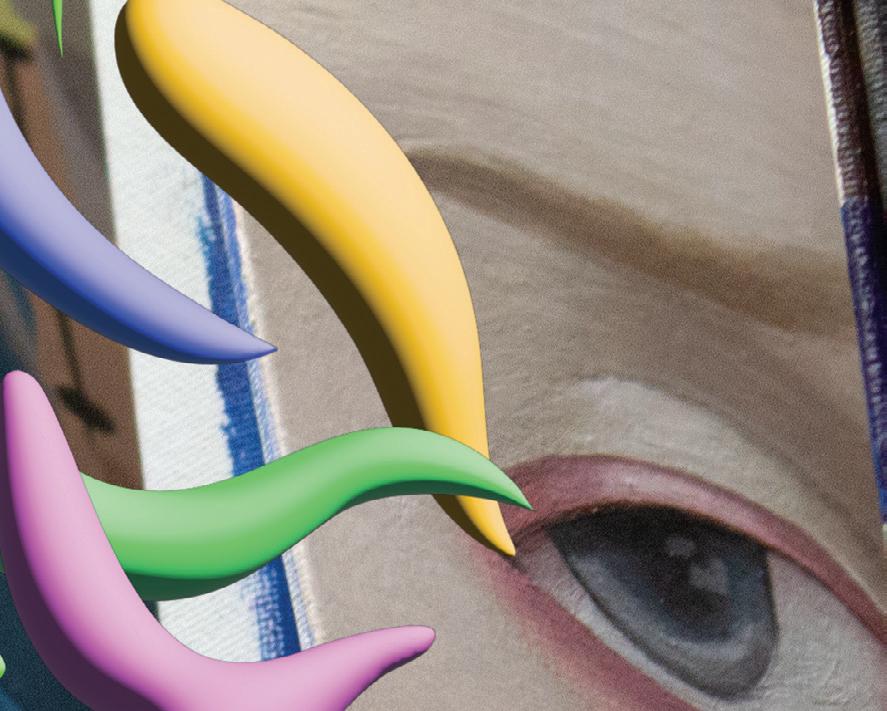
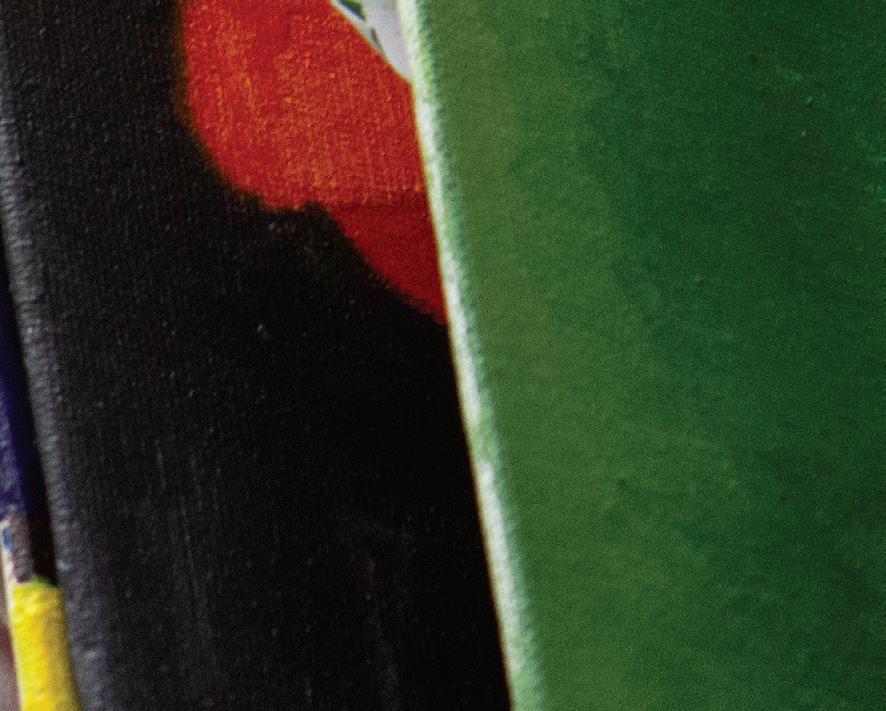
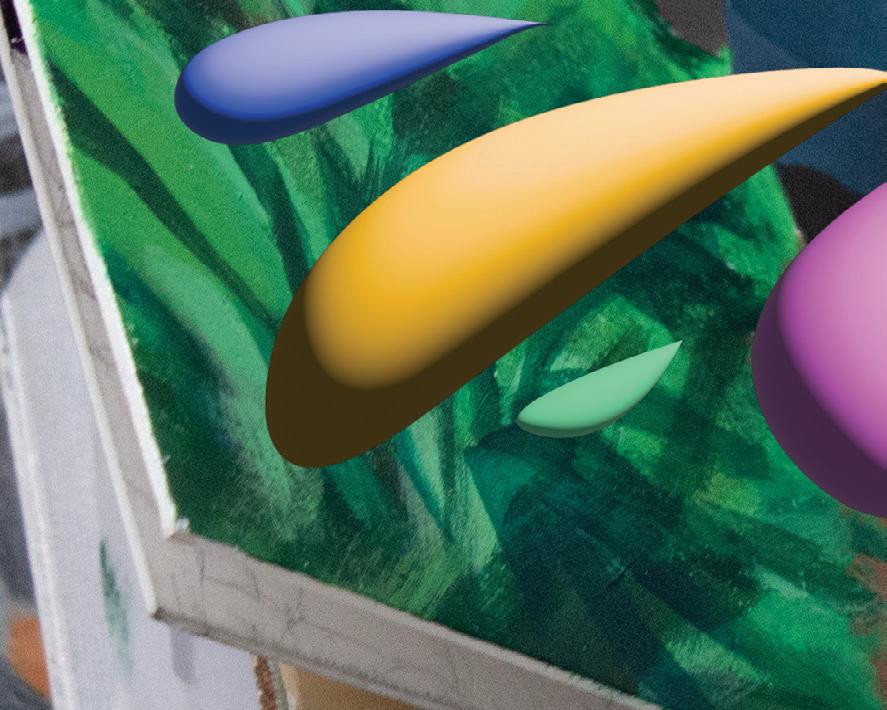
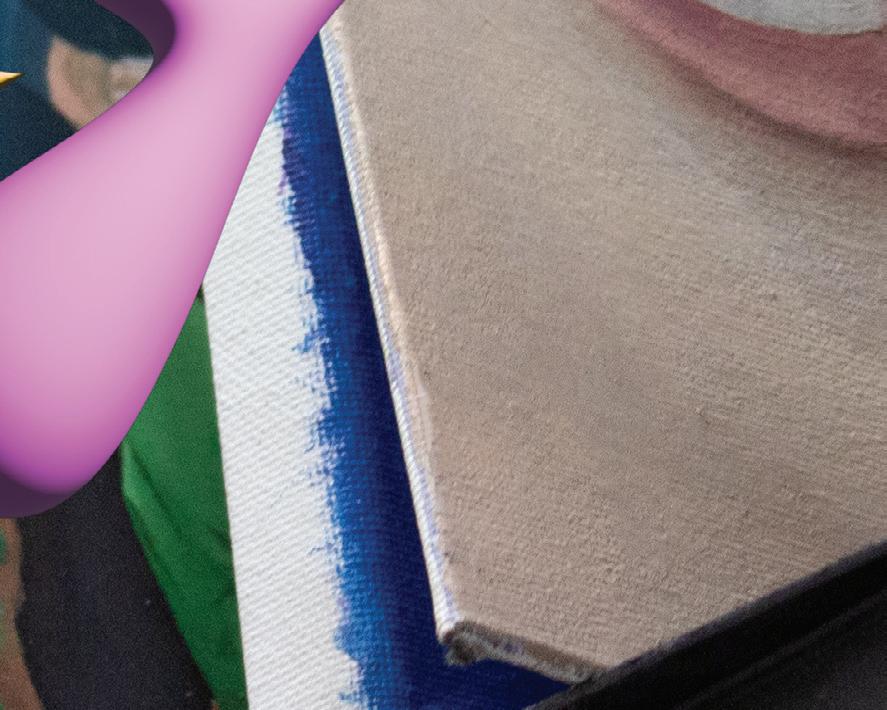
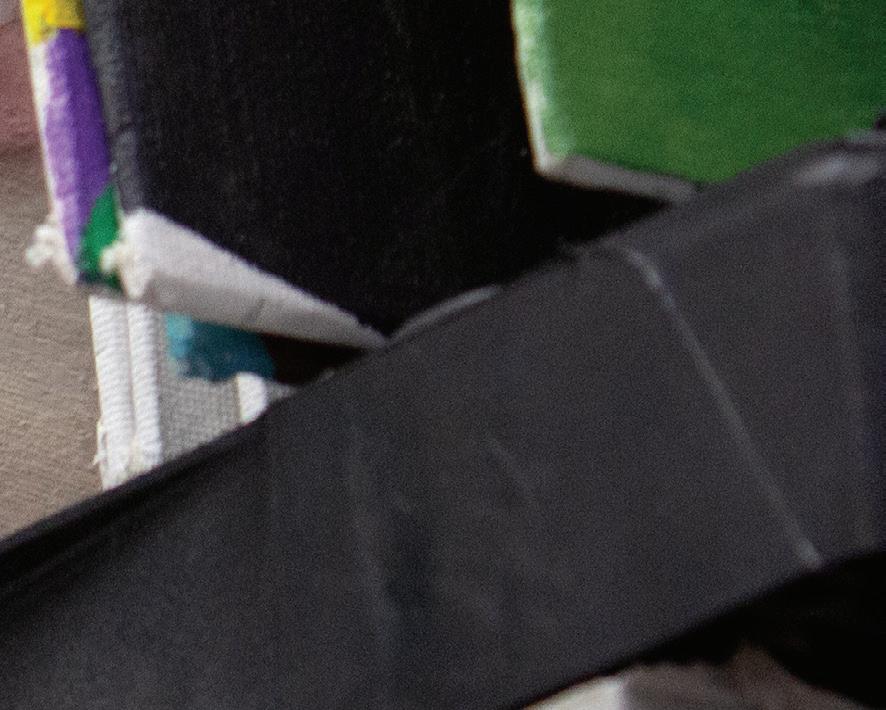

Nock finds that “conformity has its benefits… they have limitations on what you can do at most colleges. Like here’s the path if you’re going to be a sculptor. Here’s the path if you’re going to industrial or commercial design. Here’s the path if you’re going to do a traditional glass program or sculpture program. So then you get really into being highly skilled”.


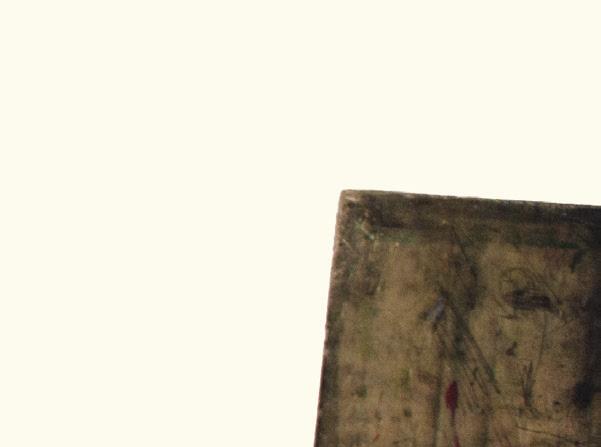

When most people worry about conformity in art colleges, the main concern is that the institution will force you to fit your art into a mold. However, it’s quite the opposite. The foundation year pushes students to master techniques and be versatile, and once they reach their junior year they have the skill set they need to follow whichever path they choose. The technical exercises range from observational and figure drawings to still lifes, and for example in painting, you will learn traditional methods such as underpainting, glazing, and stippling.

The structure and rigor of classes often lead to burnout, which Nock acknowledges. But she urges students to persevere


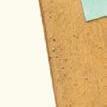
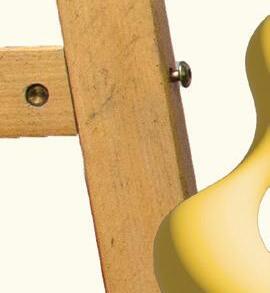

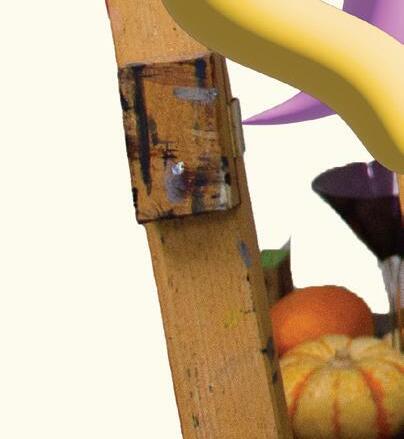
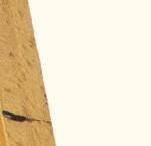






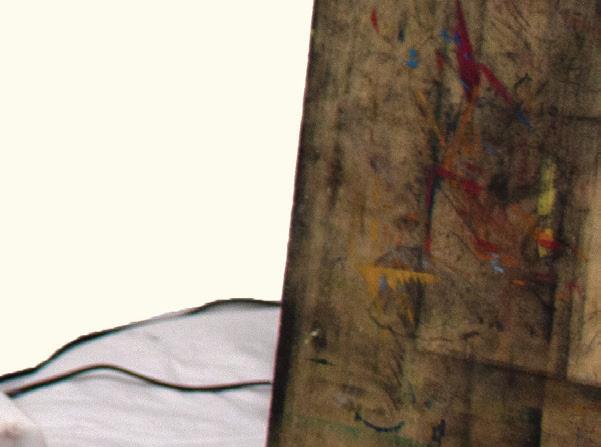
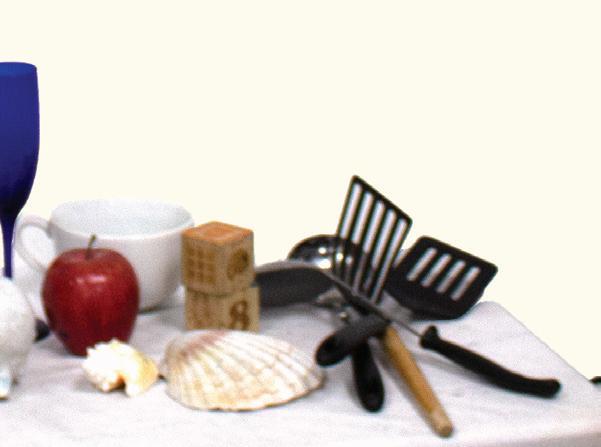





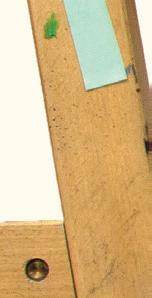



and look towards the outcome. “That freshman year, that foundation year, you’re going to burn, you’re going to build, you’re going to destroy, if that makes any sense, by the end of the freshman year, everything is kind of a pile of ashes, but it’s cooled down there and you’re ready to stand on it and make your choices.”
Samuel Kim, another art teacher, summarizes it as “freedom within boundaries”. Kim graduated from RISD, the Rhode Island School of Design, one of the most prestigious art schools in the nation. He explains why art schools start with a foundation before helping you narrow down your major: “they don’t want you to pigeonhole yourself. They want you to go basics first, then build out. If you throw a blank canvas in front of somebody, it’s going to be difficult to know what to do with it. But when you have a goal in mind, that (structure) could be seen as a constructive boundary. I can do all sorts of things if it’s with a goal in mind, which some could see as a constraint, like a constraint can help you towards that goal” (Kim).
The “conformity” of art schools, the push to learn techniques and practice every medium, can force students to push themselves out of their comfort zones. However, there is some truth to the “burning” that Nock mentioned. Kim recalls one of the first assignments he was given his freshman year: “I think back to my time when I tried to play with the bounds a little bit. There was a design class that I was taking where they were teaching about the
previous page photo: student artworks at Suha Suhaby the end of the freshman year, everything is kind of a pile of ashes, but it’s cooled down there and you’re ready to stand on it and make your choices.”
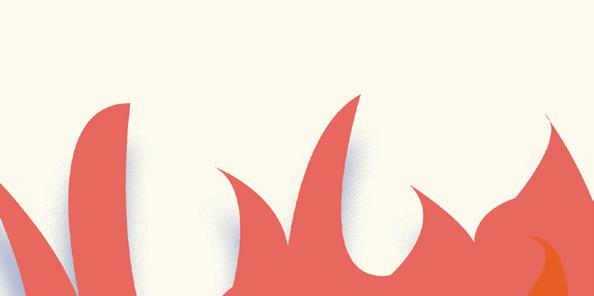

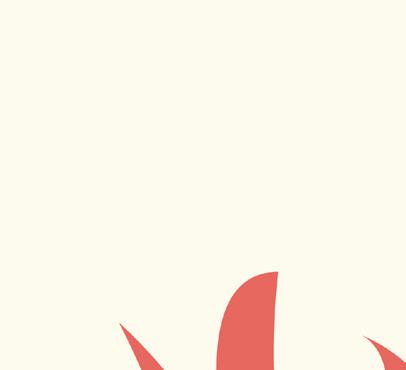
contact with the school and were assumed to have dropped out. At Pratt, 33.4% of the 2016 class had not graduated, with 189 students out of 238 were assumed to have dropped out. These rates could be related to the “pressure cooker” and “weeding out” that Nock mentioned. However, it’s important to note that some students may take longer to graduate than others.






basics of design in freshman year, and the design assignment was to make an assignment in steps and have it be procedural. I did the assignment, but I was told that that wasn’t exactly what they were looking for.” He remembers it as an experience in which “I tried to go out of bounds and then my teacher said no, not like that. And then I said, okay, well I guess I’m not going to do anything except exactly what you’re telling me to. So I was kind of broken to do what they told me to do” (Kim).






















At Parsons School of Design, 31.5% of the 2016 full-time class had not graduated by 2020. Out of these 361 students, 213 had lost








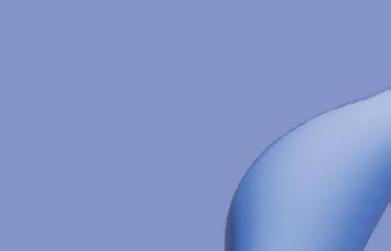



Like Kim and Nock, the boundaries and guides given by the school may be helpful for some. But the first few years of college are very rigorous, and you have to be willing to sacrifice some of your independence during the foundation year.

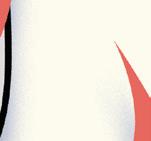
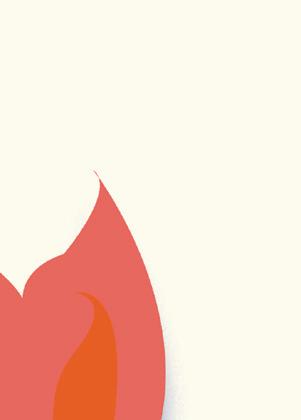

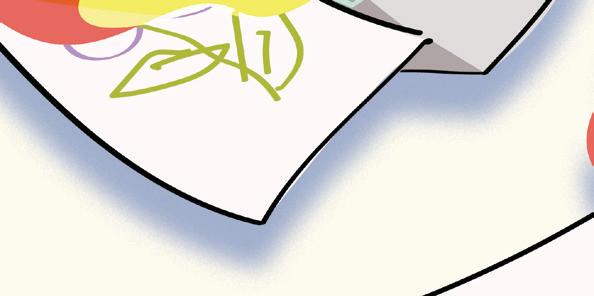
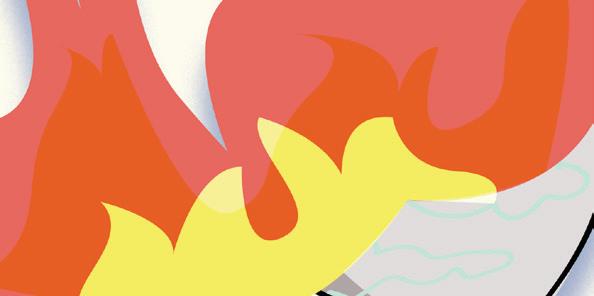



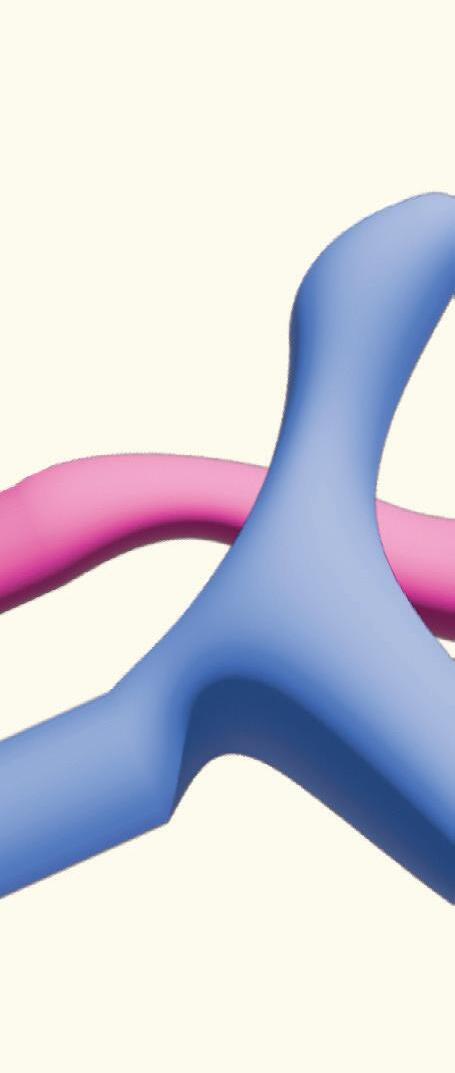
Like Kim and Nock, the boundaries and guides given by the school rigorous, and you have to be willing to sacrifice some of your









“you’re going to burn, you’re going to build, you’re going to destroy...next page photo: Samuel Kim




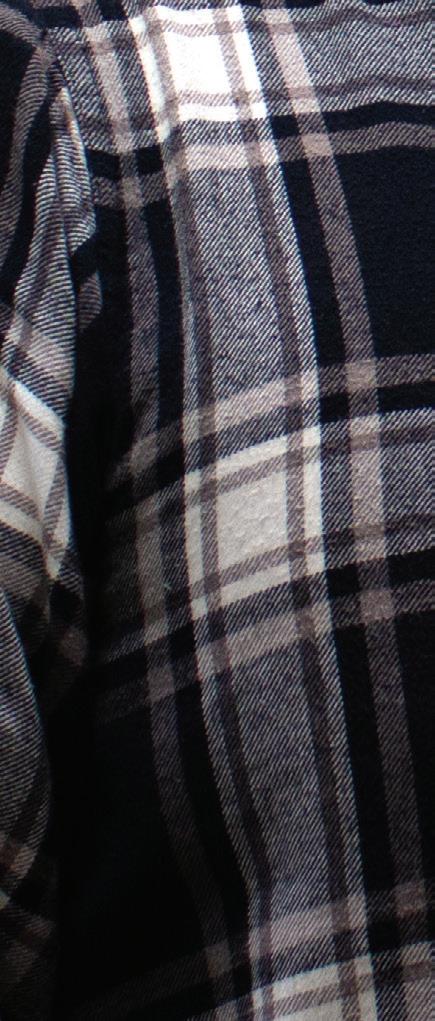


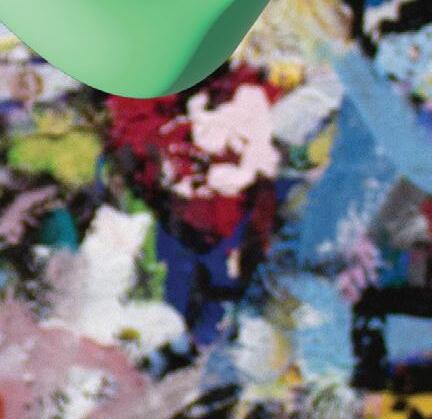











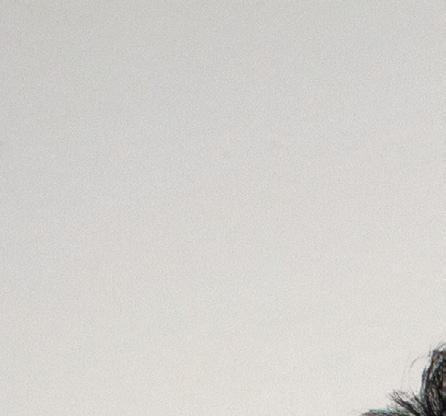







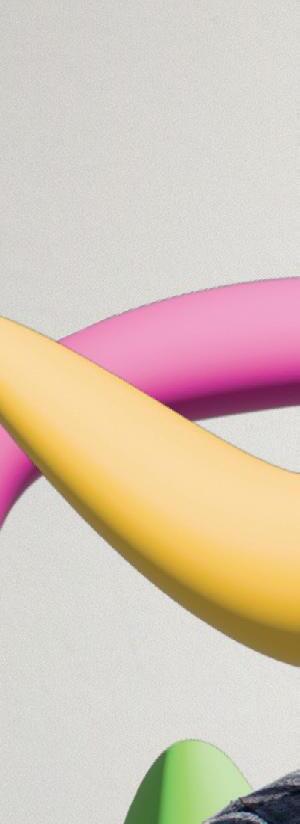


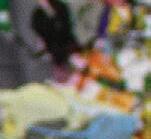





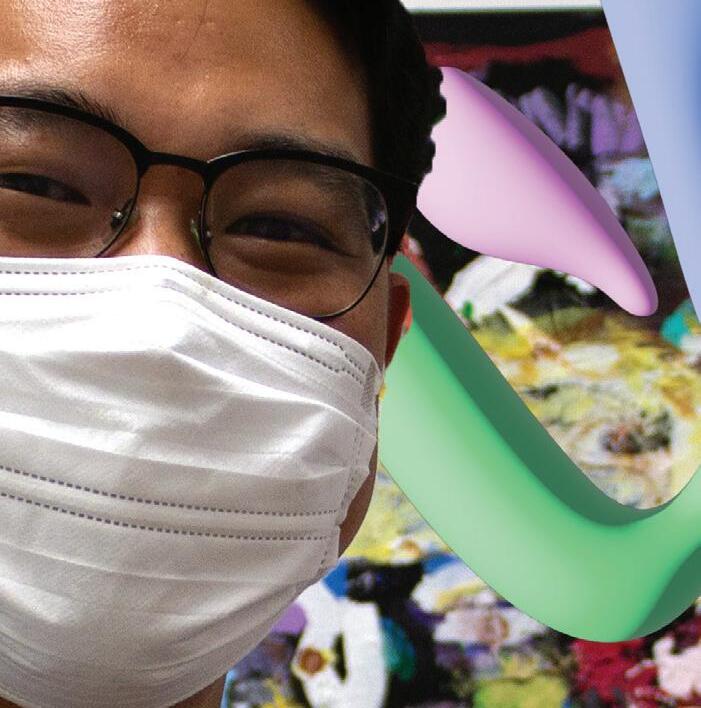


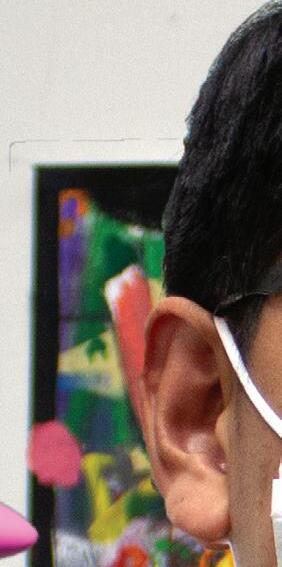
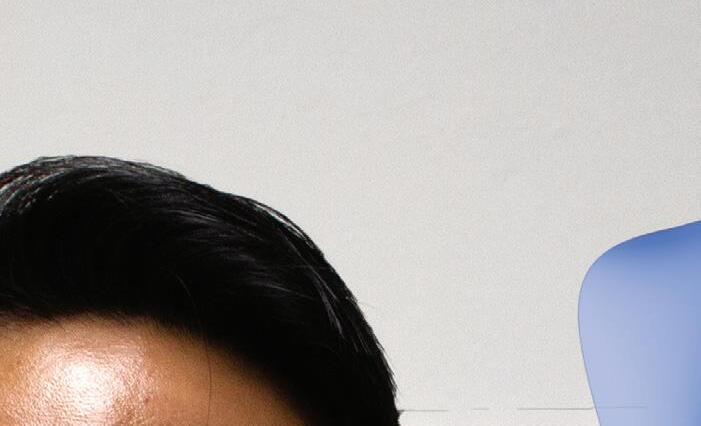
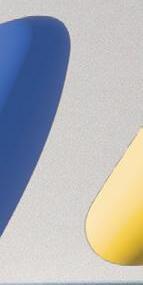



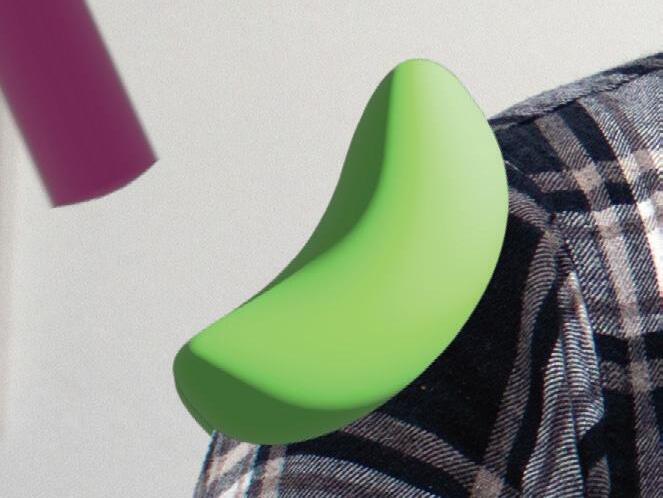
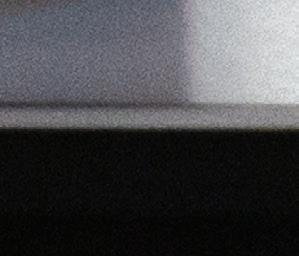


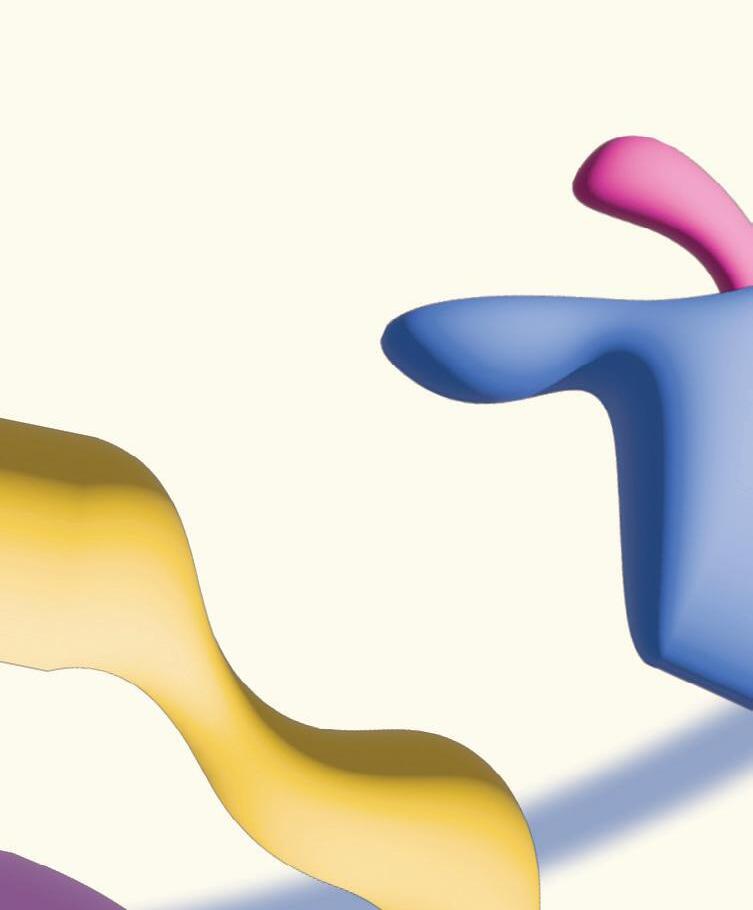

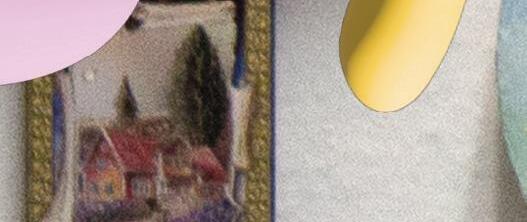


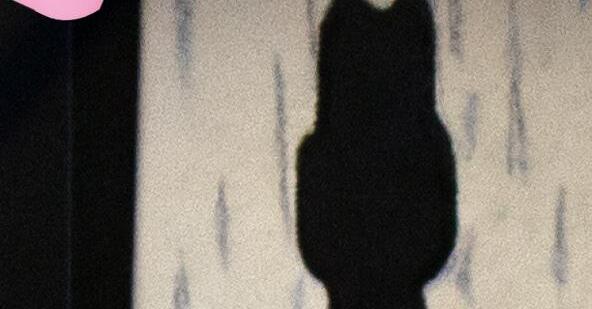




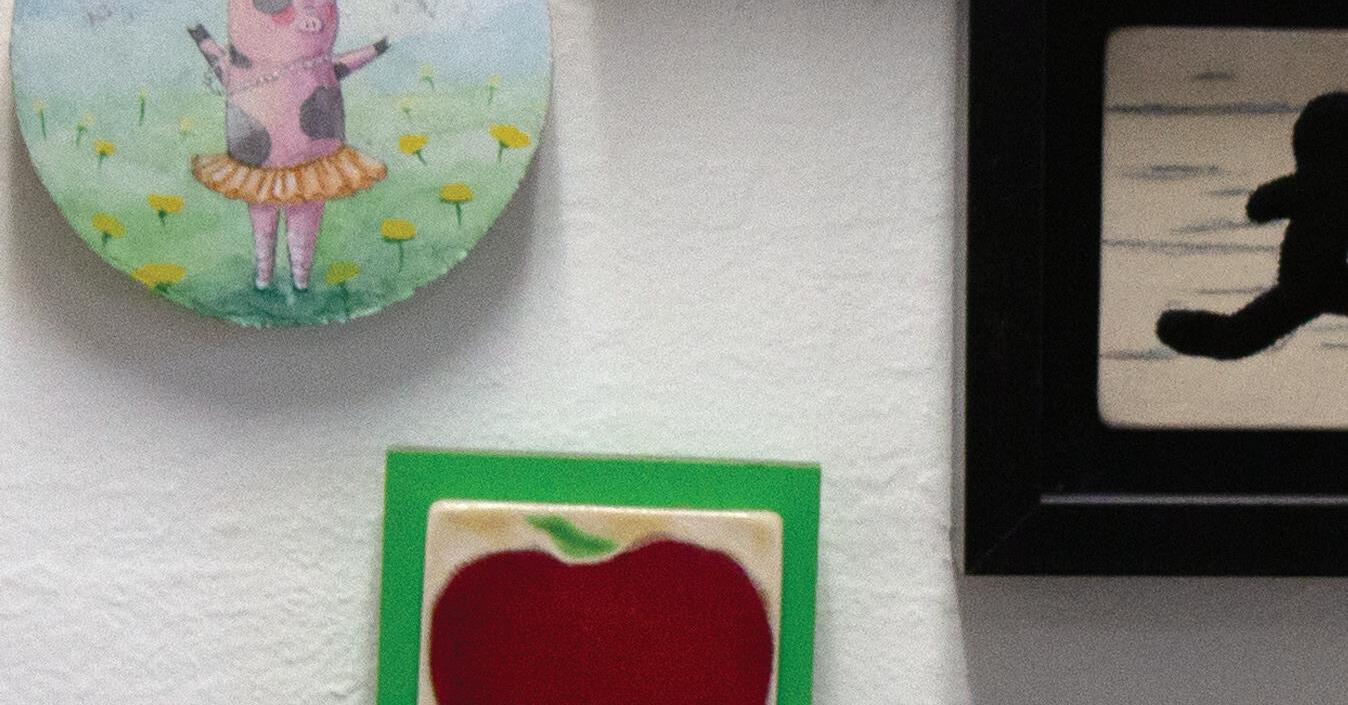

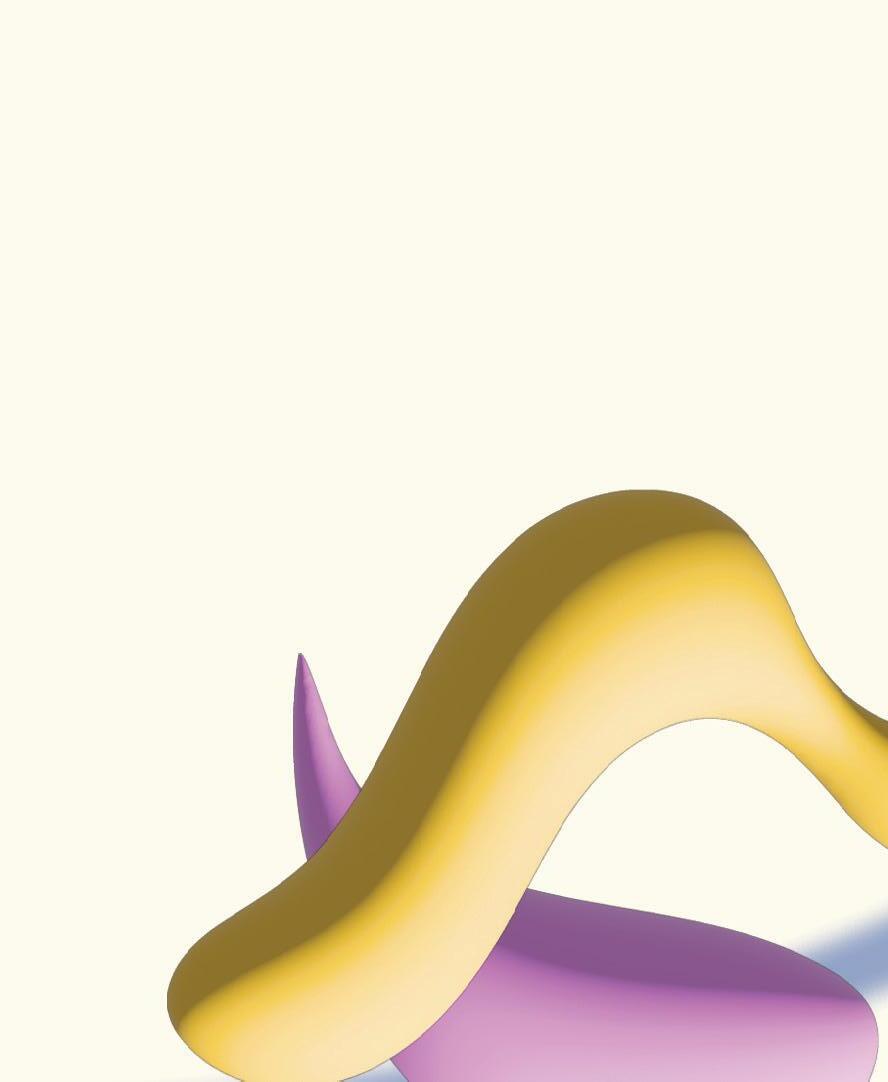
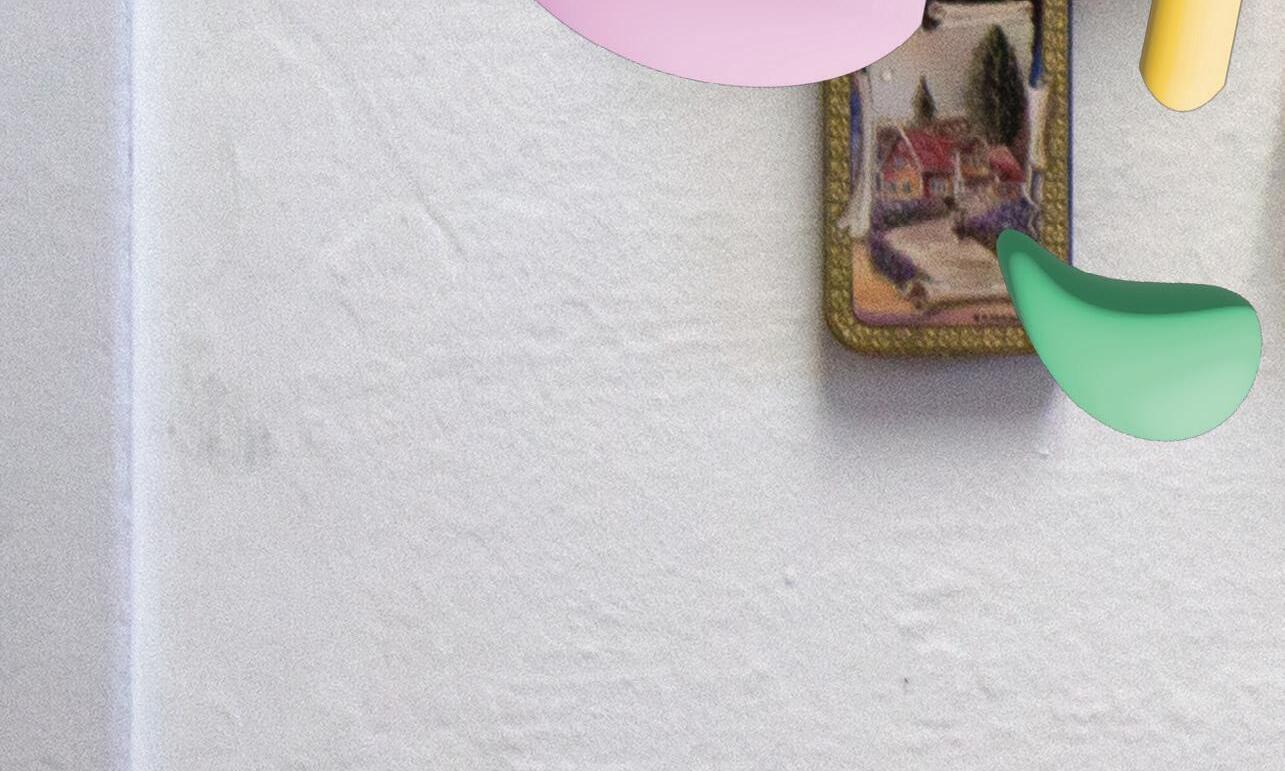
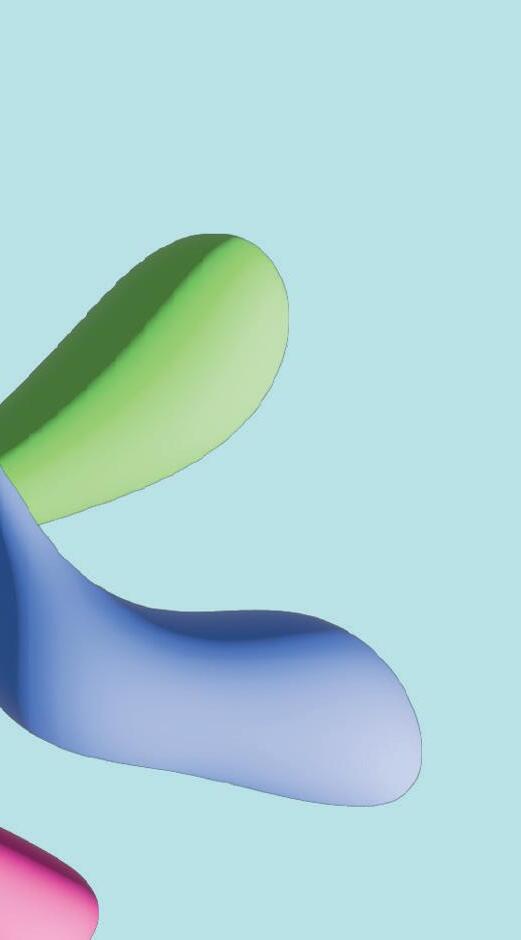
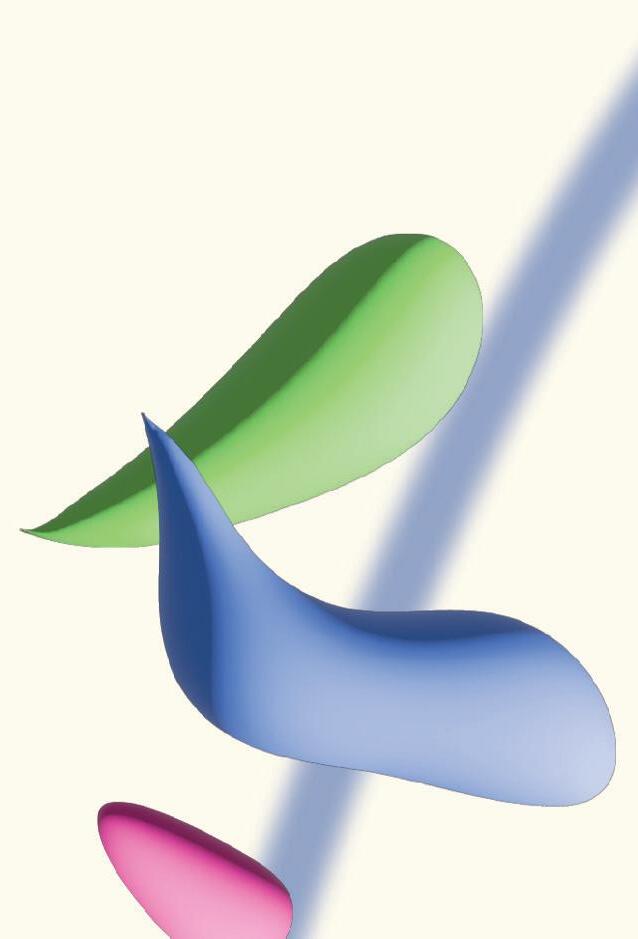
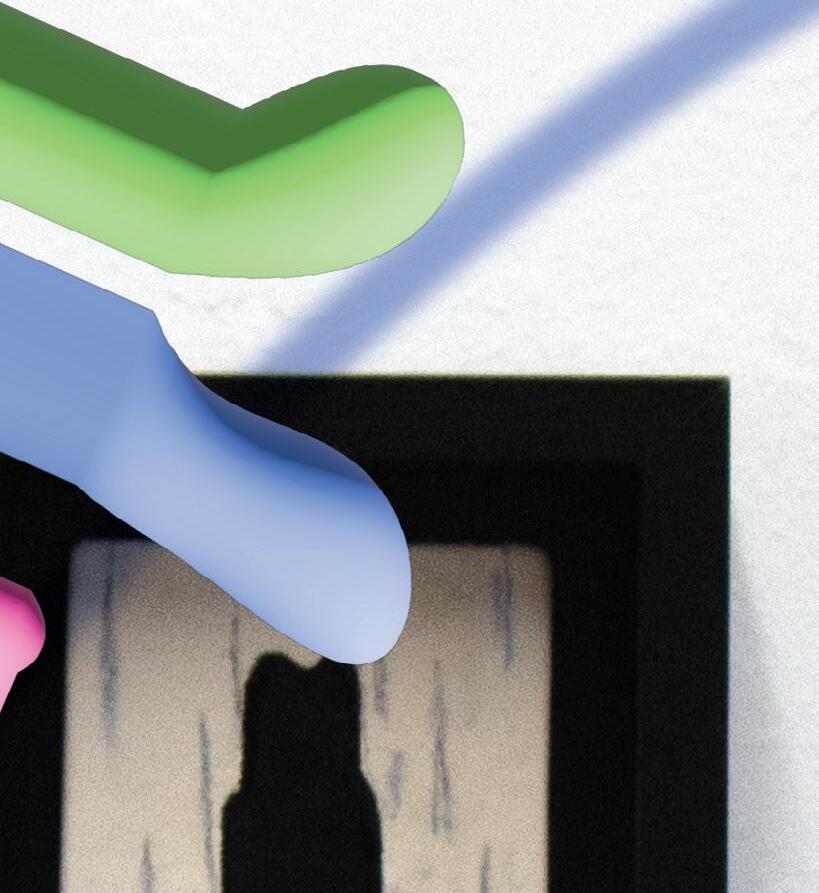


















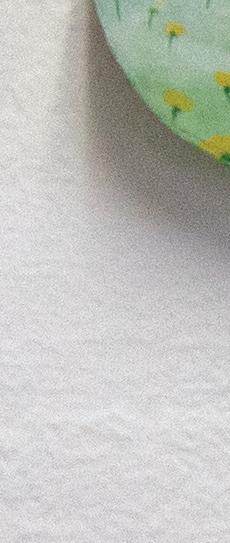




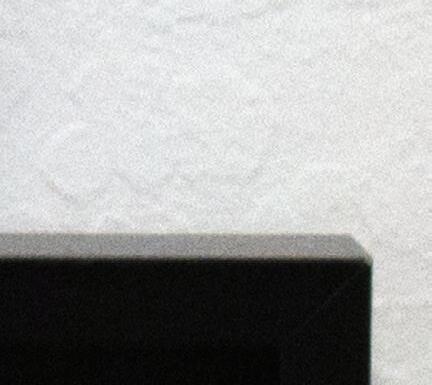
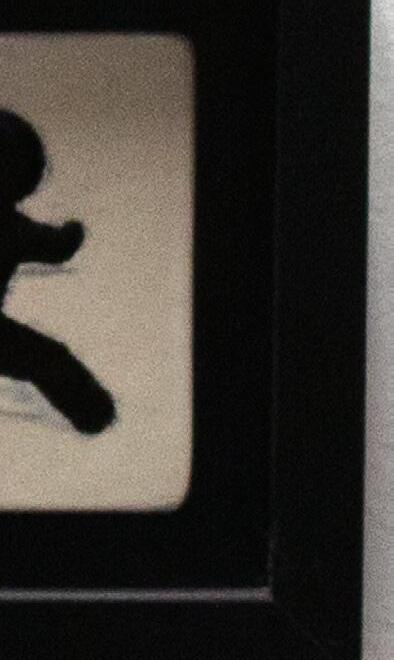







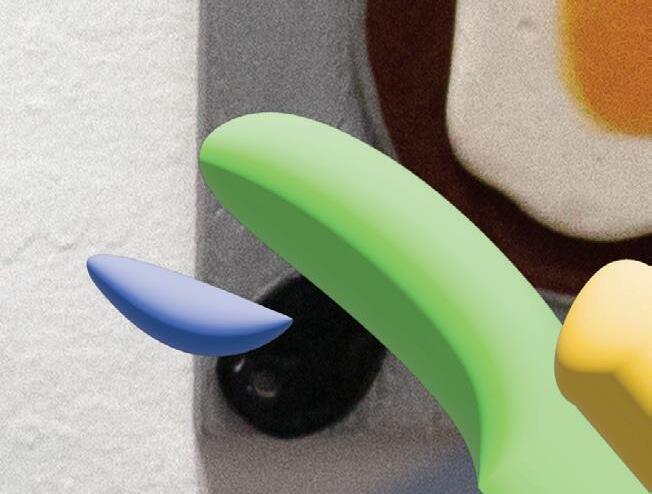
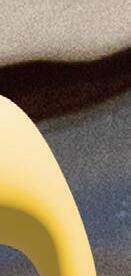


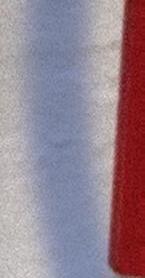





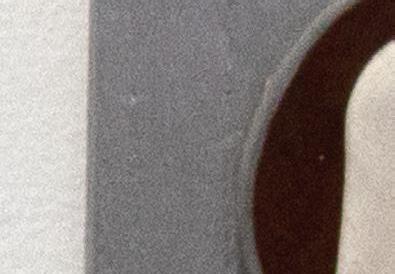


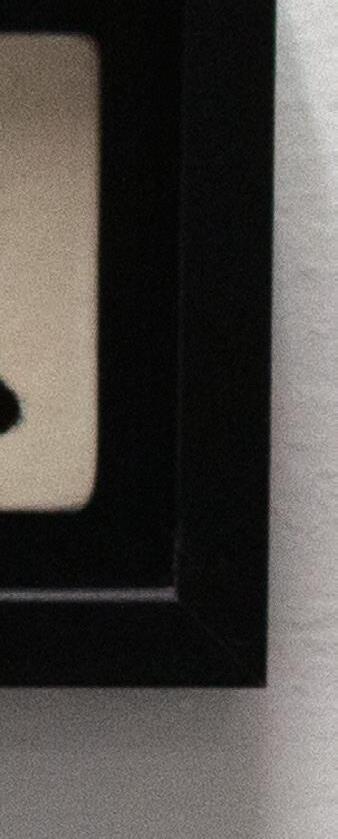








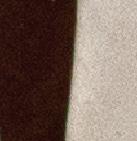


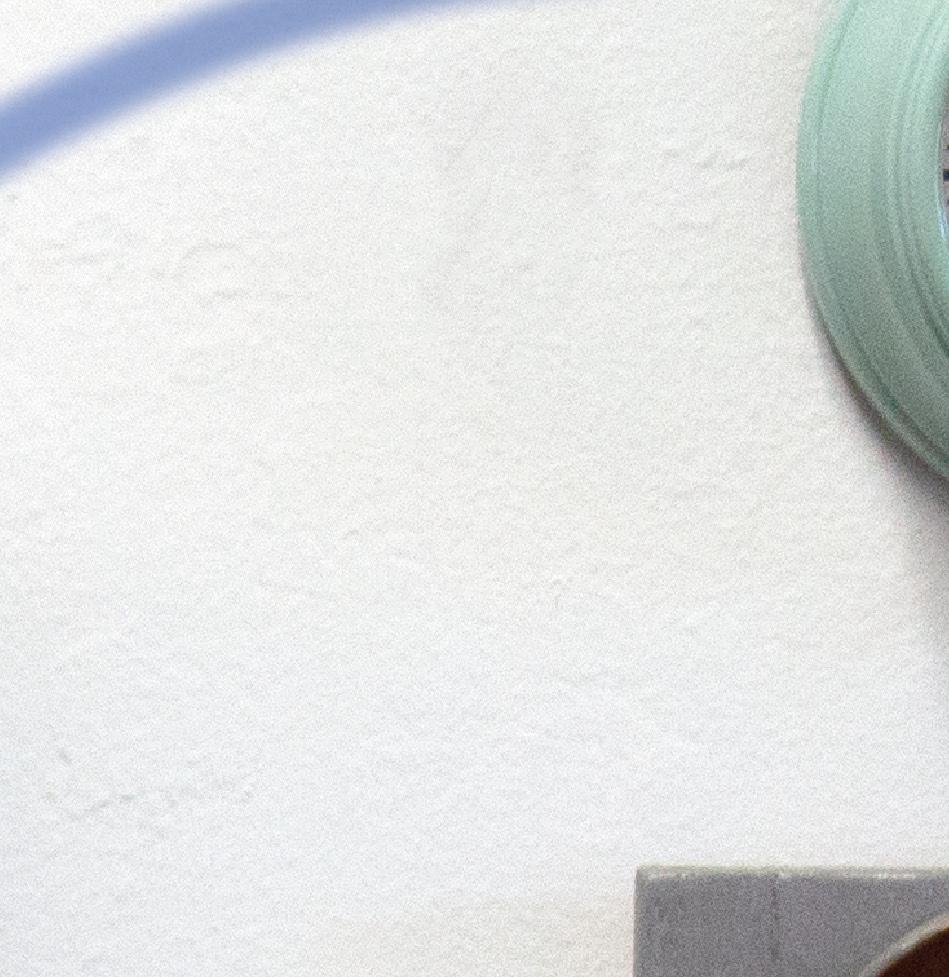



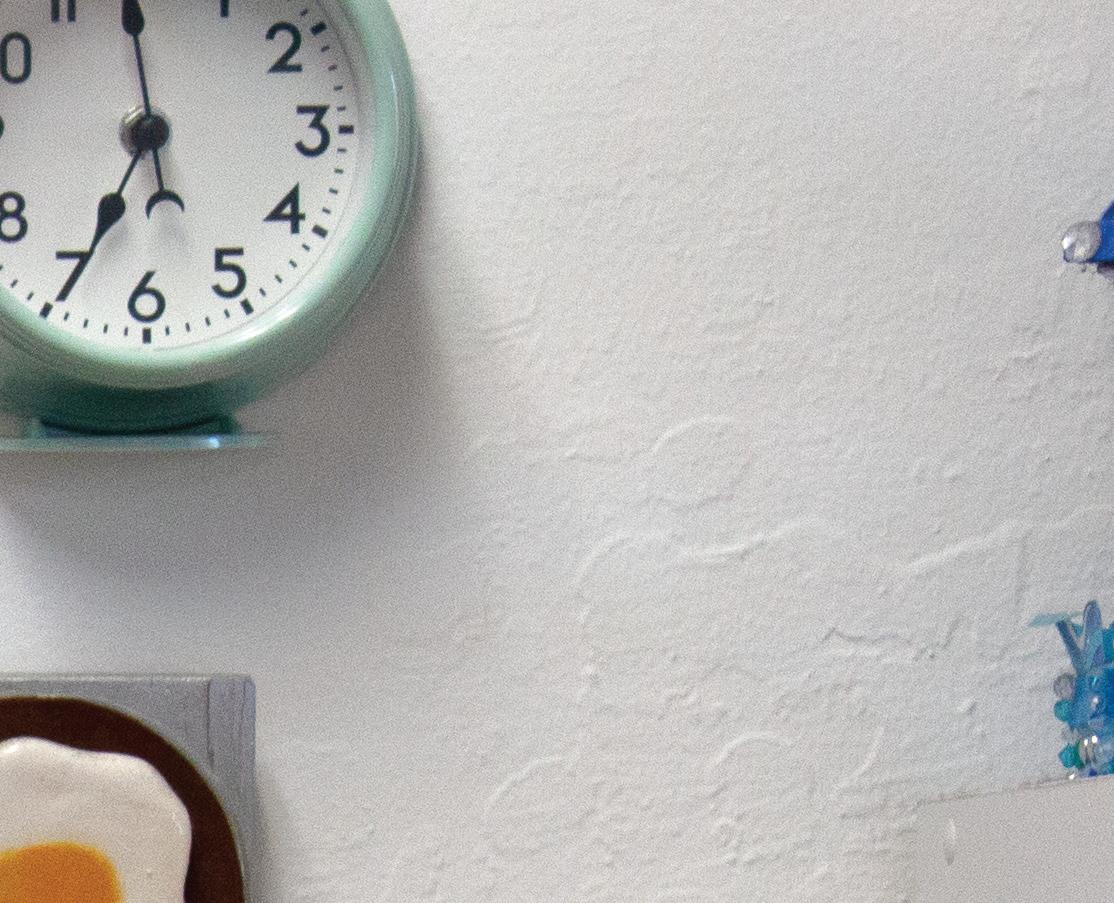


It wouldn’t be possible to discuss art colleges without acknowledging art careers in general. You’ve heard it all beforethe starving artist, busking in the street for just a measly quarter. The most common response to “I want to be an artist!” is an immediate “So you want to be poor?”












This common fear is reflected among high school art students who want to pursue a higher education in art. Blaise Wang, a junior at Los Altos High School puts it clearly, saying that “the art industry looks very uncertain right now… Is there a place in the world in our industry for new people coming in?”

Sookmyung University in Korea and the Academy of Arts in San Francisco. She looks back at her time in college, and one of the major benefits she had compared to an academic school was networking. She says it led her down a path of internships and job opportunities at animation studios. According to Choi, “art is all about networking. You need to have alumni. You need to know who is working there. So the school is helping you to guide you to the next level.”
Art college can open doors for you, and it can be your way of getting your foot through the door that is the art industry. It’s easy to forget that you’ll be surrounded with future innovators and artists, yourself being one of them.
Choi also acknowledges the workshops that her art school provided, which introduced her to big animation companies such as Pixar, which the Academy of Arts had close ties with. She recalls that “At colleges, what they are doing from junior year, you get to see a lot of field people, they visit you and they check what you are doing. So they give you a name card so that you can see what kind of companies are out there, what they’re doing there, and then they give you feedback” (Choi).
Haelee Choi answers this question clearly. Choi is an art teacher and founder of the studio Suha Suha, as well as a graduate from
Lori Nock adds to the importance of networking by looking at her own experiences. She smiles, saying that “I pretty much knew everybody by name. And then somebody had an art show locally. I would see it- like you stepped off the campus and went to the



and went










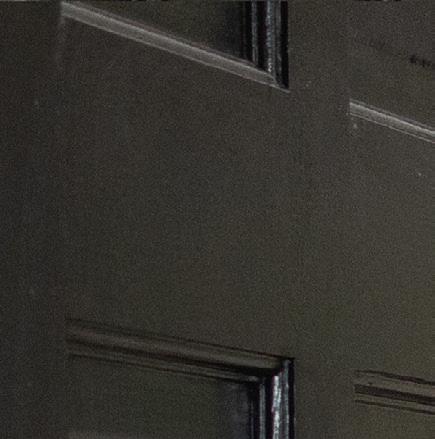

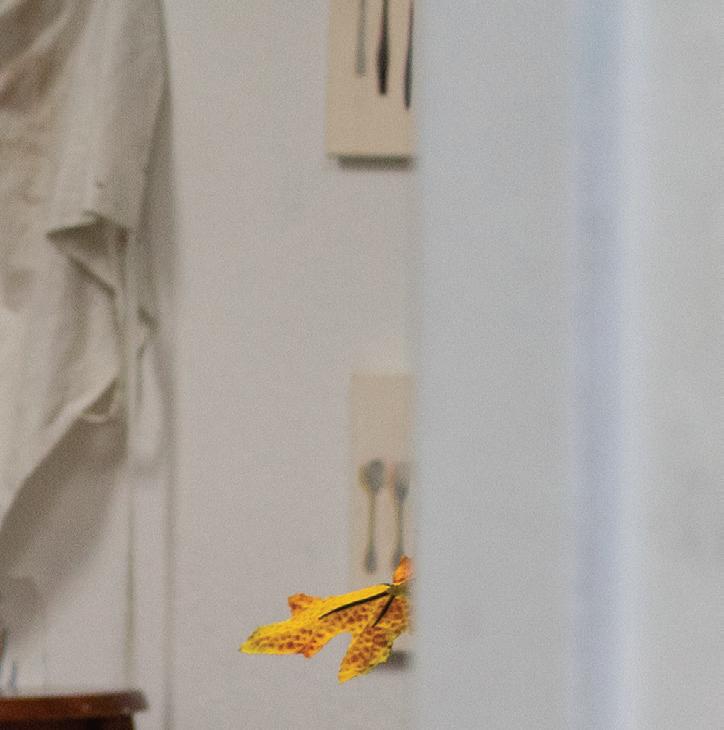

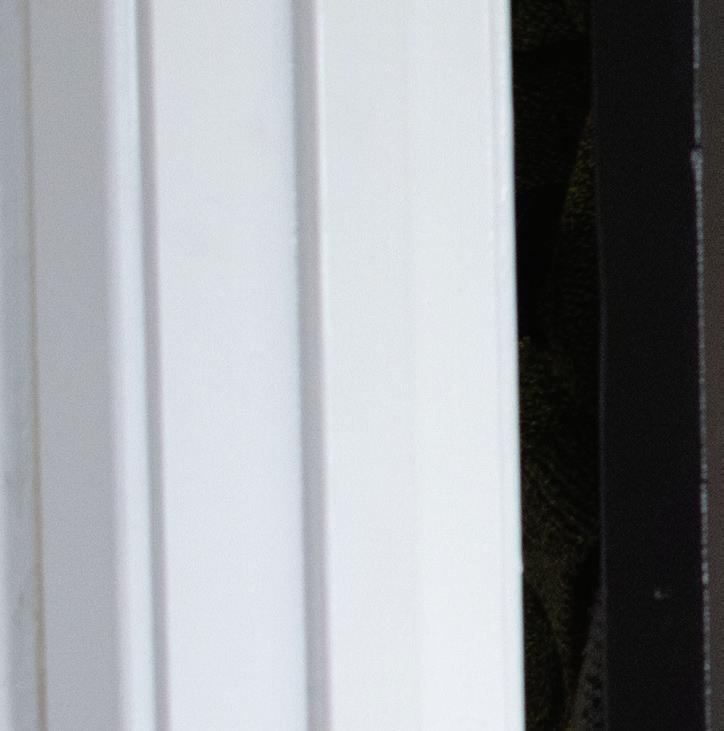


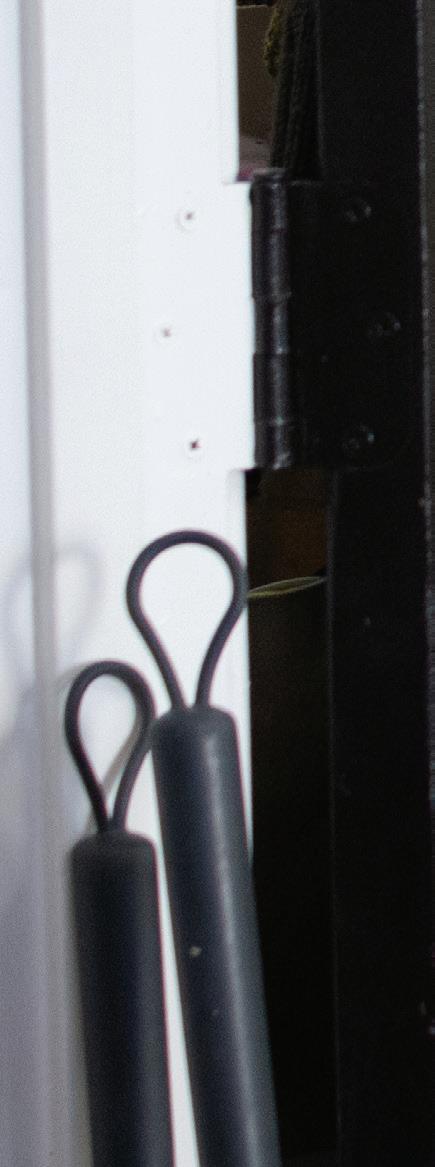


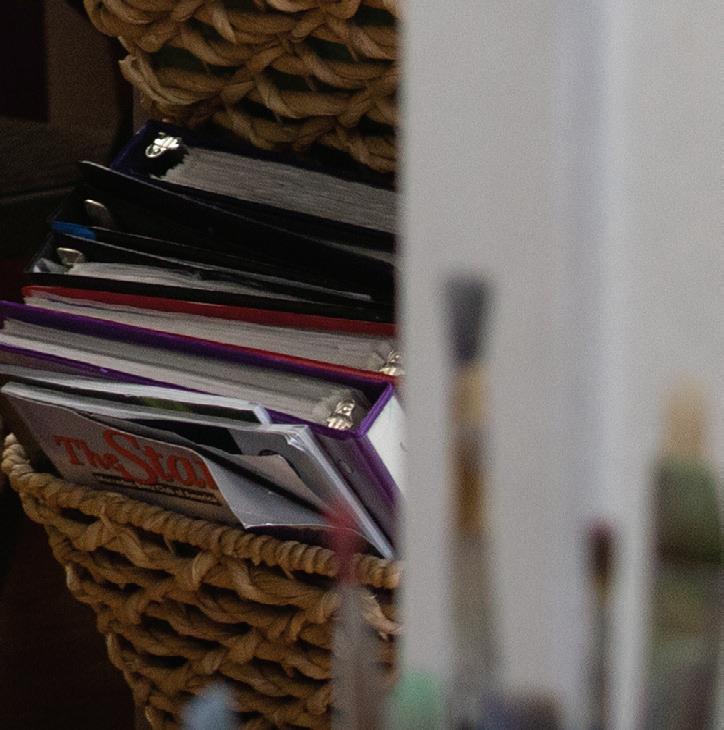


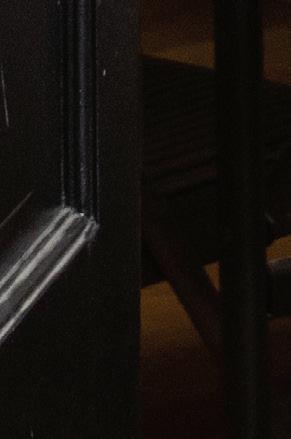

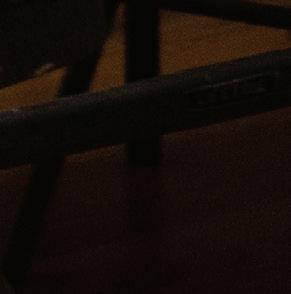

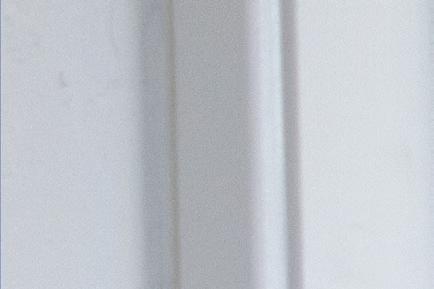





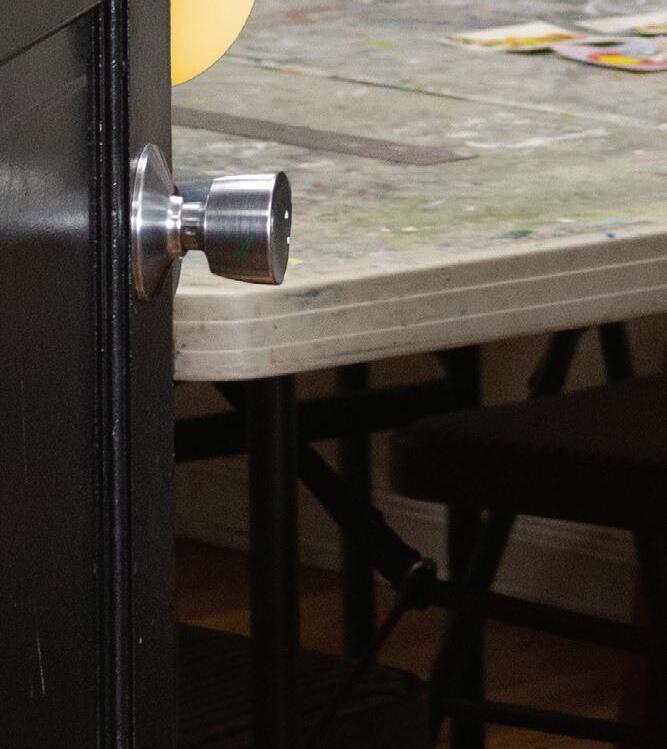

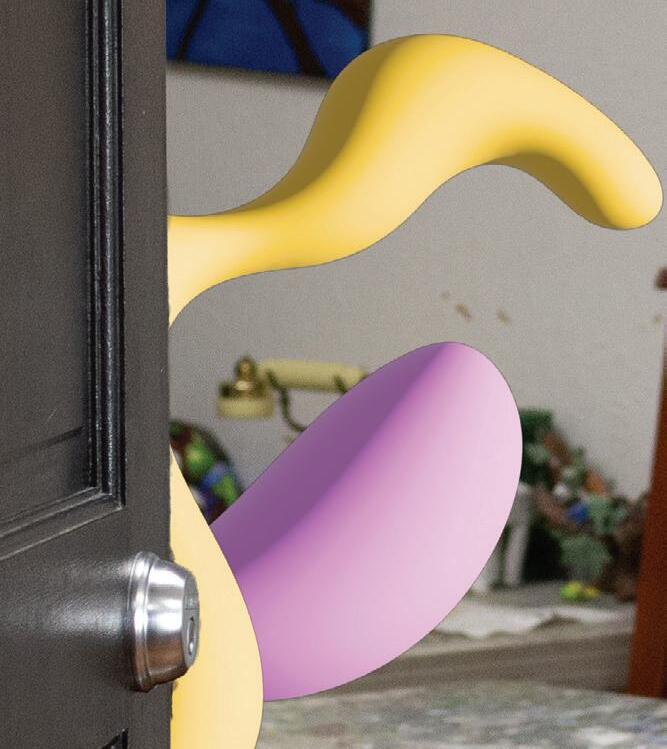

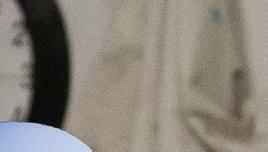
gallery to support your friend. It’s a lifelong relationship. So I feel like that’s what it looks like for not just me, but for everybody. And I dream of that for everything, especially those who think like, Oh, I’m so scared of college. No, it’s a wonderful thing. It’s going to hopefully take you in and turn you into like, more of yourself.” She also references some specific art colleges, like the High Art Center in Los Angeles, saying that “the job outcomes are really consistent. Like 100% of those people become either creators of culture or traditional corporate designers or teachers” (Nock).



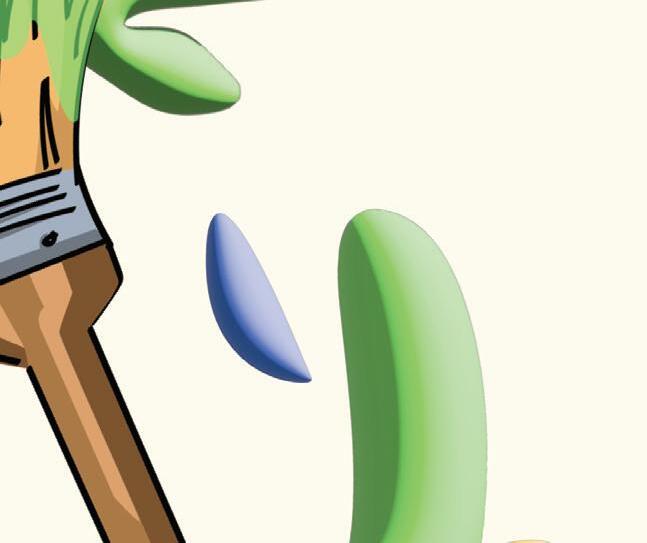









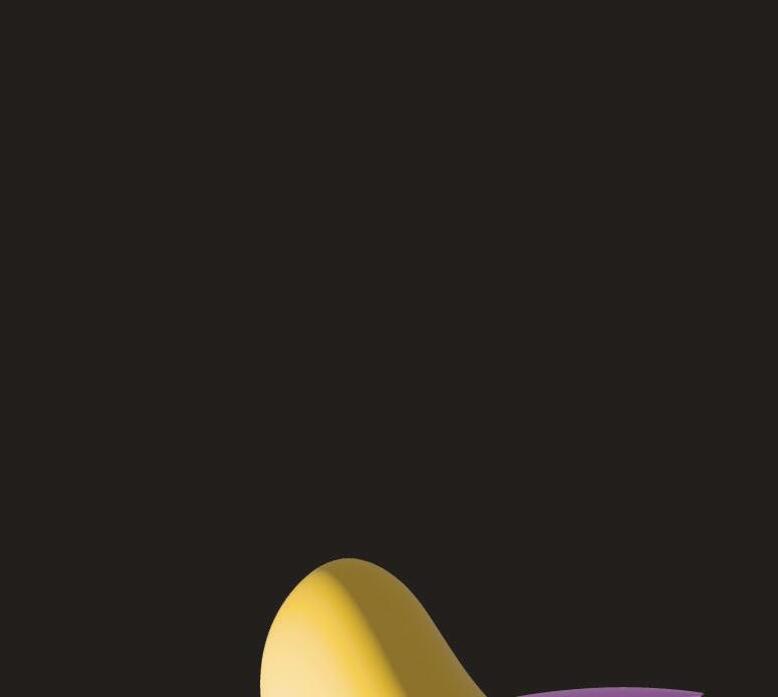



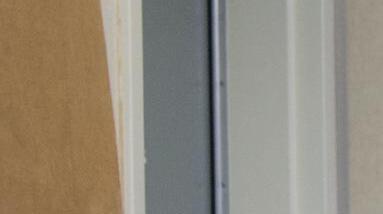







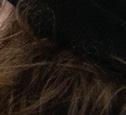
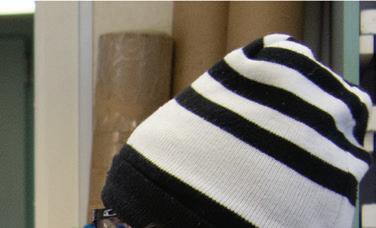










yourself.” in the right direction.


















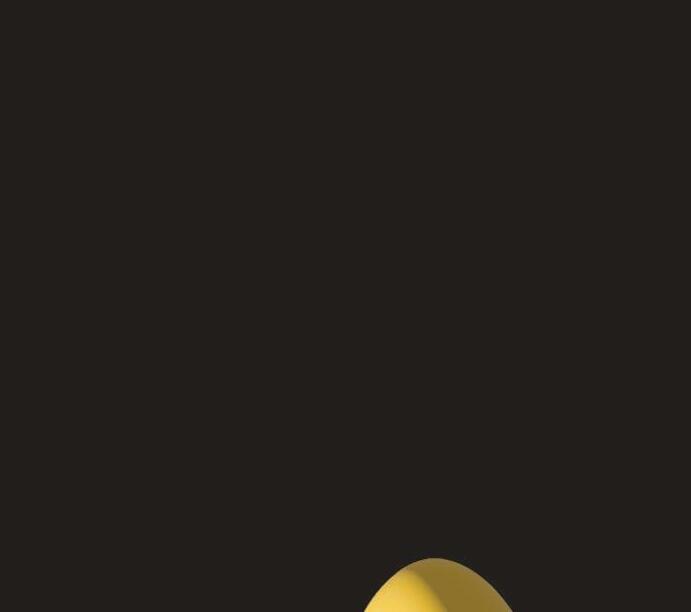


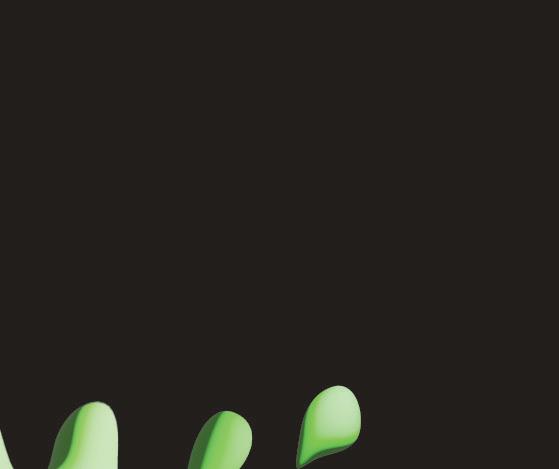




Although jobs in the art field may seem uncertain, there is a place for artists to thrive and spread their work. With the resources available at art colleges and the right approach, an art job is possible. However, similar to the “conformity” of art conservatories, you have to be willing to sacrifice some of your expectations of what that job may look like. It may take years to become the animation director or the sought out fine artist you wish to be, but that’s not to say that attending an art conservatory won’t give you a push
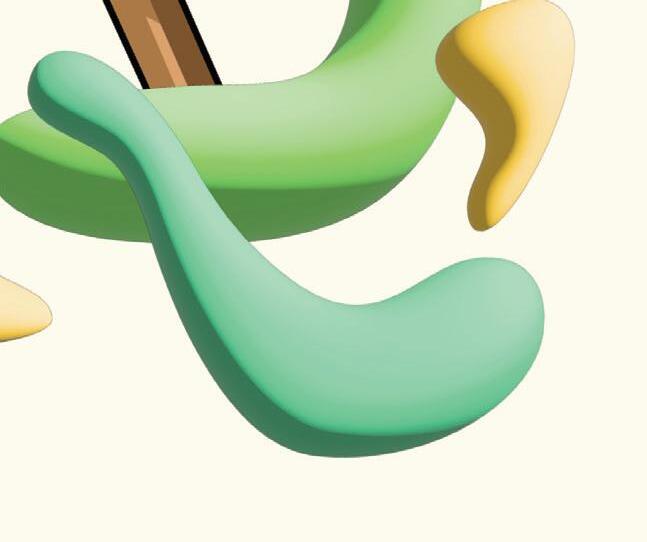


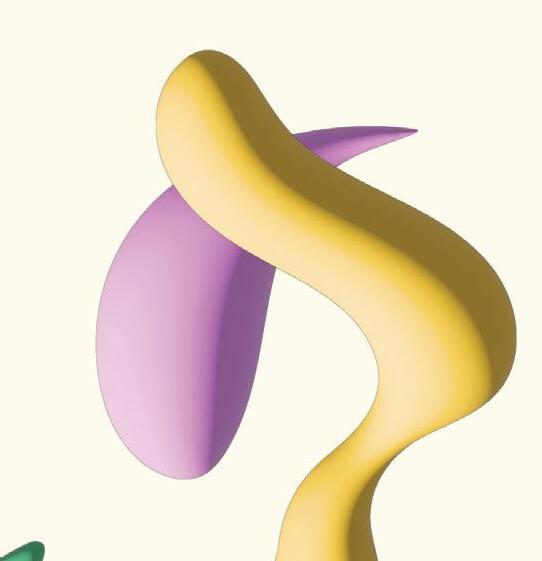
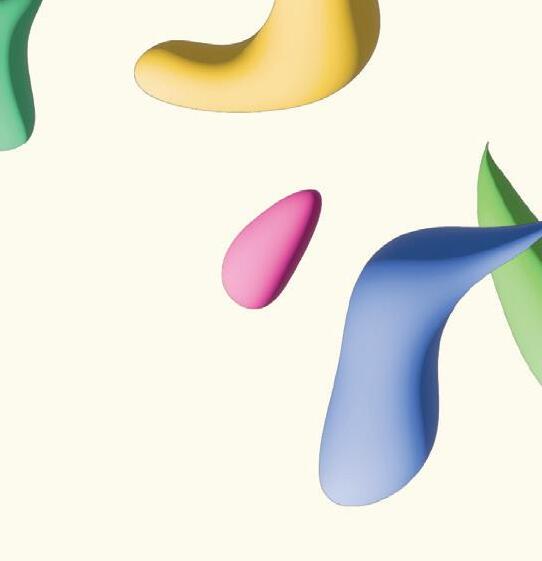
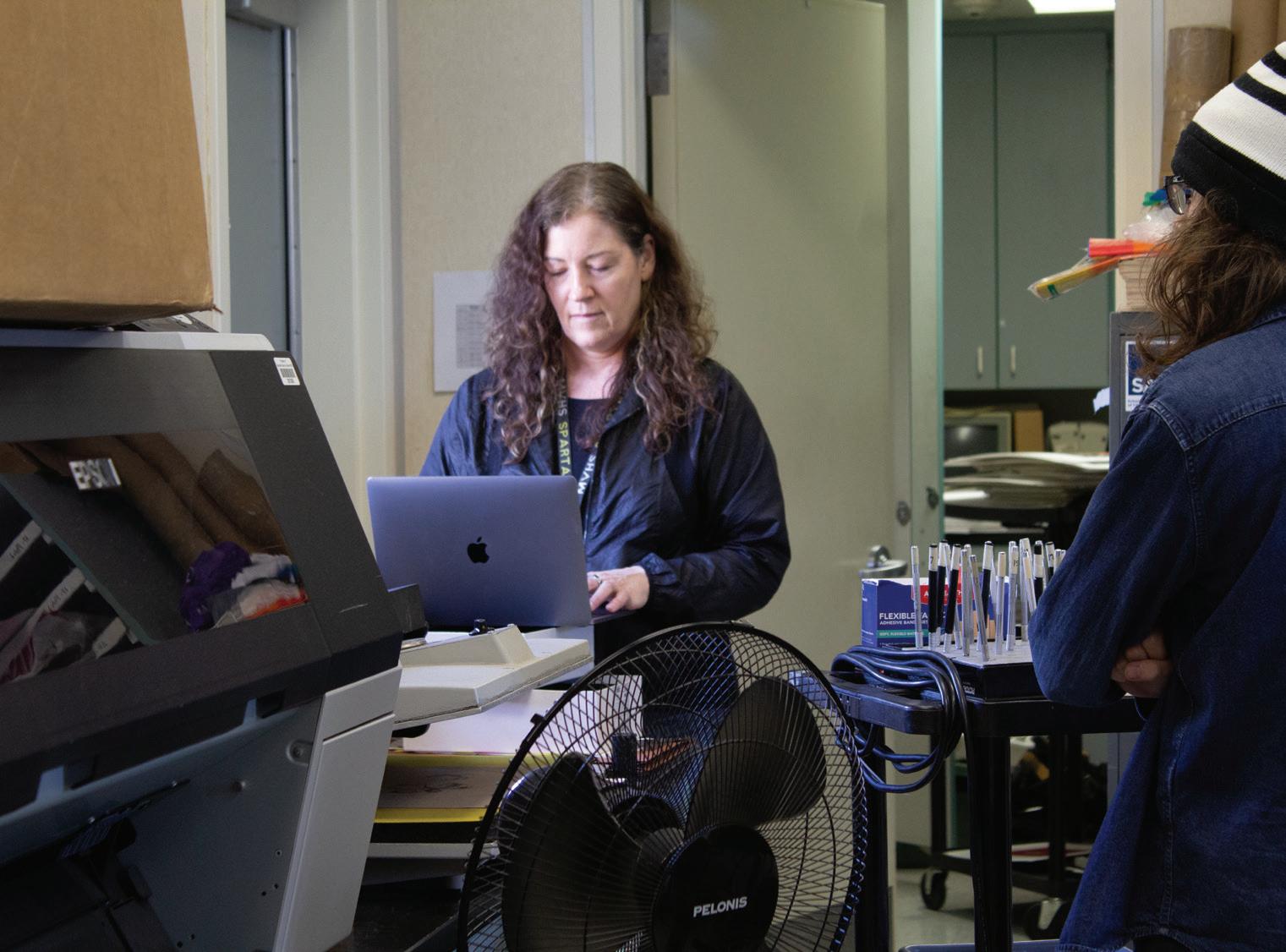 Lori Nock working with her student
next page photo: the MVHS photography classroom
Lori Nock working with her student
next page photo: the MVHS photography classroom
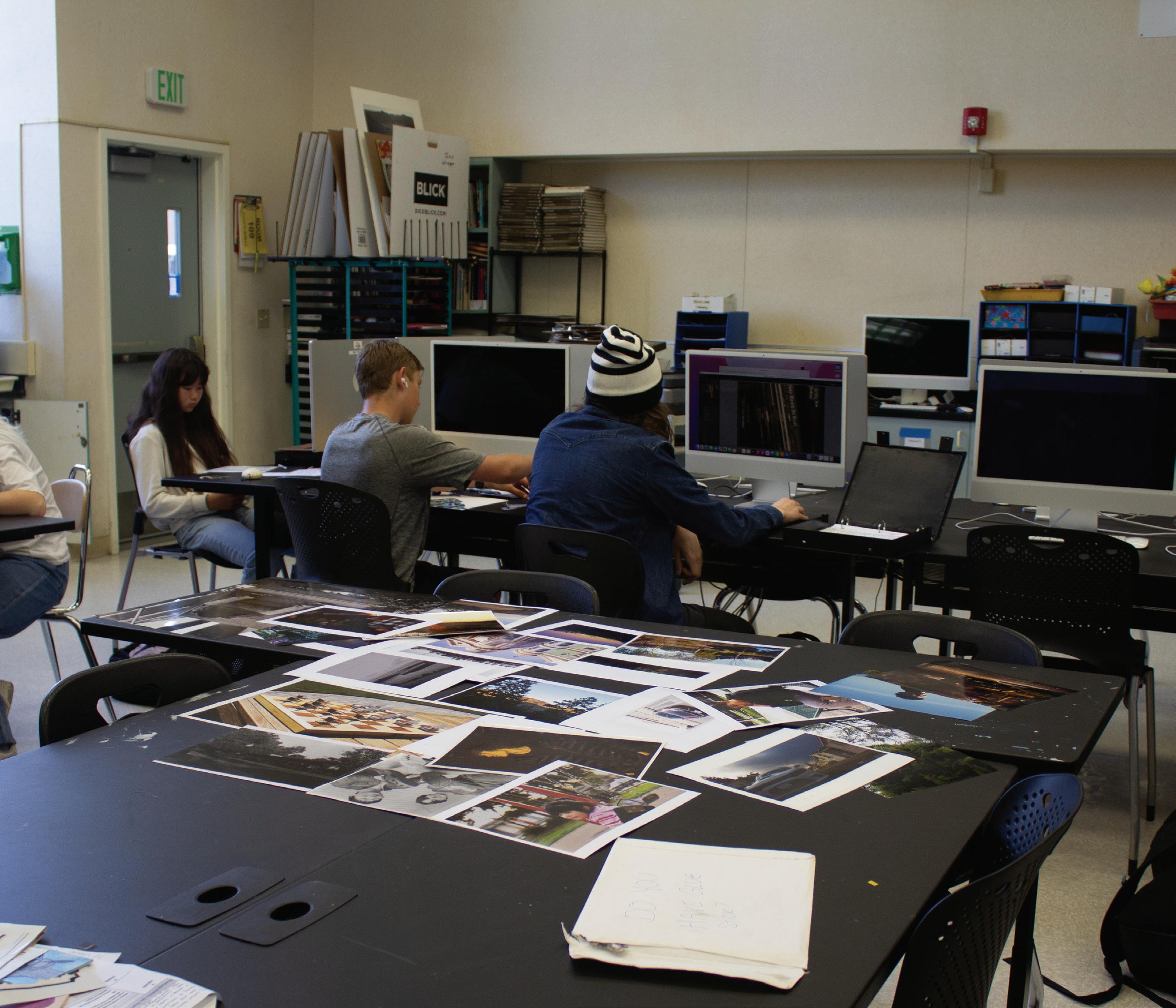
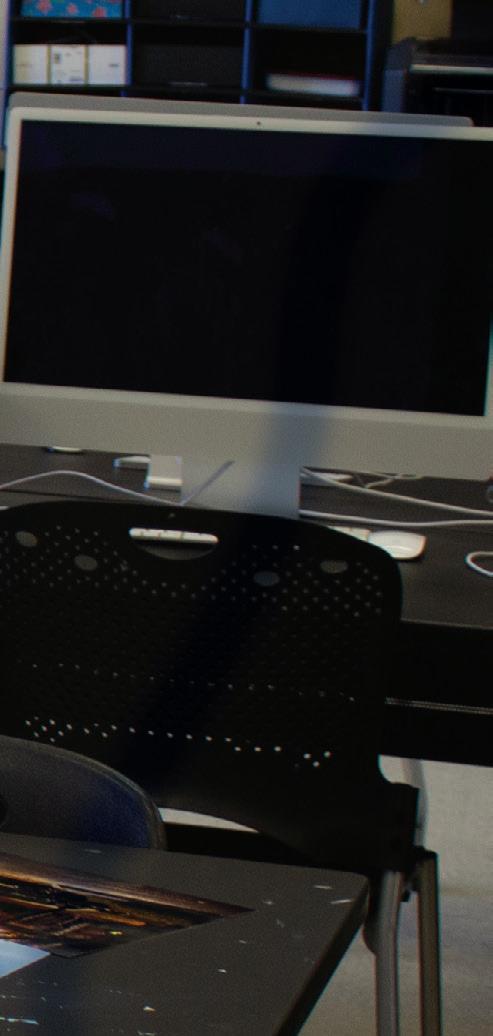
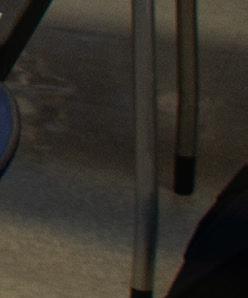
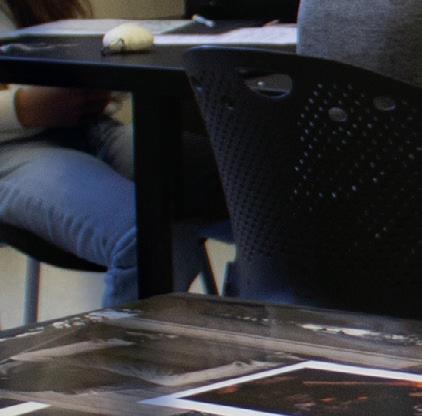
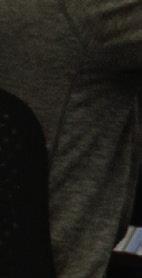



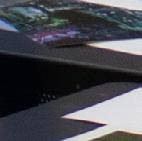
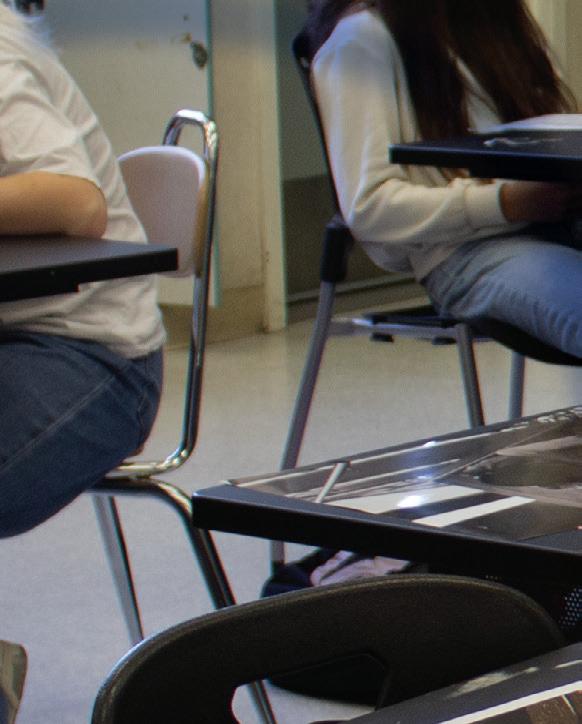

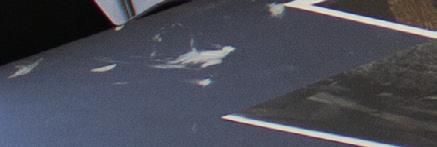
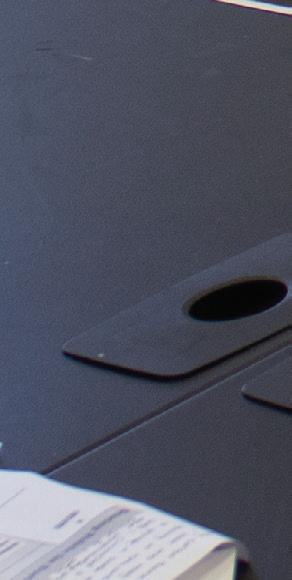

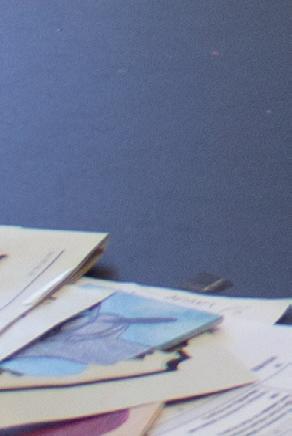







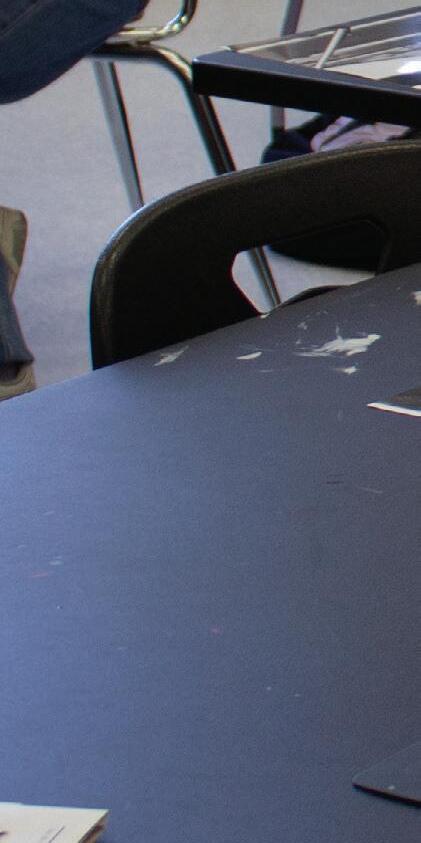
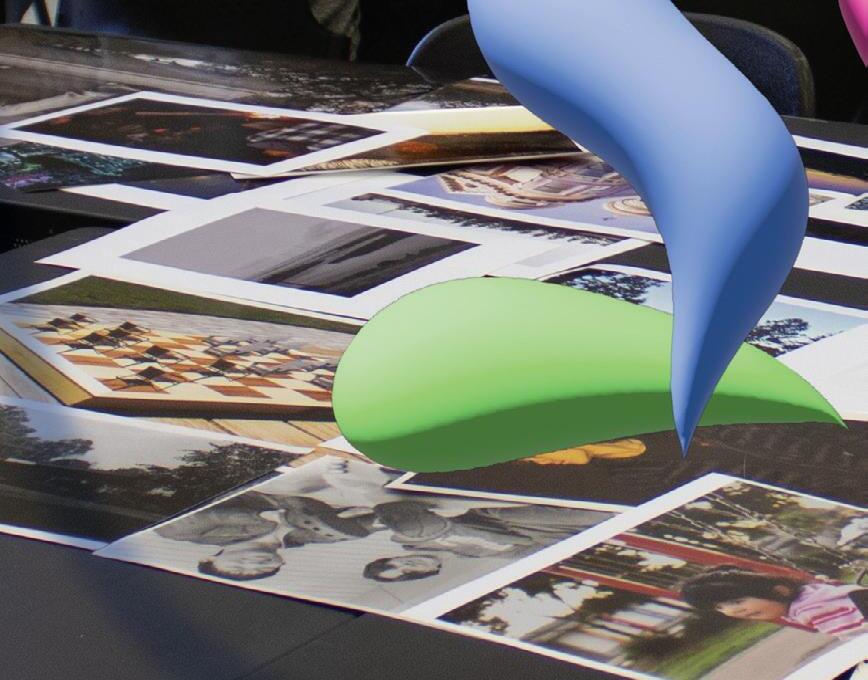

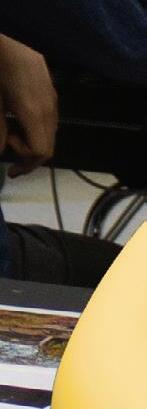
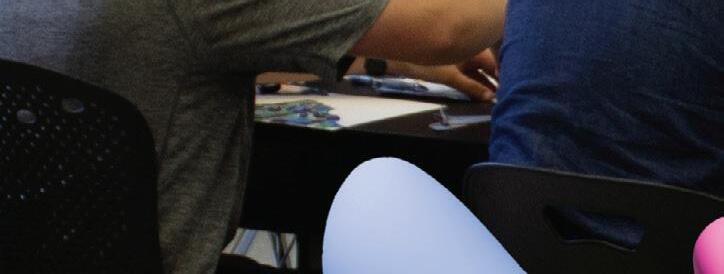




“it’s a wonderful thing. It’s going to hopefully take you in and turn you into like, more of yourself.”
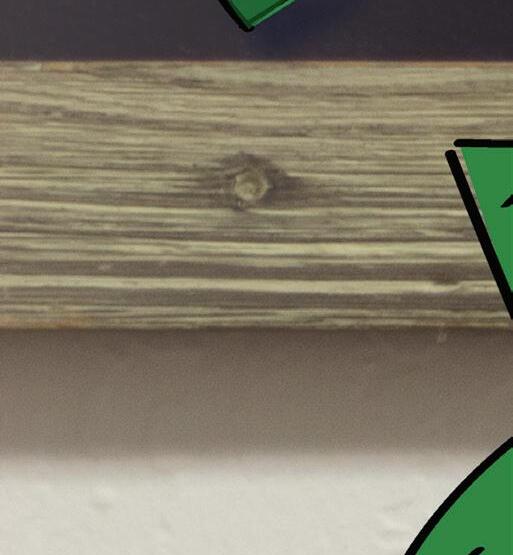

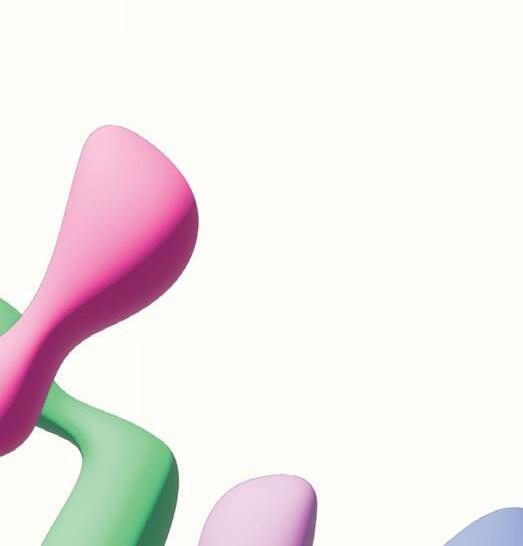
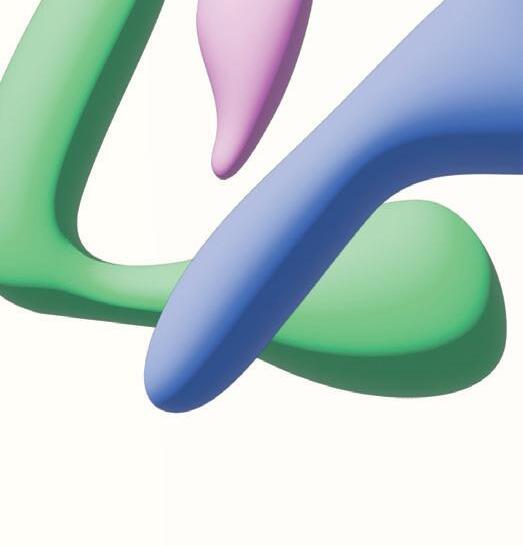






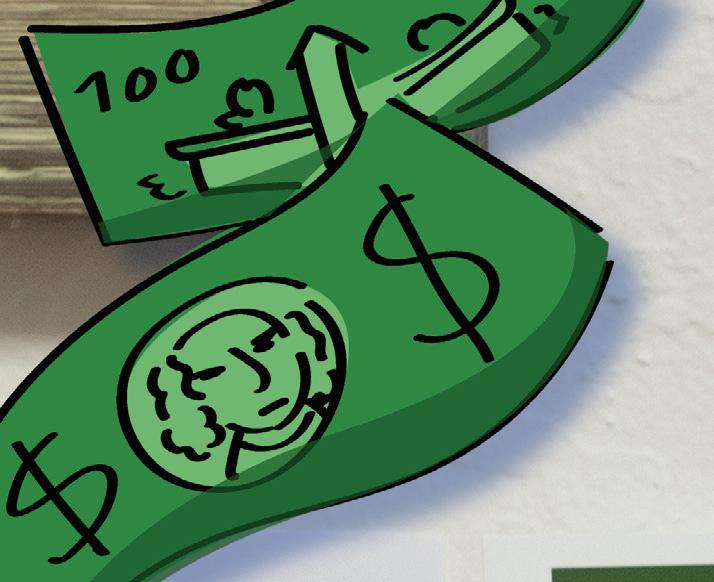


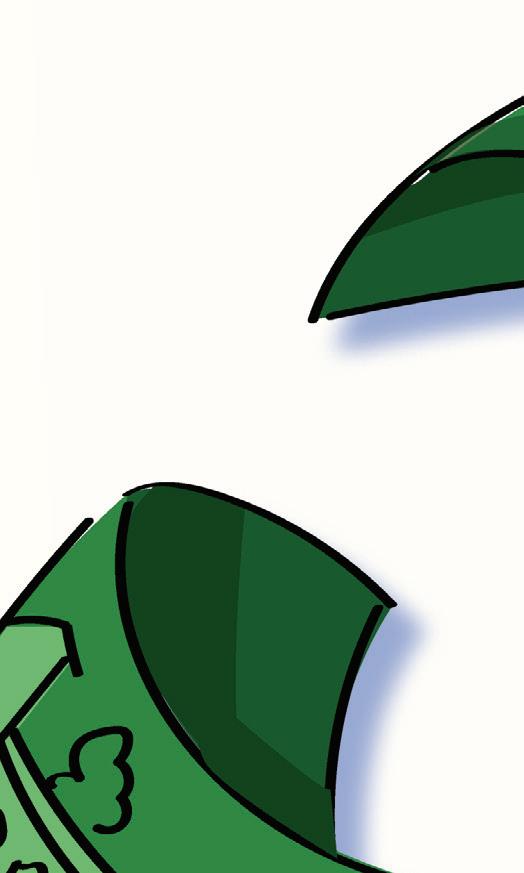

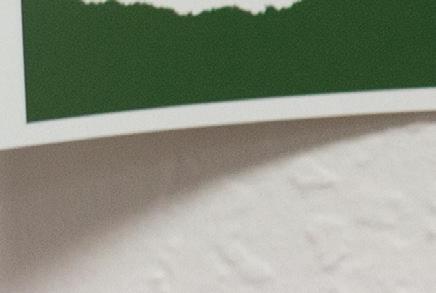

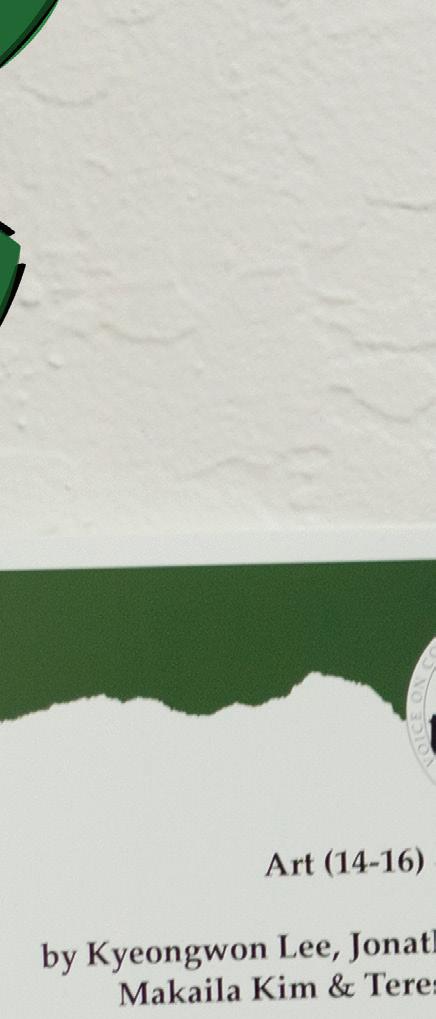








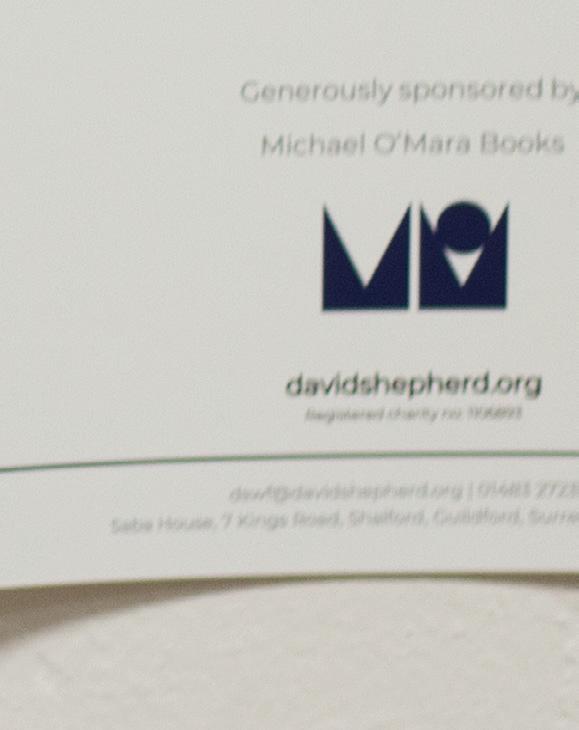
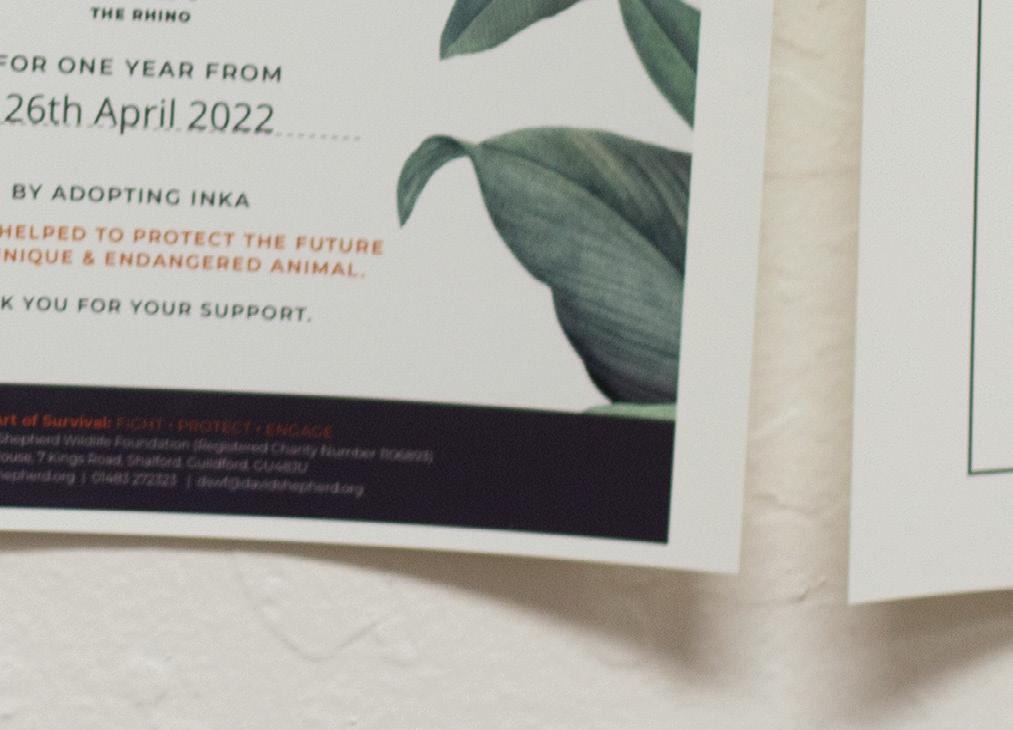
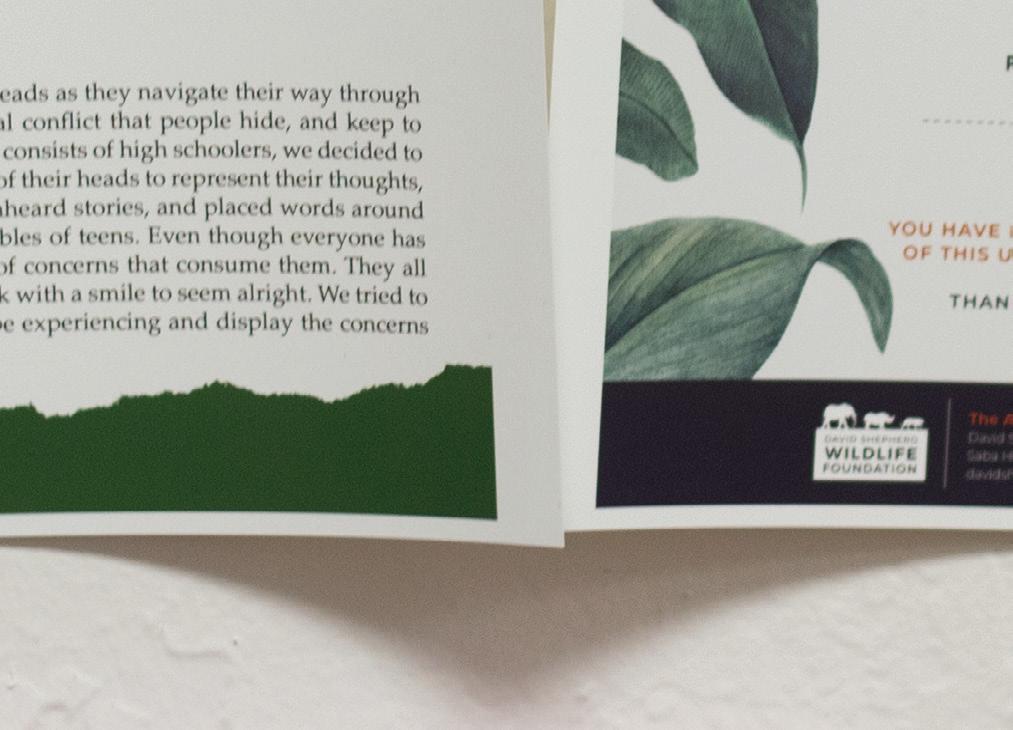


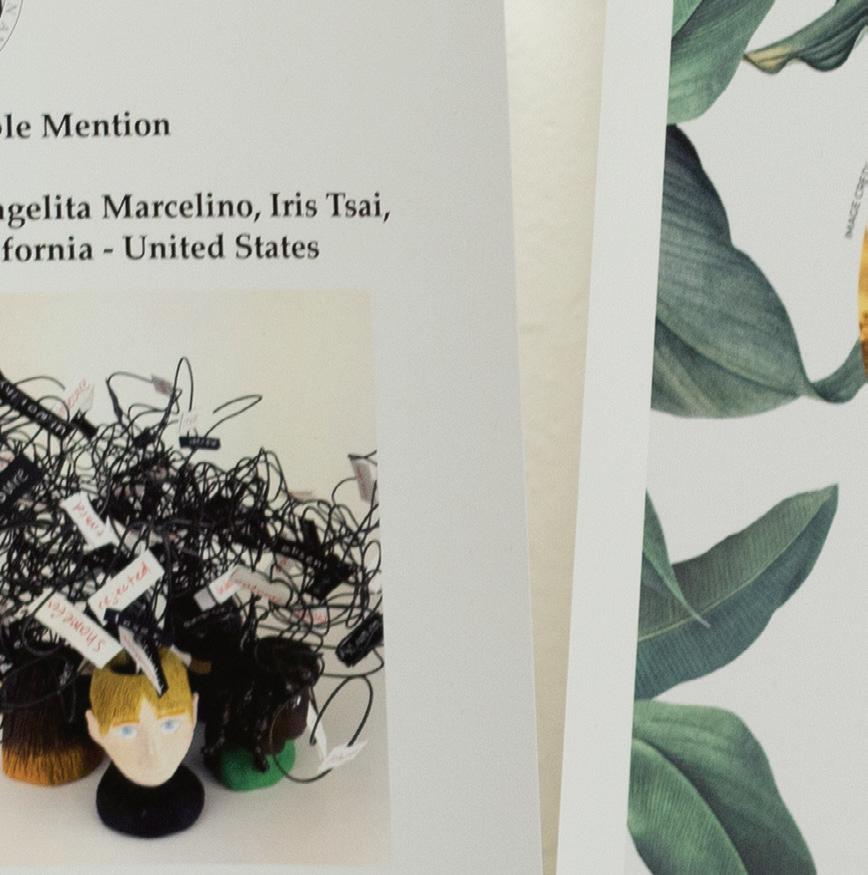
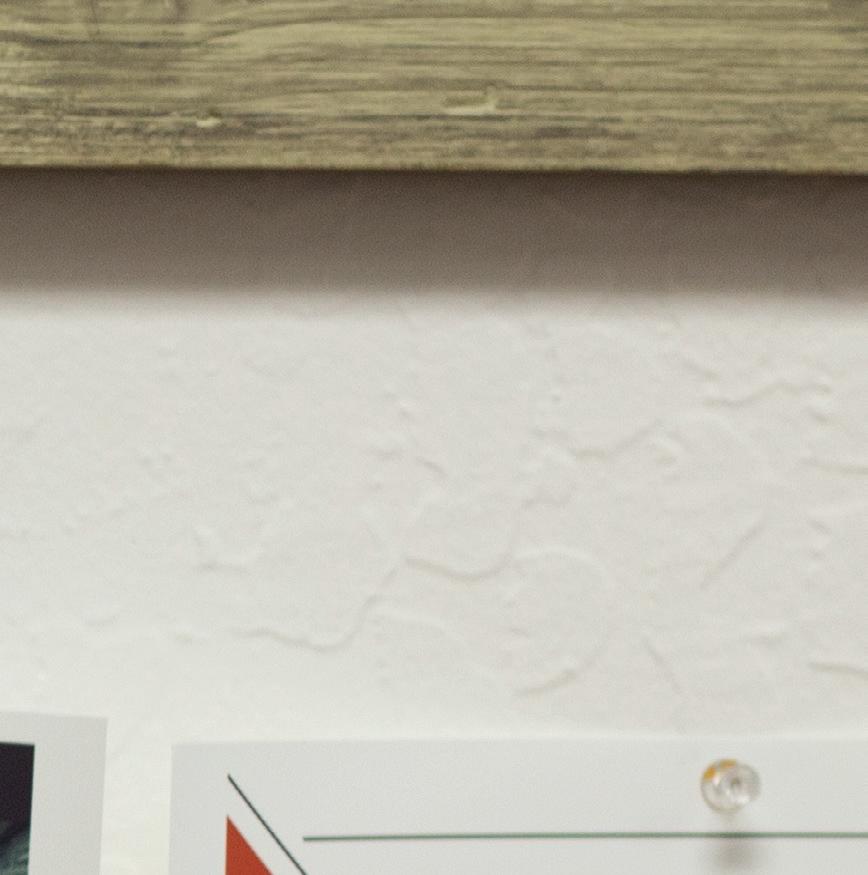
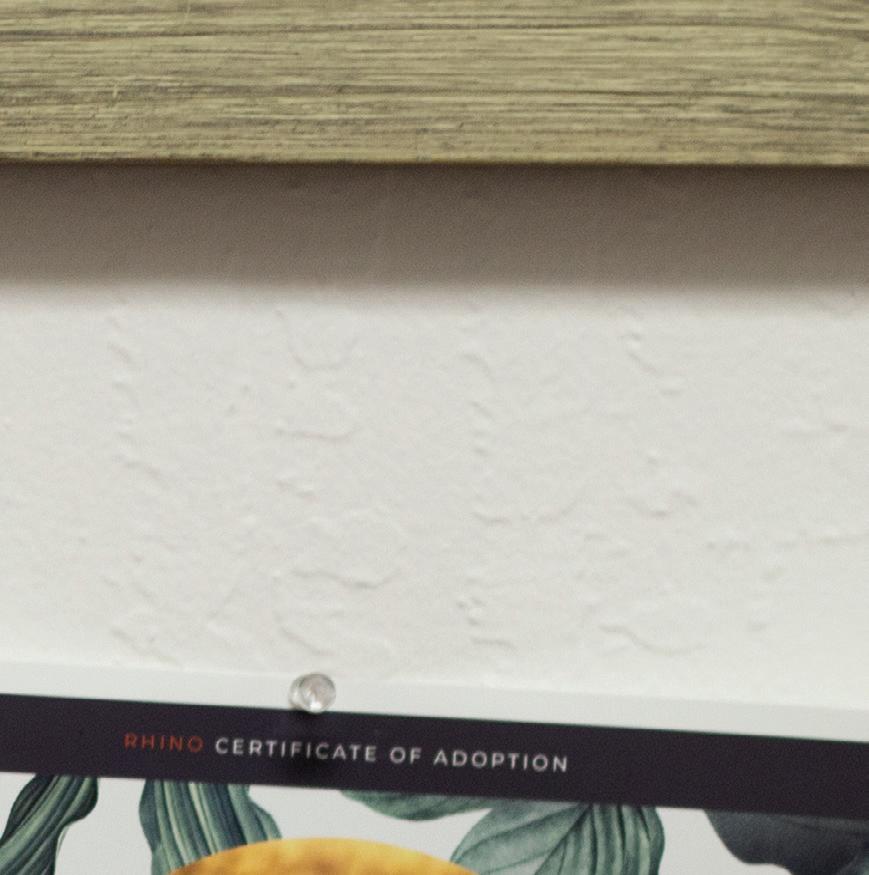
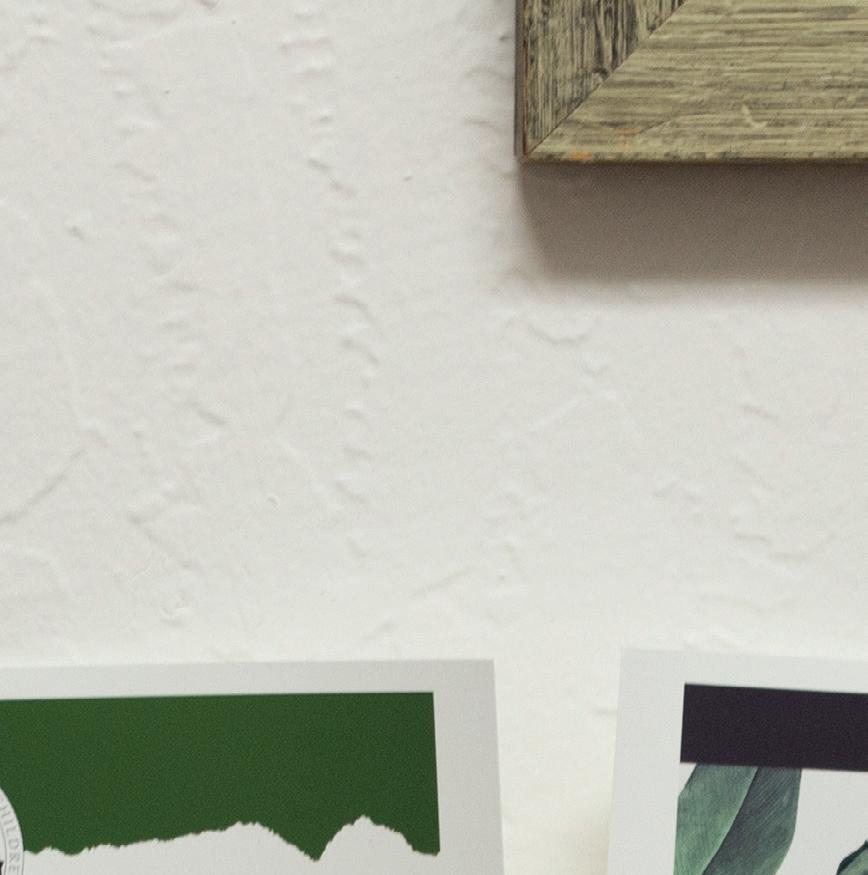
“Is it even worth it?” “Should I just go the more reliable route?” “Can I even afford art college?” Not only is there the possibility of a dead-end after graduating art school, but most students fear that not only will they not be able to earn money, but they’ll be in debt because of the high expenses of art school. Wang illustrates this problem: “Art schools are notoriously expensive. It’s hard to justify the cost of going to art school a lot of the time.” In a world where college can bury a student in debt, is it worth picking a major that may not pay back the cost?

According to the data, the average debt in 2022 for a BFA - Bachelor in Fine Arts - was $26,470, within the top 15 majors for highest student debt. Furthermore, the average debt for a Master’s in visual arts was $63,830, second highest major for student debt under dentistry and oral sciences (Hanson).
This student debt stems from the steep prices of art college. The annual tuition for RISD is around $57,505, in addition to living costs of $18,734 for both on and off campus living. At the School of the Art Institute of Chicago, the annual cost is $54,530, with living costs that range from $12,300 to $18,734. The California Institute of the Arts, also known as Calarts, had a similar tuition of $55,056. It’s important to note that these prices don’t include the books and supplies needed for classes. The high prices of art supplies could add another thousand dollars to these costs.
So why is art school so expensive? Is the payoff worth it? Julia Barajas asks these questions to Ravi Rajan, president of CalArts, who answers that
“students rarely pay the sticker price” and that “90% of students receive scholarships, most of which are need-based” (qtd. in Barajas). Rajan holds an interesting viewpoint on the matter, noting that “you’re using the terms of capital - of buying and selling and investing - for education, which is not a salable good”. Instead, he believes that you should weigh the cost of art colleges with other aspects, such as resources or education quality. Rajan states that “Can I afford college?’ is the wrong question…Frankly, I don’t think anyone can afford not to get educated” (qtd. in Barajas). He also brings up that there are many different paths to becoming an artist, whether it’s going to community college and eventually transferring into a different school, or choosing a cheaper option. However, Kim holds a more realistic view of student debt and tuition costs. He finds that “if you have the capability to pay off a debt quick, then you would stand to gain more out of going to art school” (Kim). He emphasizes this point by saying that it “is a financial burden. If I remember it right, it was like $60,000 for tuition for one year…but if it’s only for the sake of gaining connections, really, at this point, I’ve seen a lot of people offer online courses that are essentially the same as (art colleges), if not better.” Kim remembers observing his classmates around him, some who weren’t fortunate enough to pay off student debt right away or who weren’t fortunate enough to find a job in the art industry immediately after graduation. Most art colleges are very prestigious, and “student debt being very, very prohibitive to a lot of people being able to go in the first place, I would say it’s not worth trying to scrounge hundreds if not thousands of dollars” (Kim).
“student debt being very, very prohibitive to a lot of people being able to go in the first place...it’s not worth trying to scrounge hundreds if not thousands of dollars”
Most see art majors as being even riskier than more academic majors, in terms of job preparation and job security in the field, making high tuition costs even more of a jeopardy. When asked about it, Kim answers that “you’re not going to be guaranteed a job straight out the gate unless you work towards it. And if you don’t work towards it, then you’re not going to get anything out of it.” He explains that you need to stand out in a modern world filled with so many readily available artists, and that you have to be willing to fully commit and be sure that you have something unique to say if you choose to follow the art route. He finishes it off by saying that if you don’t have any real aspirations, then it’s definitely safer to just go for the academic route.”



There are many paths you can take in order to best fit your financial situation, and if you wish to go to an art conservatory but student debt may be an issue, it’s probably best to take a different route. However, there is a way to reduce the sticker price of art conservatories through art scholarships.
















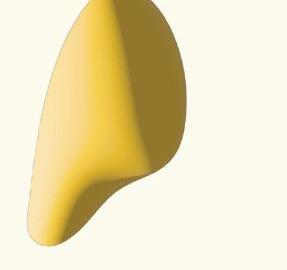


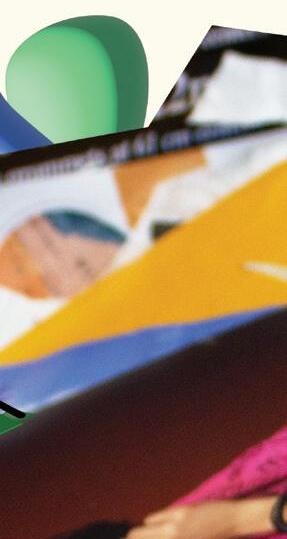
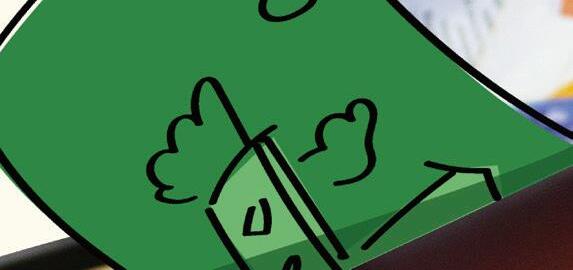

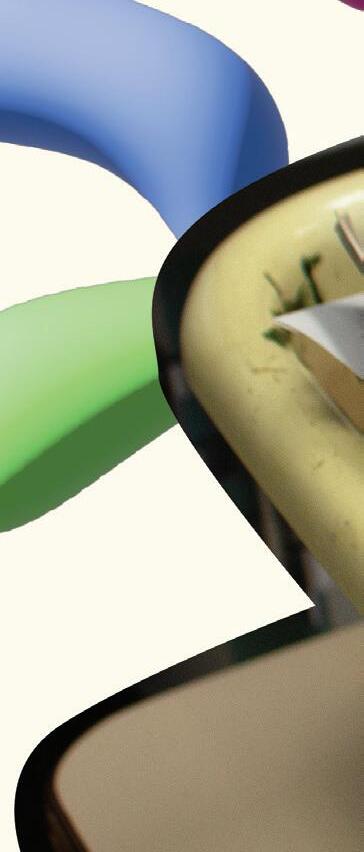






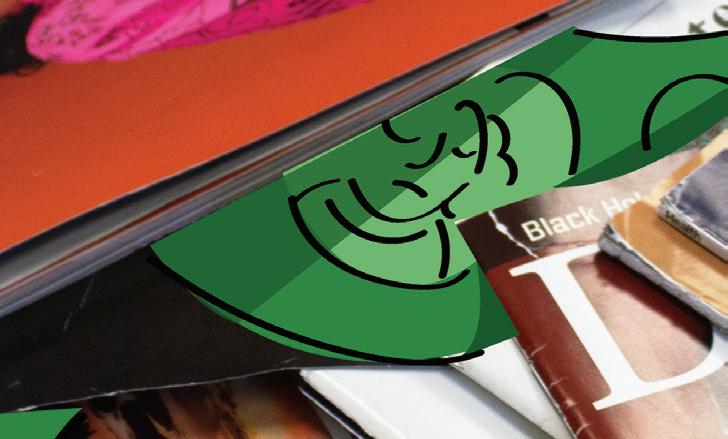



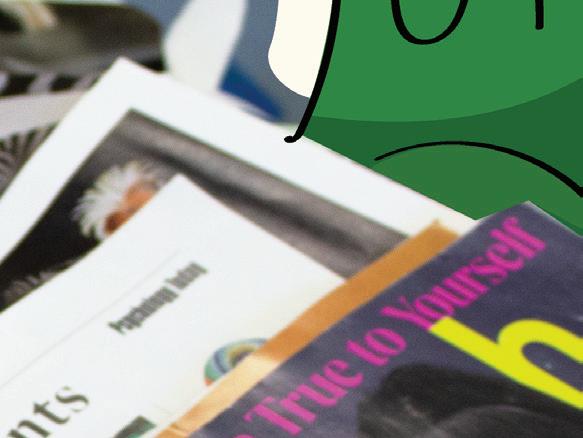


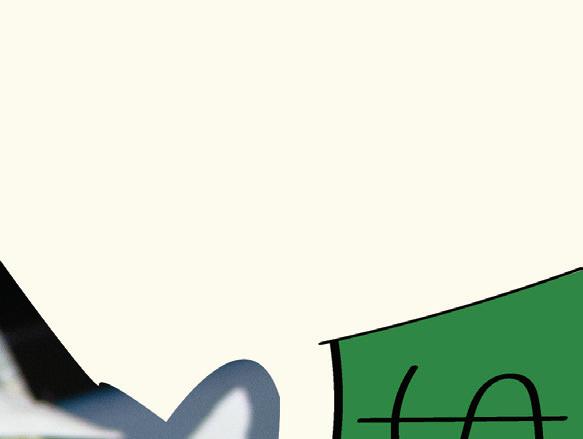













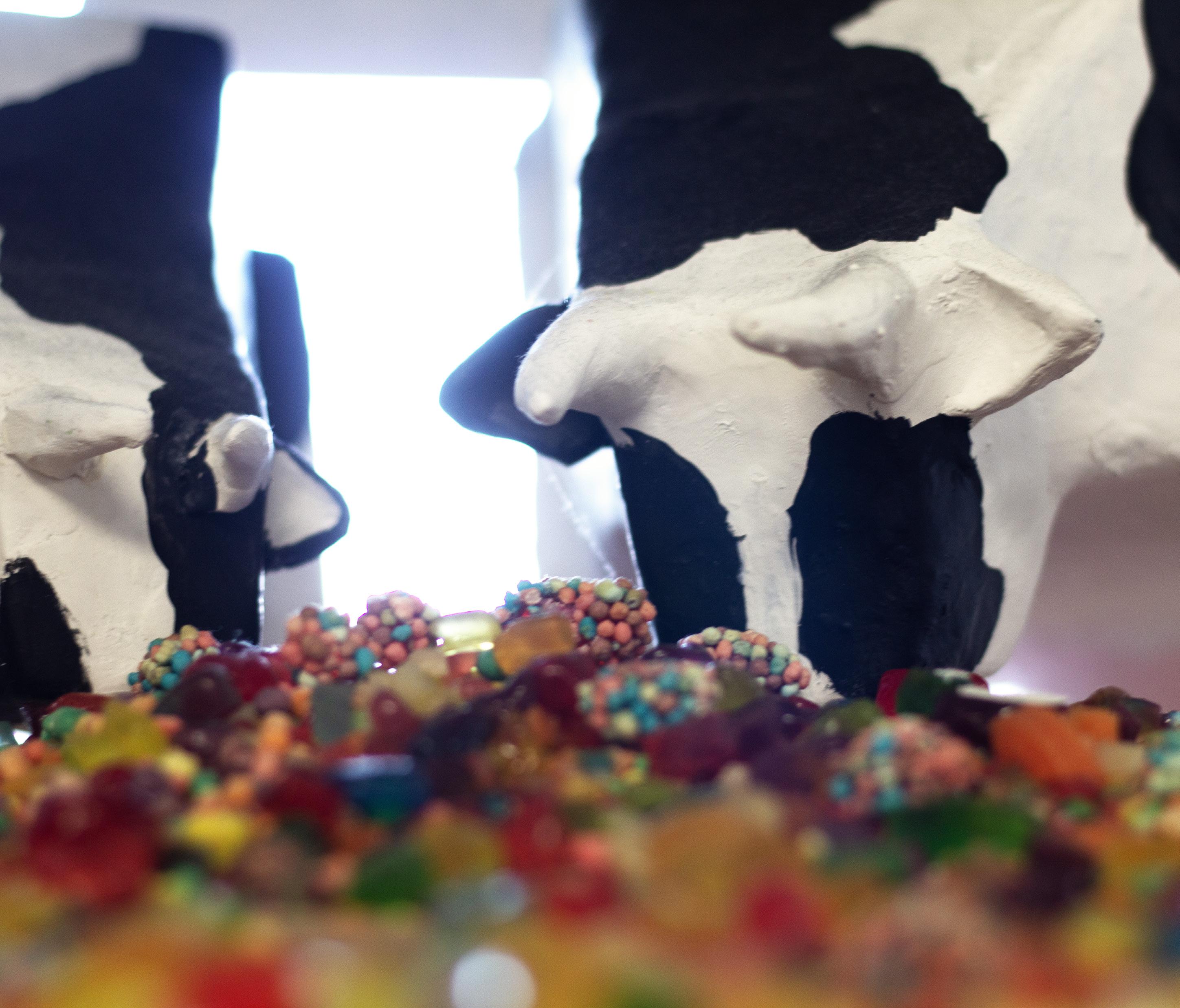
At the end of the day, whether art college is right for you or not is a personal decision. There are many factors to weigh, all of which differ from person to person. The most important factor is confidence in your decision. If you’re feeling hesitant about the risks and you’re unsure about the student debt aspect of art conservatories, there’s always the option of going the more academic route with a minor in the arts. There are many different routes to follow, and the one you go down will be the best fit for you. If you’re passionate about art and would like to pursue it further, an art conservatory will help you further your skills. Despite what naysayers will argue, there is a future for upcoming artists in the industry.
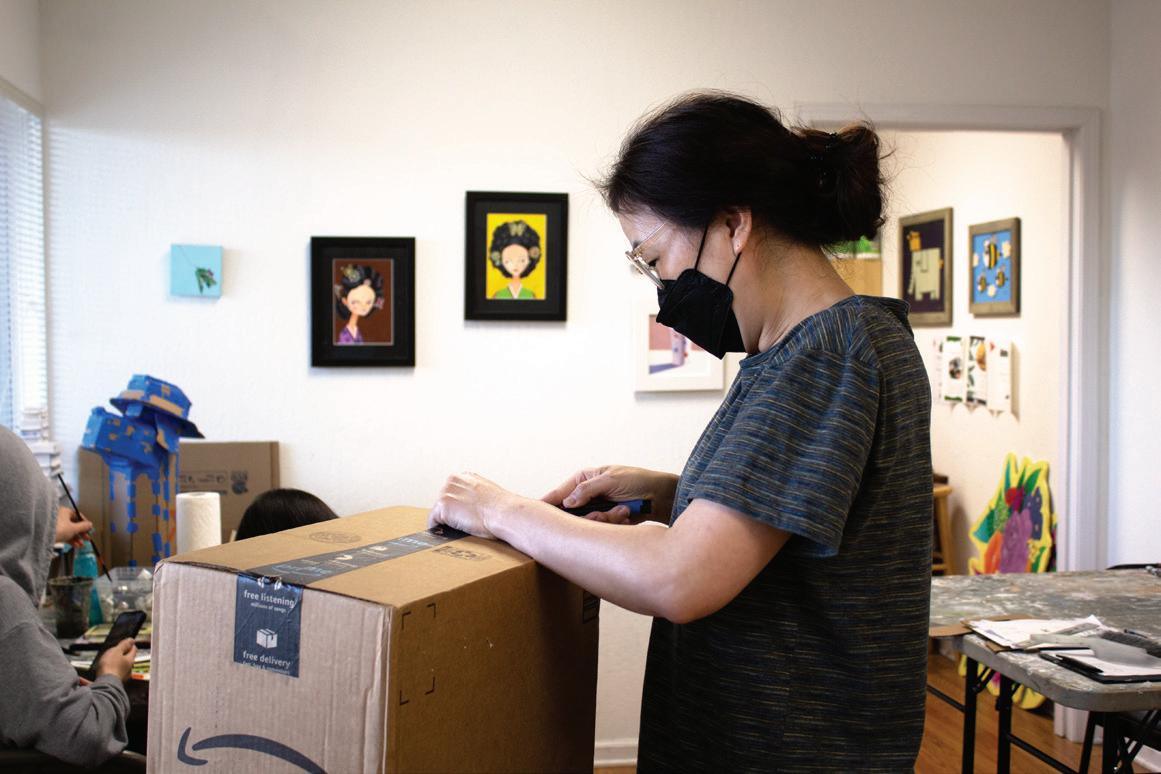


At the end of each of my interviews, I asked my interviewee this question: “So in your personal experience, is art school worth it?” Each and every interviewee said yes, whether it was because of the memories they made, or the person they learned to be at art school, or the resources they were given. They all found value in their time at art school.
None of my interviewees became rich, renowned artists or global phenomenons. In fact, they all circled back to art education after they graduated. They became art teachers who teach the newer generation how to paint and draw, like how they were taught when they were young. And although this isn’t the image many high school art students imagine when imagining a future after college, it isn’t necessarily a bad one. You can be passionate about art and you can continue a career in the art field, all while passing on that passion onto others. Haelee Choi says it best: “I found out that it’s my destiny to be a teacher. I want to shine myself, but I’m good at making other people shine. That’s the life of an educator. I shine through my babies.”
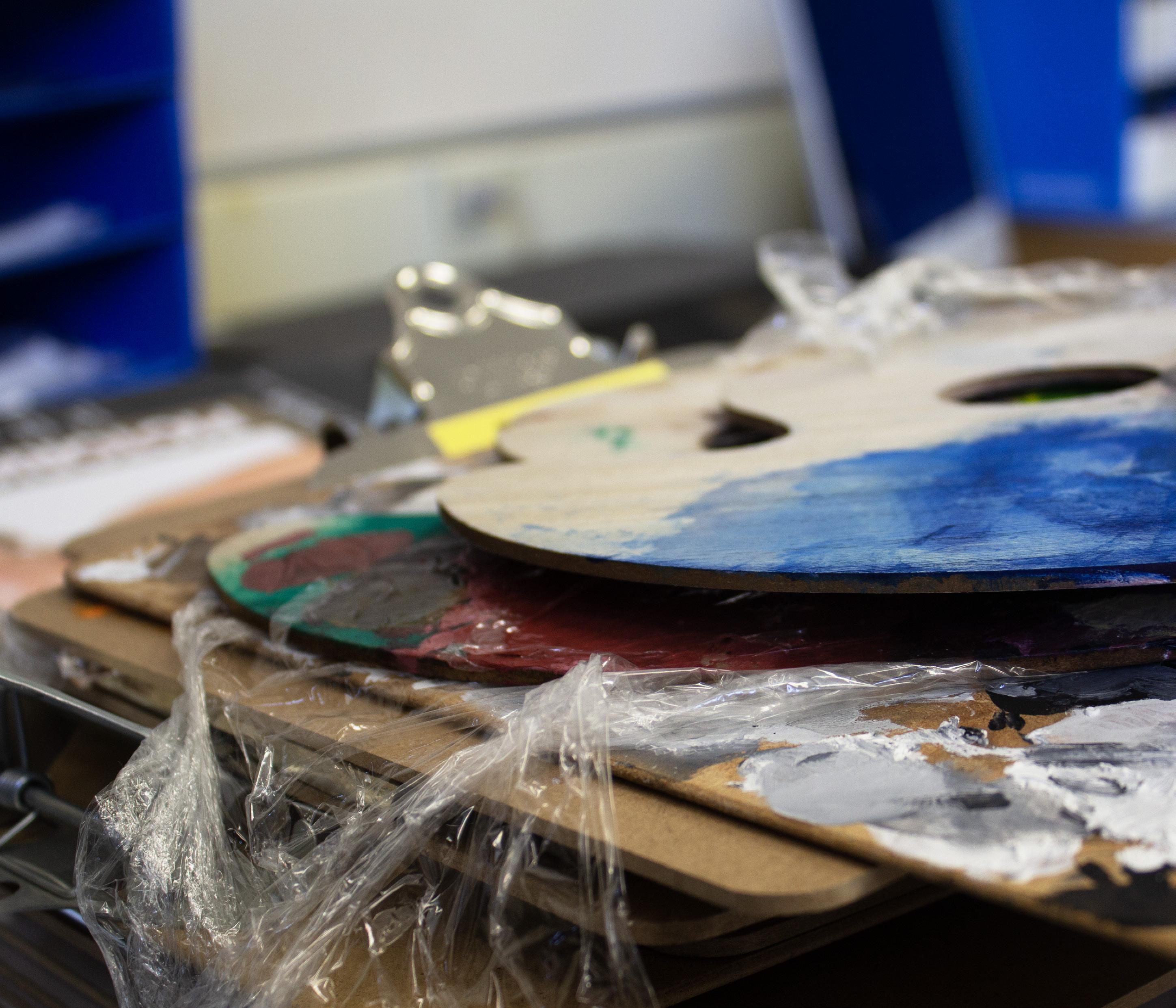
Brara, Noor. “Should I Go to Art School?” The New York Times Style Magazine, July 6, 2022, https://www.nytimes.com/2022/07/06/t-magazine/shouldi-go-to-art-school.html

Choi, Haelee. Personal interview. March 1, 2023.
“Fine Arts College Tuition Comparison.” Univstats, Accessed April 17, 2023, https://www.univstats.com/comparison/fine-arts/cost-of-attendance/.
Hanson, Melanie. “Student Loan Debt by Major.” EducationData.org, November 13, 2022, https://educationdata. org/student-loan-debt-by-major.
Hoffa, Harlan E. “The Relationship of Art Experience to Conformity.” Studies in Art Education, vol. 1, no. 2, 1960, pp. 35-41.
Kim, Samuel. Personal interview. March 31, 2023.
Nock, Lori. Personal interview. March 14, 2023. Nock, Lori. Personal interview. March 15, 2023.
“Pratt Institute - Main Graduation Rate & Retention Rate.” www.collegefactual.com, Accessed April 14, 2023, www. collegefactual.com/colleges/pratt-institute-main/academic-life/graduation-and-retention/
Wang, Blaise. Personal interview. March 30, 2023.
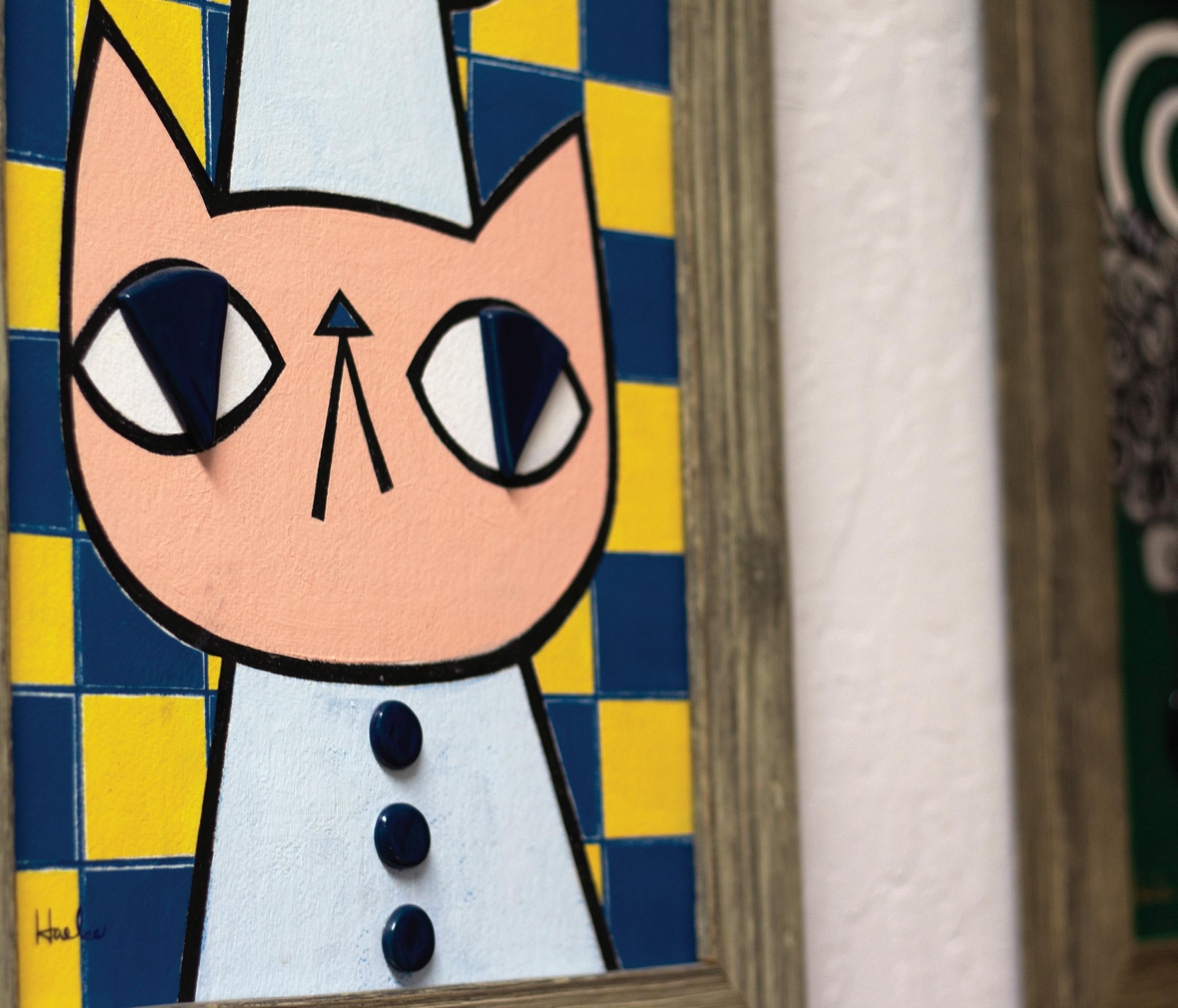
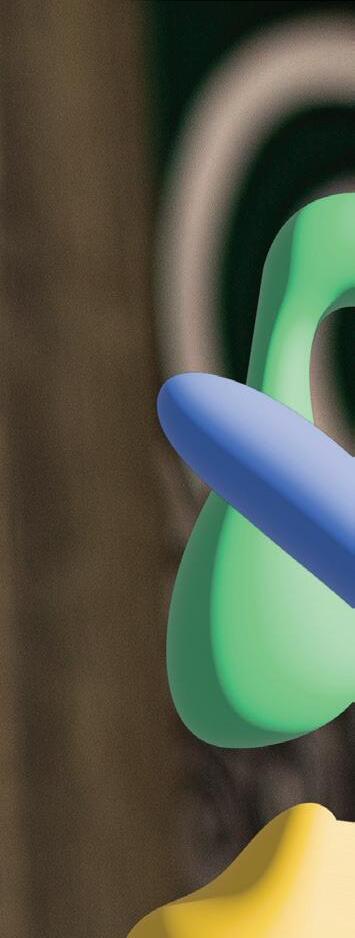

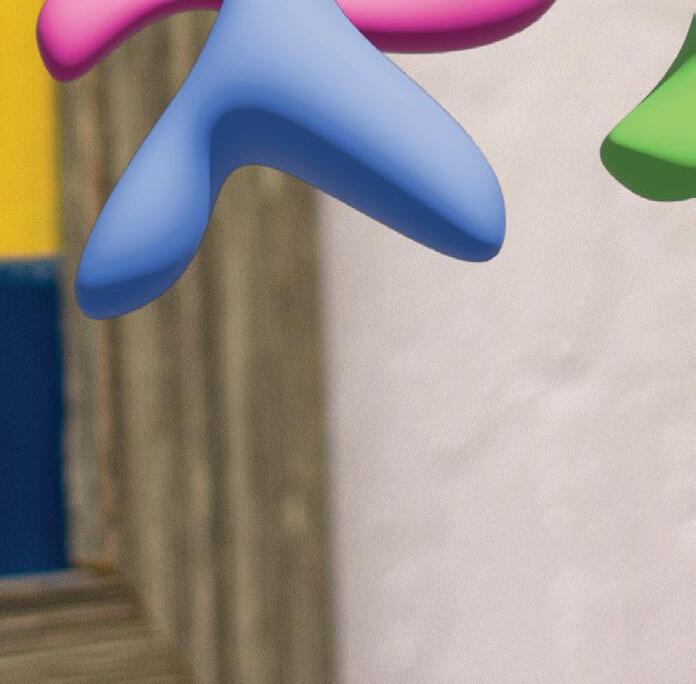
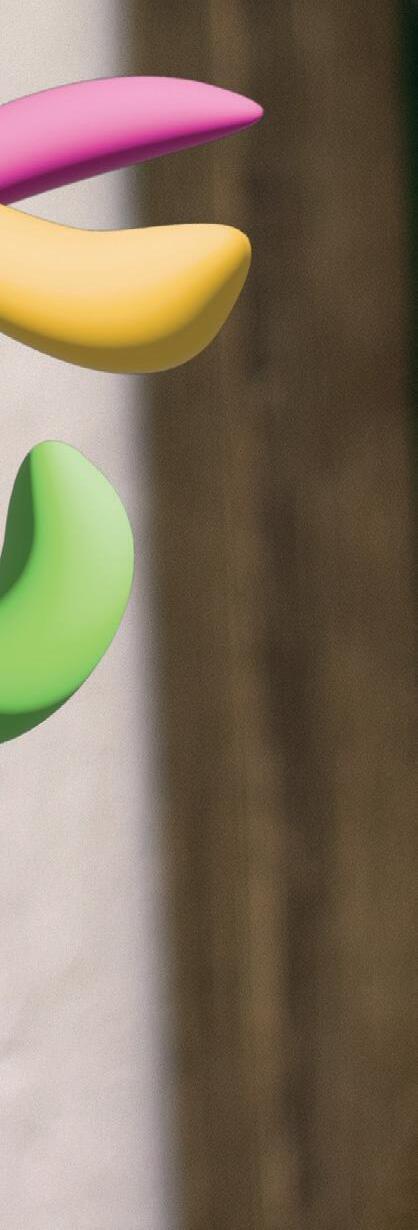



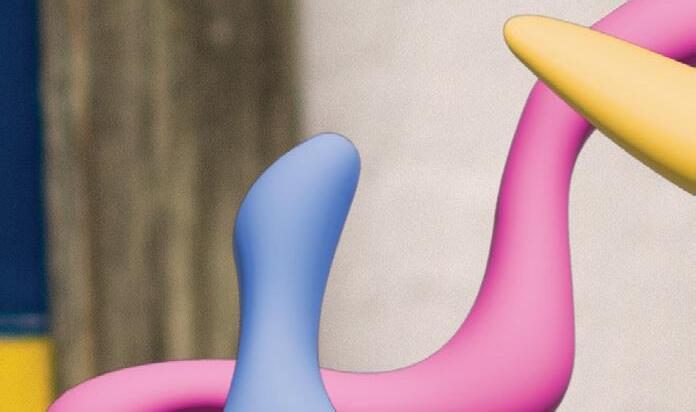













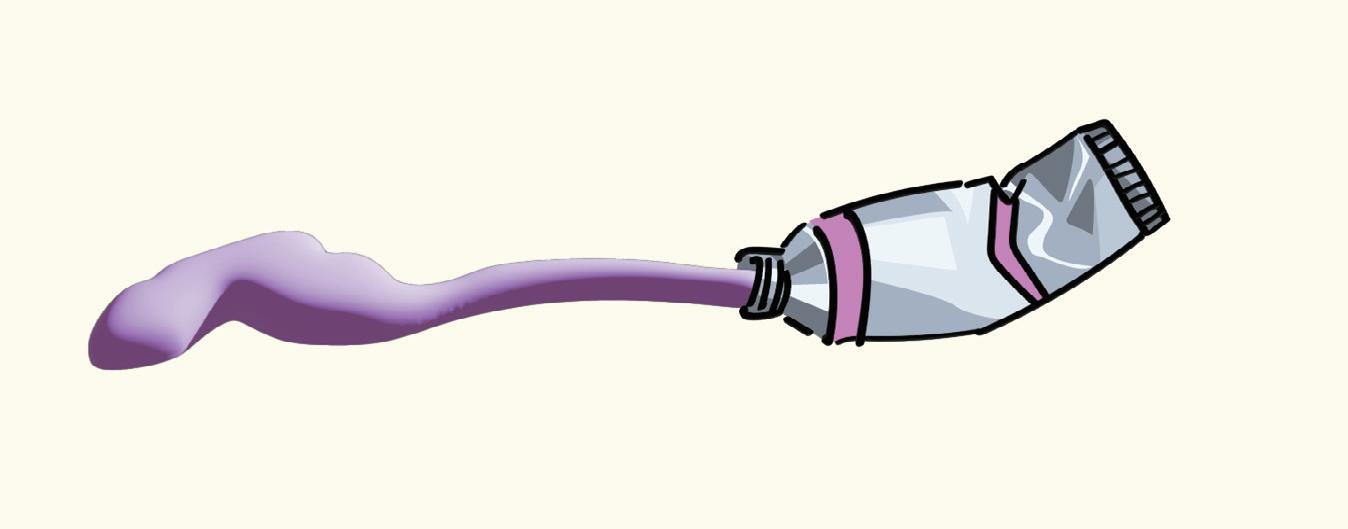





Annie Marcelino is a juinor at Mountain View high school, as well as a design student at Freestyle Academy. She hopes to further pursue graphic design in college, with a possible minor in biology. She passes her time by binging art college blogs, doodling on her calculus homework, and harrassing her cat.
When she’s not drawing, Annie is out on the field playing softball or running around downtown with her friends. She has been playing softball since she was 7, and she is excited for the upcoming summer season.

Annie has been attending Suha Suha since she was in fourth grade. Over the years she has worked on a multitude of projects, and she is currently working on building her college portfolio.


